|
I was torn between posting another, more detailed garden update, or showing you the lovely things I've found in the woods this week! But with a much-needed rain today and the coming heat wave, I'm sure things are going to happen so rapidly in the garden that I'll have to update that again in a couple of days anyway, so for now we will turn to the woods! I decided to explore a different section the other day with the intention of looking for Pink Lady's Slippers (Cypripedium acaule) and any other orchids that might be out there. The first flowers I found were these Twinflowers (Linnaea borealis). They are said to have been a favorite flower of Carl Linnaeus, after whom they were named. I don't blame him at all for being so fond of them. The flowers are tiny and I had some difficulty photographing them, but I was struck by their delicate beauty! And they are fragrant too if you get down on the ground next to them like I did! I was just beginning to think that I'd better turn back before I got lost, since I wasn't at all familiar with this part of the woods, when I emerged from a very thick and marshy area and saw this lovely hill! I felt like I could have spent all day here! It was so lovely and peaceful (except for the mosquitoes) and the heat yesterday made the shade actually feel pleasant instead of chilly! It turned out to be a Lady's Slipper lover's paradise as well! There are little groups of them scattered all over the hill. I went back out there twice yesterday and took over 100 pictures! Do you see the spider? He spread out his "arms" when I got close with the camera! There are quite a few white-flowered plants too. The flower on the right in this picture is the darkest one I found...most of them are a very pale pink. Does anybody know what this is? They look like tiny evergreen trees but seem to creep along the ground. On my way back I came upon these, which I'm thinking might be Broad-leaved Helleborines. I guess it is considered weedy and invasive, so it may not be such an exciting find after all, but still I intend to go back and watch them grow and bloom! I just love being out in the woods, always finding something new! :)
6 Comments
This past weekend was the Swedish Midsommar (Midsummer) festival, which is one of my favorite events of the year! There are lots of festivities all weekend, but especially music and dancing, and gathering flowers to decorate the Maypole! My sister and I are a part of the music group, which we call "The Swedish Meatballs". But I have also been celebrating all week long by simply enjoying both the flowers in my garden and the surrounding fields and woods. It has been very enjoyable...I've brought in armfuls of leaves and blossoms almost every day, some of which I wanted to share with you today! Lupines bloom wild here in fields and along roadsides. For some reason they are the flowers I associate most with Midsummer. Tasha Tudor claimed that Alexander Graham Bell planted all the wild lupines in New England. He was so fond of the flower, he kept an arsenal of seed in his pocket and scattered them wherever he went! I gathered some seed while on a kayak trip on the Aroostook river a few years back and introduced them to my garden. Their one fault is that they don't last long enough, but they are so lovely! Close-up of Cow Parsley which grows almost everywhere here in early summer. I know it's a weed, but I've always liked it and it does make a nice lacy filler! My sister suggested I add some forget-me-nots. They are getting to be pretty "leggy" now, so they did actually fit in with the taller flowers. Donna at Garden's Eye View had a bowl of floating pansies last week, and it was so lovely I just had to try it myself! :) I added some columbines and rose petals as well. And then I gathered a basket-full of flowers for pressing. I love tucking these into letters and between the pages of books! Someday I'm going to make myself a real flower press. But for now, one of my favorite books serves the purpose! Gathering roses...these will be dried for potpourri. I am thinking about making rose water one of these days, too! The Guelder Rose was discovered on one of my woodland rambles. I brought home a few branches to study, and was surprised at how lovely they looked in a simple jam jar! Our push mower wasn't working for awhile so the ditches got a little weedy. When I finally got to mow them, I saw these little daisies and picked them first! And just for the fun of it, here's a video from our concert Saturday night. This polka is one of my favorites to play on accordion! Maybe this is why I associate lupines so much with Midsummer! This lovely bucket of flowers was on the stage where we played, and every table was also decorated with them! I wish one and all a very happy and fruitful summer! As always, I'm looking forward to seeing the lovely vases shared today at Rambling in the Garden!
Not a day passes anymore that I don't learn something new about plants, and I don't think a whole lifetime would be long enough to learn all there is to know...even supposing I could travel the world and see them all! I was just coming out of the woods the other day when I noticed a small tree growing in the middle of a thicket of Red Osier dogwood. Even from a distance I thought the flowers looked unusual, and so, with some difficulty, I made my way up to it! This is the Guelder Rose, also known as High Bush Cranberry. But whether it is the European Vibunum opulus, or the American Viburnum opulus var. americanum, I don't know! Each flower cluster is surrounded by a ring of showier blossoms, which are sterile. Apparently, the only way to tell the difference between the European and American forms (at least before the berries ripen) is by the shape of the tiny glands where the leaf joins the stem (there are more correct botanical terms for these, but I can't remember them!). In the European form, the glands are supposed to be more flat and slightly cup shaped and the American form is more columnar. The glands on this plant are extremely tiny and I can't decide for sure, but I'm leaning towards American. Yesterday, I found another one growing in the field... The flowers look a bit different...or is it just that they aren't as mature? The inner flowers aren't open yet. And the glands on this plants are much more pronounced and obviously flat and cup shaped, so I assume that this is European. One article I read said that the two forms also hybridize, which makes it even more confusing! Either way, it is a beautiful plant and the flowers look beautiful in a vase...but I'm waiting til Monday to show you that. ;) I've also been paying more attention to the different ferns in the woods and was struck by the size of these. I believe they are Ostrich ferns, but correct me if I'm wrong! It was funny...when I was trying to identify them, I googled "giant fern", and the first thing that came up was the Mules Foot fern, which is native to Madagascar. If you haven't seen it, I would recommend looking it up...I don't think ours are so "giant" any more! Size comparison... I know this is getting long, but it's been a while since I posted a garden update, and I probably won't have another chance to do so until next week if I don't do it now! The first half of June was decidedly chilly (we had a light frost on the 15th!) but everything has been thriving. This is probably the spiciest flower garden in the world. The groundhog is still around, despite all my efforts, so I have been dusting all the vulnerable plants with cayenne pepper every few days! I love lupines! The Valerian has gotten so tall this year! The Sweet Rocket was so fragrant early this morning! Columbines... The groundhog was also raiding the vegetable garden and the only things he was leaving behind were the onions and garlic, and weeds of course! So I put up a fence to keep him out. Well, there are so many other things I could show you, but they will have to wait till next time...
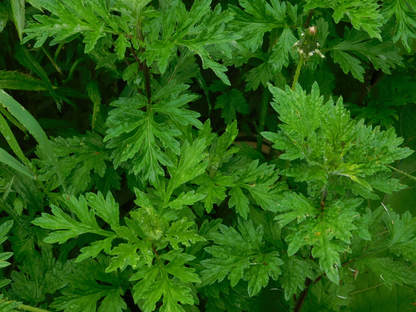 The more my interest in plants continues to grow and the more I learn, the more I realize just how much I don't know! I used to pride myself that I knew many of the wildflowers and plants in this area, but as I take a closer look I realize there are many very interesting and useful plants which I have simply ignored as "weeds"! Among these, to my surprise and slight embarrassment, is an herb I just introduced to my garden this year! I was running in our field the other day when it suddenly dawned on me that some plants growing along my trail, which I've passed countless times before without really noticing, looked a lot like Mugwort! I stopped to look closer and rub the leaves between my hands. Yes, it was the same smell I've noticed when handling the baby plants in my garden, and which Parkinson calls "a resonable good scent". On my return home I started researching and learned what probably everyone who is reading this already knows! Although Mugwort is native to much of Europe, Asia, and Alaska, it has naturalized throughout North America and is even considered by some to be an invasive weed. While I am excited to have such a ready supply, I must admit to having some doubts about its presence in my garden. It is not a very attractive plant in my opinion, which is probably why I never paid any attention to it before! Still, it is useful and has has an interesting past, which is what prompted me to grow it in the first place. 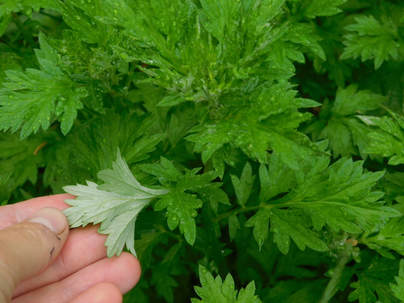 Mugwort is closely related to Wormwood but can be easily distinguished by its darker, more pointed leaves, which are whitish on the underside. This herb has many interesting and nonsensical folk names, including Old Uncle Henry, Naughty Man, Old Man, Sailor's Tobacco, and Felon Herb. It was also commonly known as St. John's plant, or Cingulum Sancti Johannis, because of the belief during the Middle Ages that John the Baptist wore a girdle of the plant in the wilderness. The name Mugwort is probably derived from its use as a flavoring for beer before the introduction of hops. But some have suggested that "mug" does not refer to a cup, but is actually derived from moughte, a moth or maggot, because it was used, along with Wormwood, to repel moths. The "wort" in the name comes from the old English wyrt, which simply means "plant". There are two possibilities for the reason for its botanical name as well. Both Gerard and Parkinson write that it was probably named for Artemesia, wife of King Mansolus of Caria, who adopted it as her emblem. The other possibility, which Parkinson also mentions, is that it was named for the Greek goddess Artemis. Personally, I would rather believe the former! There are all sorts of legends and superstitions about this plant. The following is from Gerard's Herball: "Pliny saith, that the travailer or waifaring man, that hath the herbe tied about him, feeleth no wearisomness at all, and that he who hath it about him can be hurt by no poisonsome medicines, or by any wild beast, neither yet by the sunne it selfe". (How convenient that it grows by my running trail)! Gerard goes on to say that "Many other fantasticall devises invented by Poets are to be seene in the works of auncient writers, tending to witchcraft and sorcerie, and the great dishonor of God: wherefore I do of purpose omit them as things unwoorthie of my recording or your reviewing". Parkinson related another of these superstitions in his Theatrum Botanicum. It was believed that at midnight on St. John's Eve, a "coal" could be found under the roots of Mugwort, which would protect its possessor against many diseases and misfortunes. But he laments, "Oh the weake and fraile nature of man! which I cannot but lament, that is more prone to beleeve and relye upon such impostures, than upon the ordinances of God in his creatures and trust in his providence". The legends associated with it are too numerous to relate, but I did find this Russian tale to be fascinating, if a little odd... In the district of Starodubsk, on the Feast of the Exaltation of the Cross, a young girl was gathering mushrooms in a forest when she came upon a group of serpents coiled up. She tried to back away but fell into a deep pit which was also full of serpents. At the bottom of this pit she found a luminous stone, which the serpents licked to satisfy their hunger. The girl did the same and stayed in the pit until spring, when the serpents linked themselves together to form a ladder for her to escape. As a parting gift, the queen of the serpents gave her the ability to understand the language of plants and their medicinal qualities, but warned her that if she ever mentioned the name of the herb called Tchornobil (mugwort), the gift would be taken away. The girl became famous for her knowledge of plants, and was careful not to speak the name of the forbidden herb. But one day, a man suddenly asked her, "What is the plant which grows in the fields by the side of the little footpaths?". Caught by surprise, she replied that it was called Tchornobil, and immediately the knowledge of plants left her. 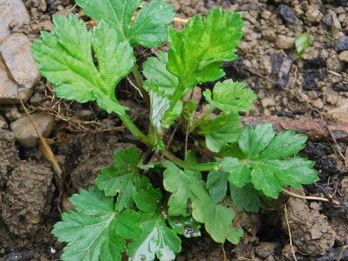 Mugwort is still used medicinally for a wide variety of complaints including stomach pain, poor appetite, nervousness, insomnia, colds, asthma, menstrual cramps, and to expel worms! According to a Scottish legend, a mermaid from the Firth of Clyde saw the funeral procession for a girl who had died of consumption and exclaimed, "If they wad drink Nettle in March, And eat Muggins [Mugwort] in May, Sae mony braw maidens Wad not go to clay." An interesting "side-effect" of this herb, and one of the main reasons I wanted to try it, is that it has been known to cause vivid, almost technicolor dreams! Mugwort is also said to be good for sheep, and Mrs. Grieve says that it "may, perhaps, be the Artemesia of Pontos, which was celebrated among the ancients for fattening these animals". It is supposed to be good for poultry as well. Quite a history for an invasive weed! Maybe it will not be out of place in my garden after all? What do you think? I have a lot of fun playing around with photography and flowers are my favorite subjects (of course!). So I thought I'd share a few close-ups taken over the last few days. Enjoy! :)
My garden right now is stuck somewhere between spring and summer, so there aren't too many pick-able flowers around. I'd love to bring in a big vase of lilacs, but the rest of my family is allergic and they would have to be banished to some out-of-the-way corner where their fragrance wouldn't be overpowering. So, although I'd love to fill every room with them, I decided they could be better appreciated outdoors! This is the first time I've grown pansies from seed and I am delighting in all the cheerful faces that welcome me to the garden every day! There is so much more variety in these compared to what I've seen from plants bought at a garden center. Thanks to Cathy at Rambling in the Garden for hosting IAVOM! I am really looking forward to seeing what others have picked to share this week. I apologize for not commenting on any of the posts last week. It was a really busy week, and now my dog Nellie has 7 sweet, adorable puppies so I'm even busier, but I will do my best to keep up! :)
Since my first Spring walk in the woods, I have gone exploring at least once a week, and sometimes every day! I am developing quite an interest in the woodland plants I'm finding and having such fun photographing and learning about them! So here are some of my favorites. :) But before we enter the woods, I had to show you the amazing growth of this Japanese Knotweed! I'd say it beats even my Castor Bean plants for rapid growth! It is very invasive and almost impossible to get rid of, but I rather like the look of it and admire its hardiness. I've seen smaller patches of it elsewhere and it only grows to about 5 feet, but here it reaches over 10 feet high! This picture was taken about May 30th. And this was taken May 16th! There are so many ferns in the woods that I don't pay much attention to them. However, I loved this picture in the dappled sunlight! This is probably the most numerous flower in our woods...the Canadian Bunchberry or Bunchberry Dogwood (Cornus canadensis). Immature flowers are green, but then turn white. I can't figure out what this plant is. The stems are quite prickly and remind me of raspberry bushes, but the flowers are quite interesting! This one has slightly different leaves, but the same flowers. Blue-bead Lily or Clinton's Lily (Clintonia borealis). (Named after former NY governor, DeWitt Clinton (1769-1828). Hunters in North Quebec used to rub the roots on their traps to attract bears. I wonder if it really works? And speaking of bears...our neighbors took this picture recently. They estimate him to be 300-350 pounds. Another neighbor has his paw prints on the side of her house (he was looking for the bird feeder)! Our dumpster was raided one night, but he doesn't usually come around because of the dogs. I was thrilled to find a few small patches of Yellow Lady's Slipper (Cypripedium parviflorum). I read from a few different sources that they are actually somewhat uncommon in Maine, and that the pink Lady's Slippers are seen more often. Only one is fully open yet... This little one is aptly named Starflower (Trientalis borealis)! And many thanks to Eliza Waters for helping me identify this lovely flower (Maianthemum canadense)! It actually goes by several names including False or Canadian Lily-of-the-valley, Canada Mayflower, Canadian May-lily and Two-leaved Solomonseal. It is sweetly fragrant, too!
This is a humble little arrangement which I put together in a big hurry, but these flowers are some of my favorites and so dear to my heart. A friend very kindly gave me some lily-of-the-valley last week and a few stems got broken in the transplanting process, so I had an excuse to use them in this vase where I can enjoy their heavenly fragrance close-up! All of these flowers seem to be favorite subjects for poems, so I included a little verse for each that I often remember when I think of them. :) "White bud! thou ’rt emblem of a lovelier thing, "...whose rosy spurred cups look like a double shield ." "It is the more beautiful for being small and unpretending; even flowers must be modest." "I send thee pansies while the year is young, I am looking forward to seeing what other gardeners are picking in their gardens this week! You can see them too at Rambling in the Garden. Have a great week!
|
AuthorI am a passionate gardener and seed-saver, who also enjoys playing the violin and accordion, running, spending time with my 4 golden retrievers, keeping chickens, photography, and reading. Archives
March 2019
|
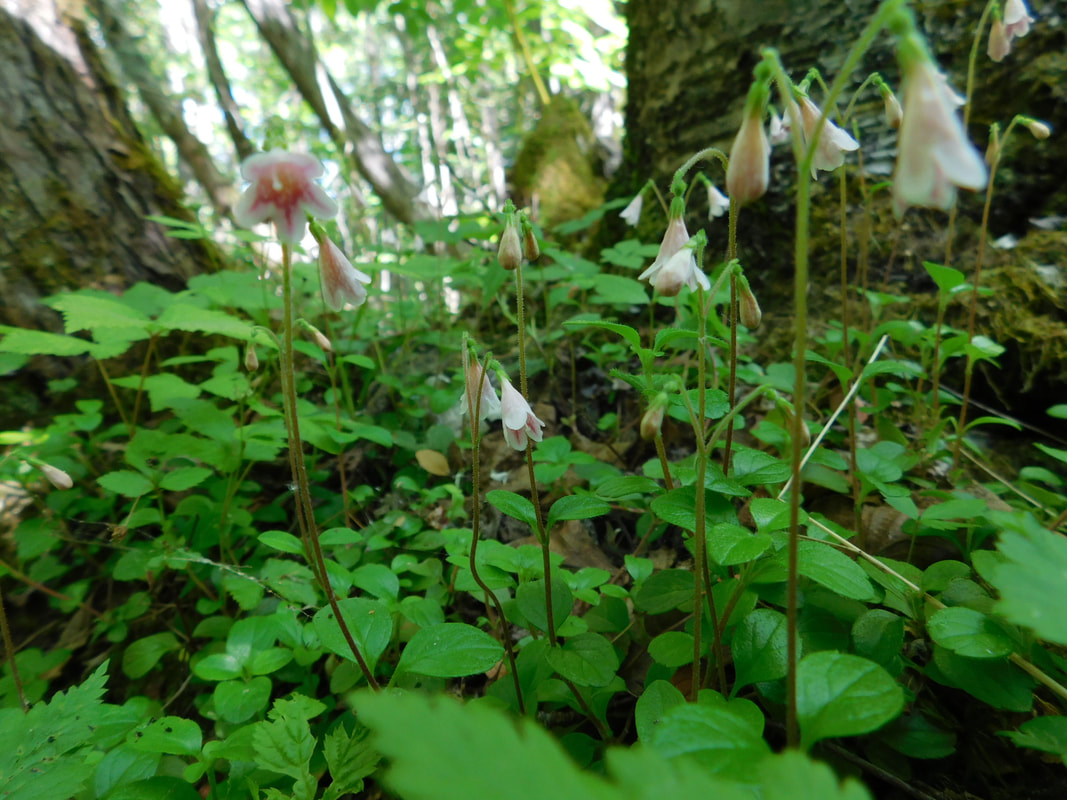
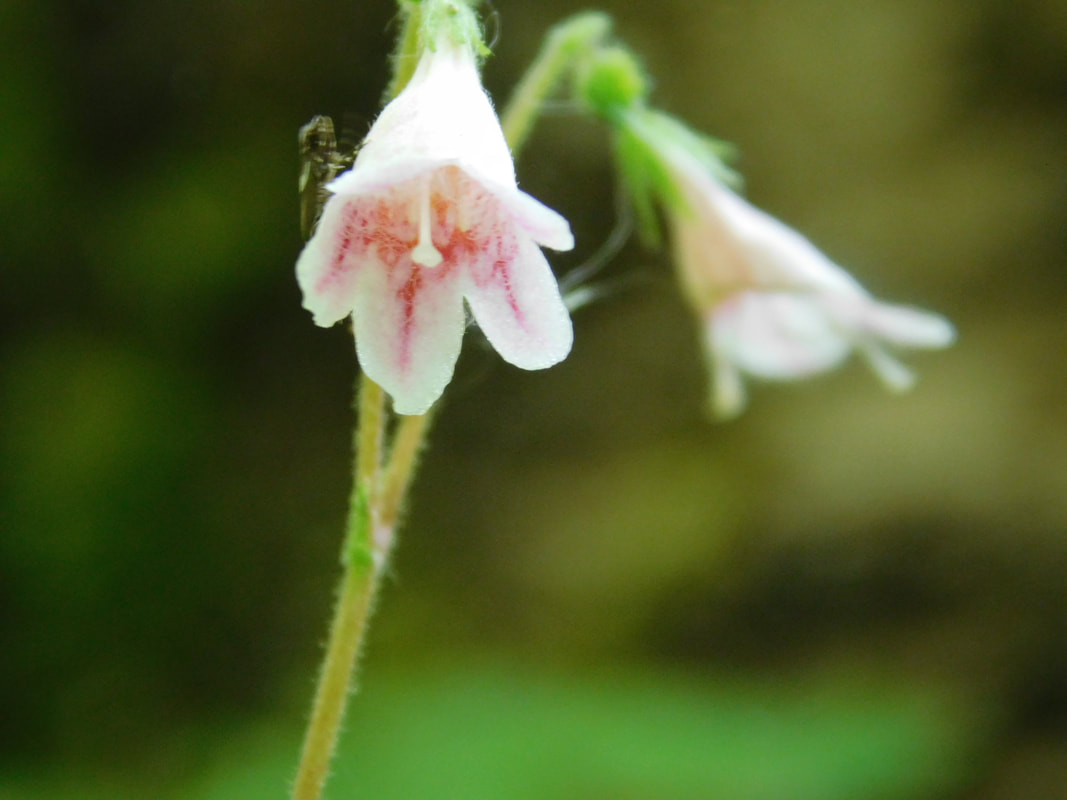
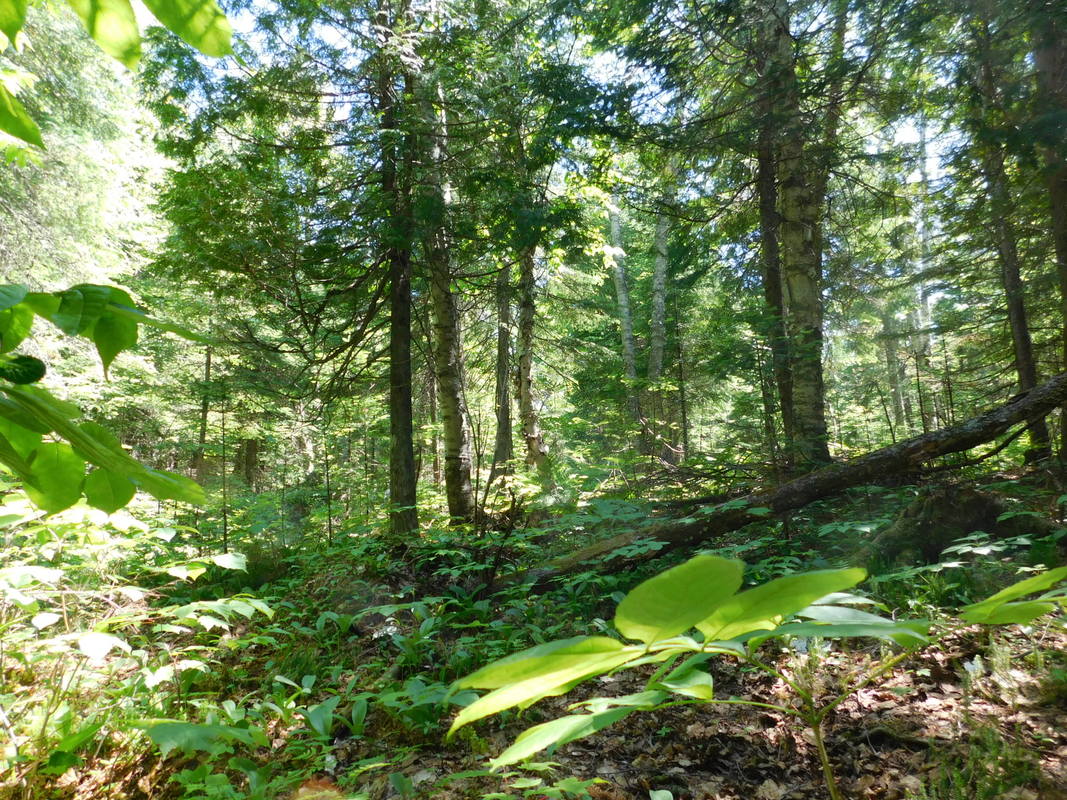
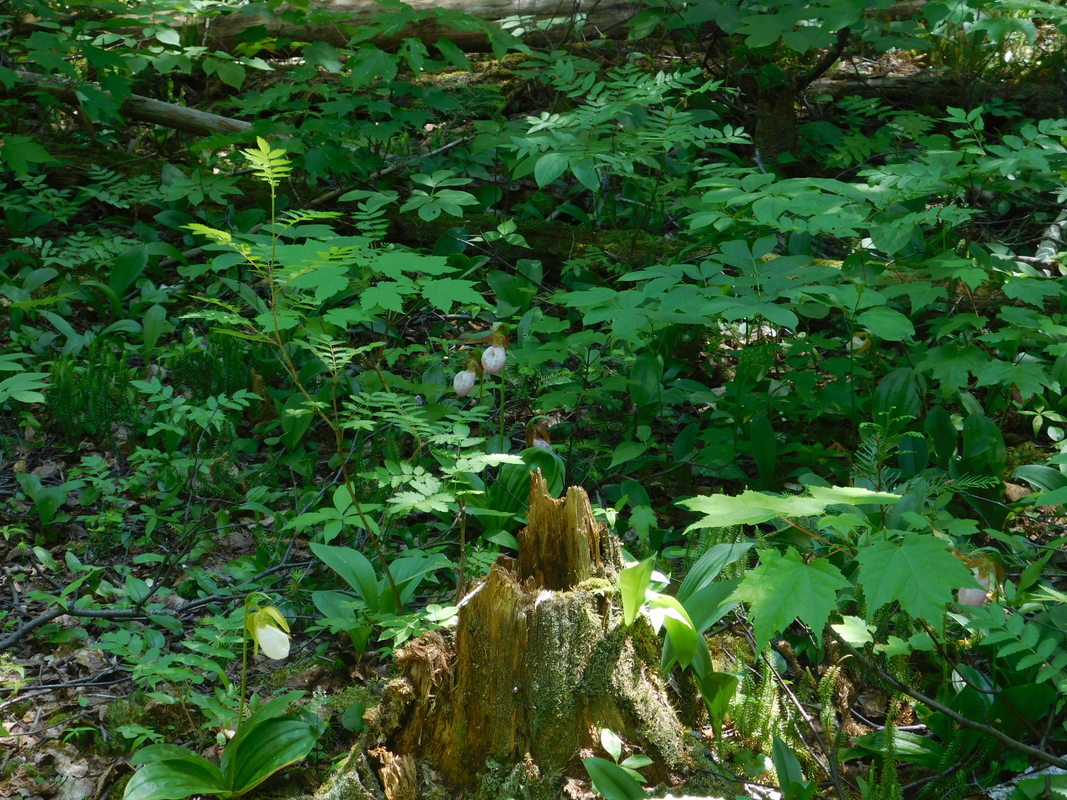
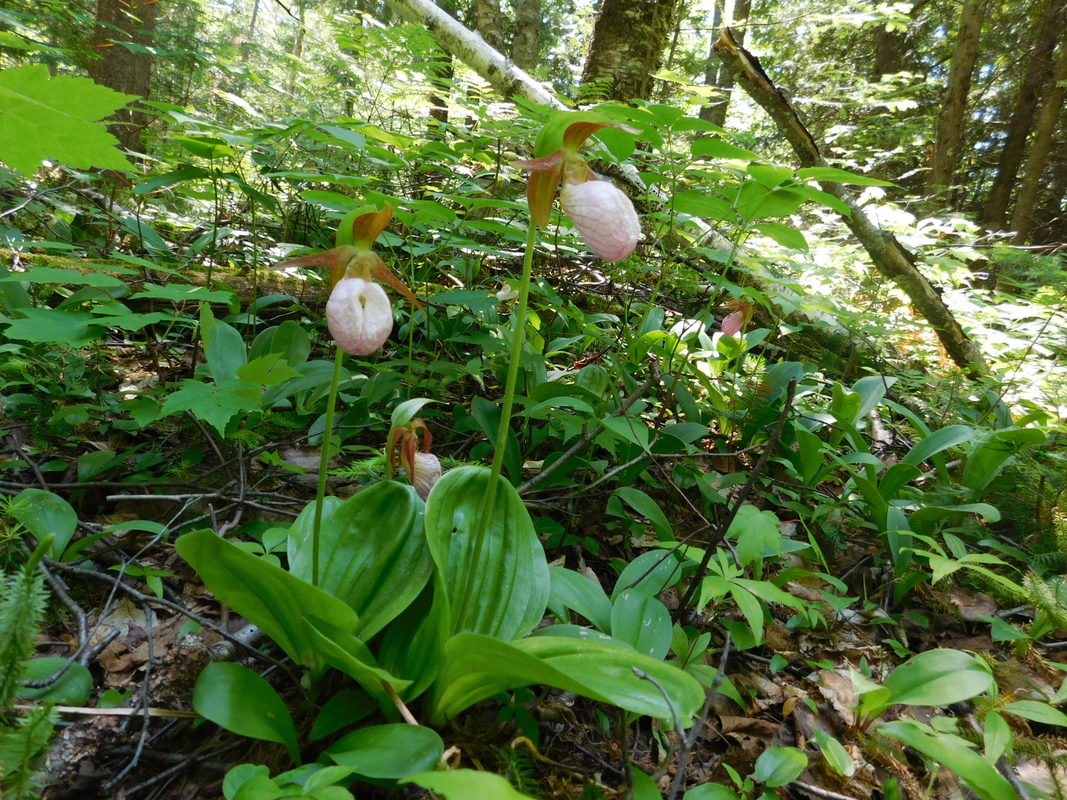
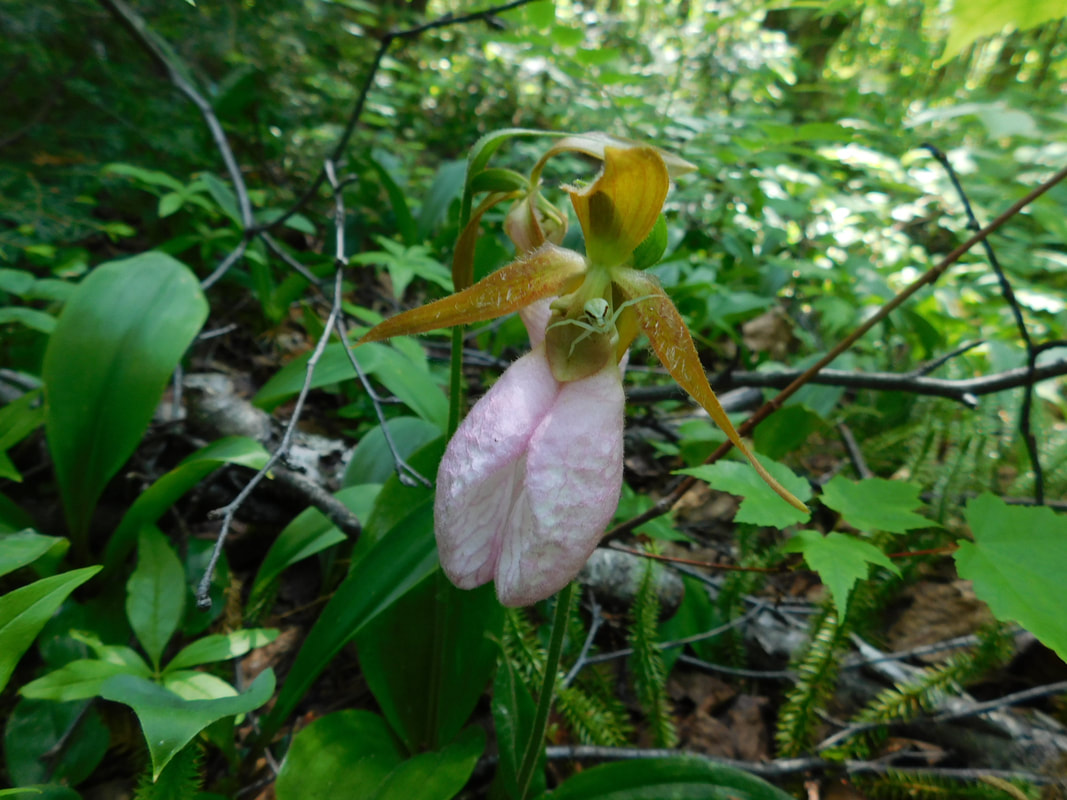
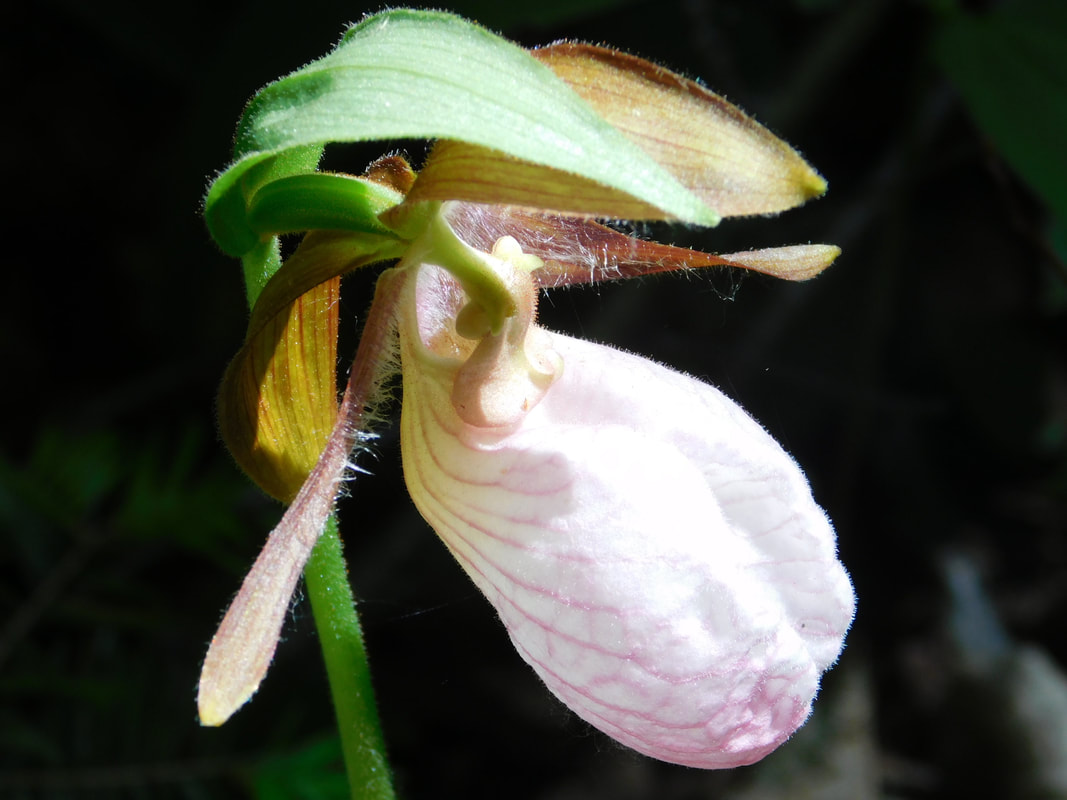
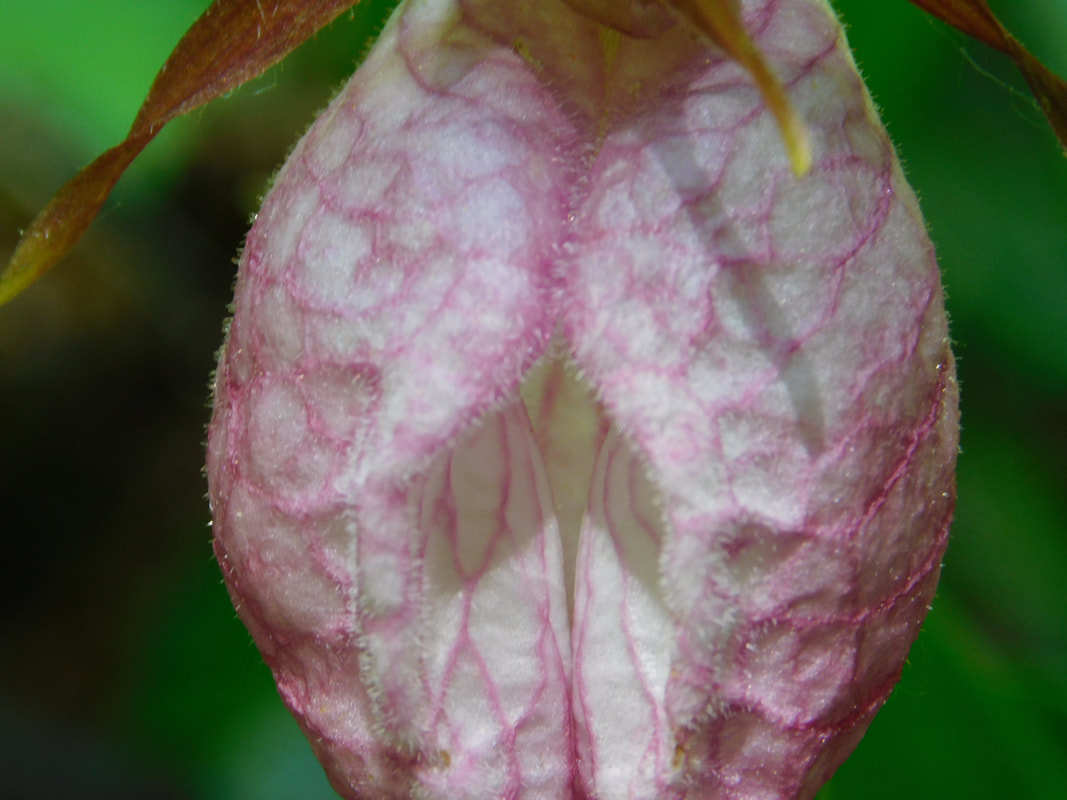
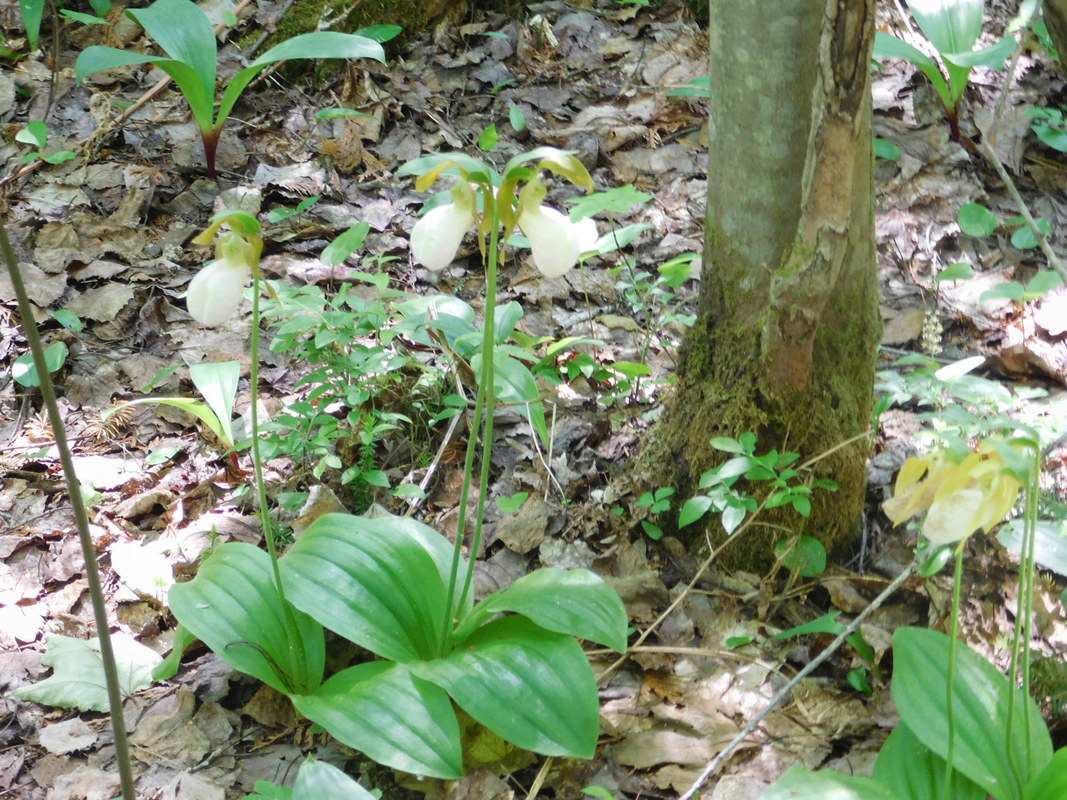
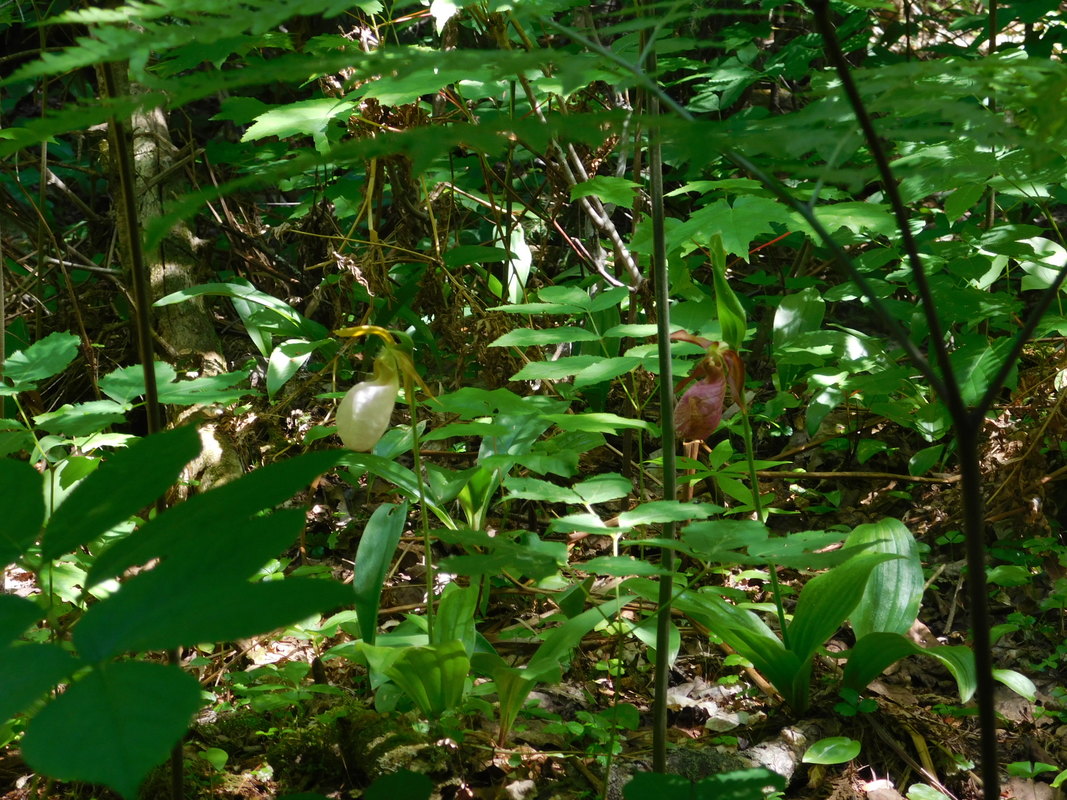
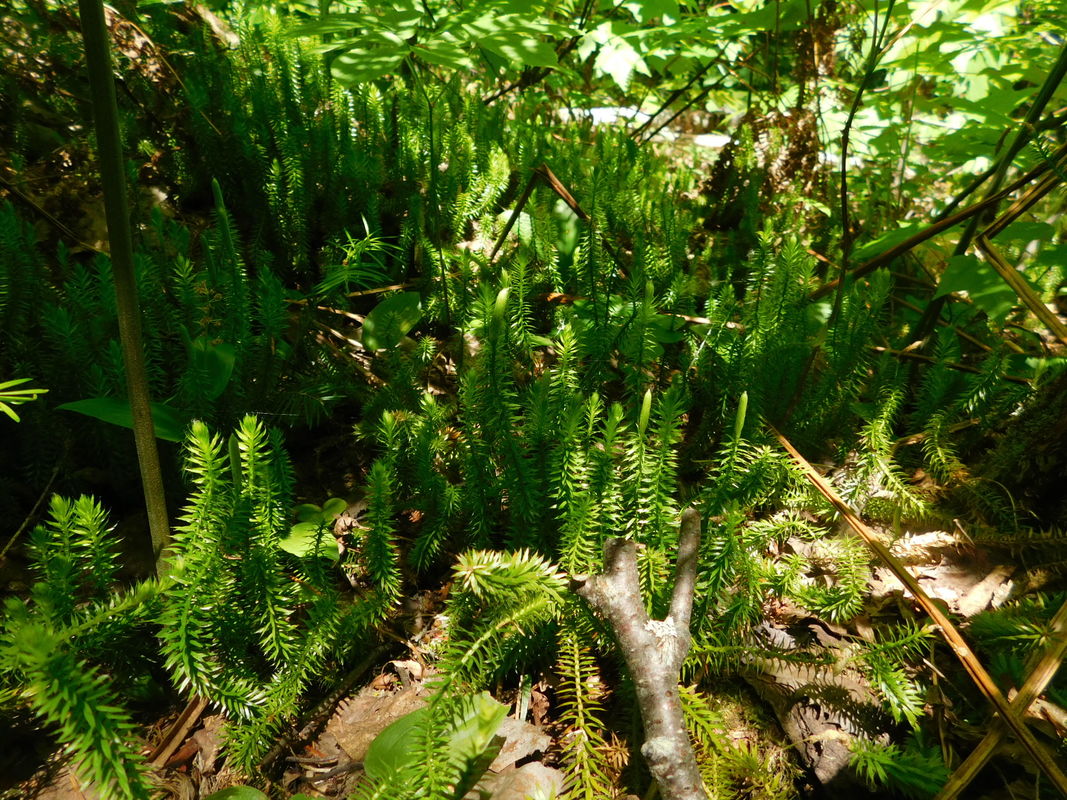
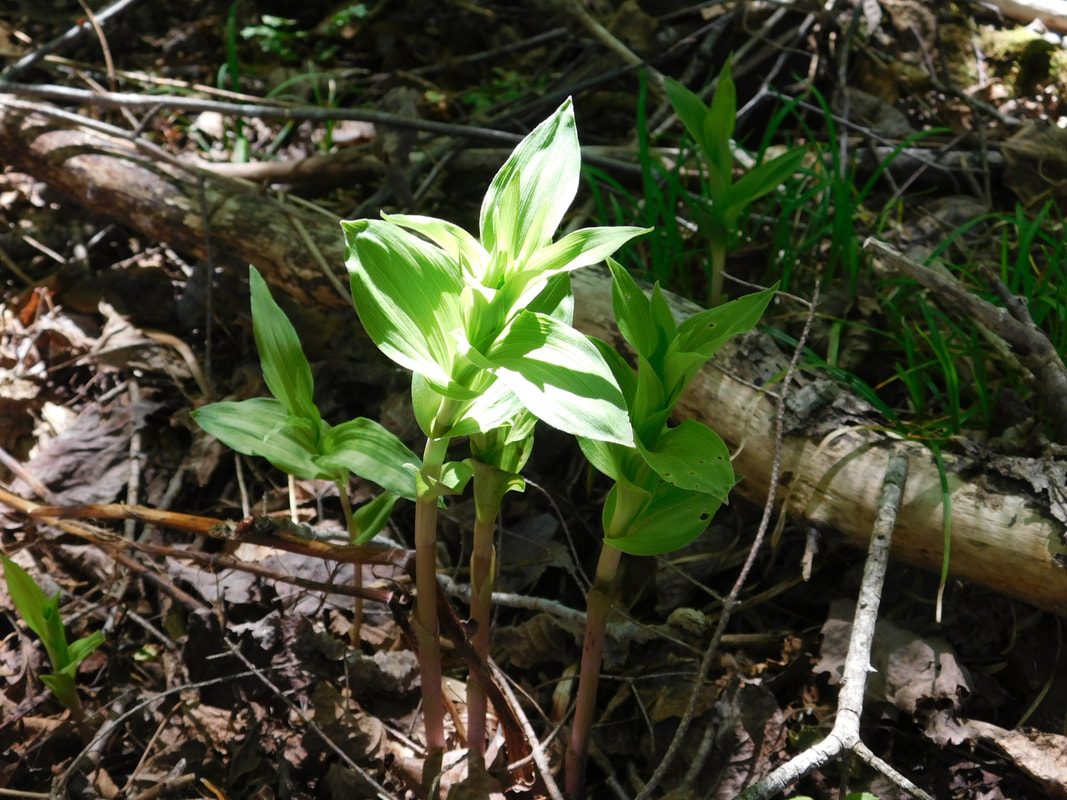
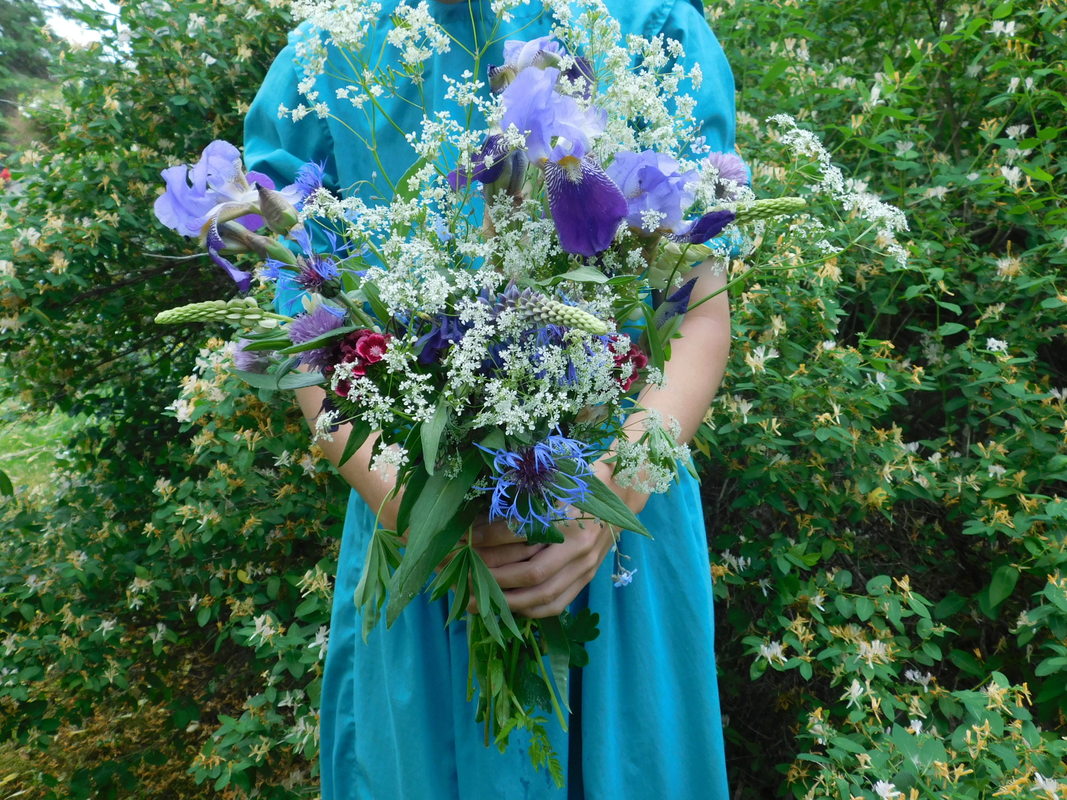
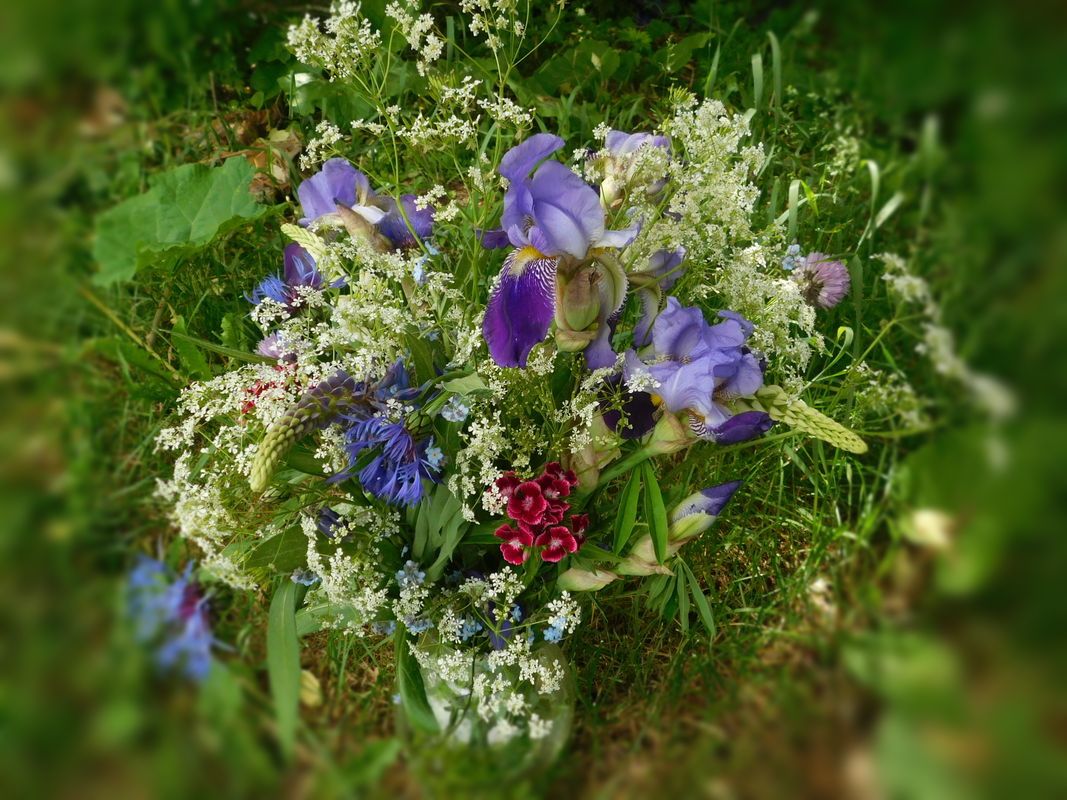
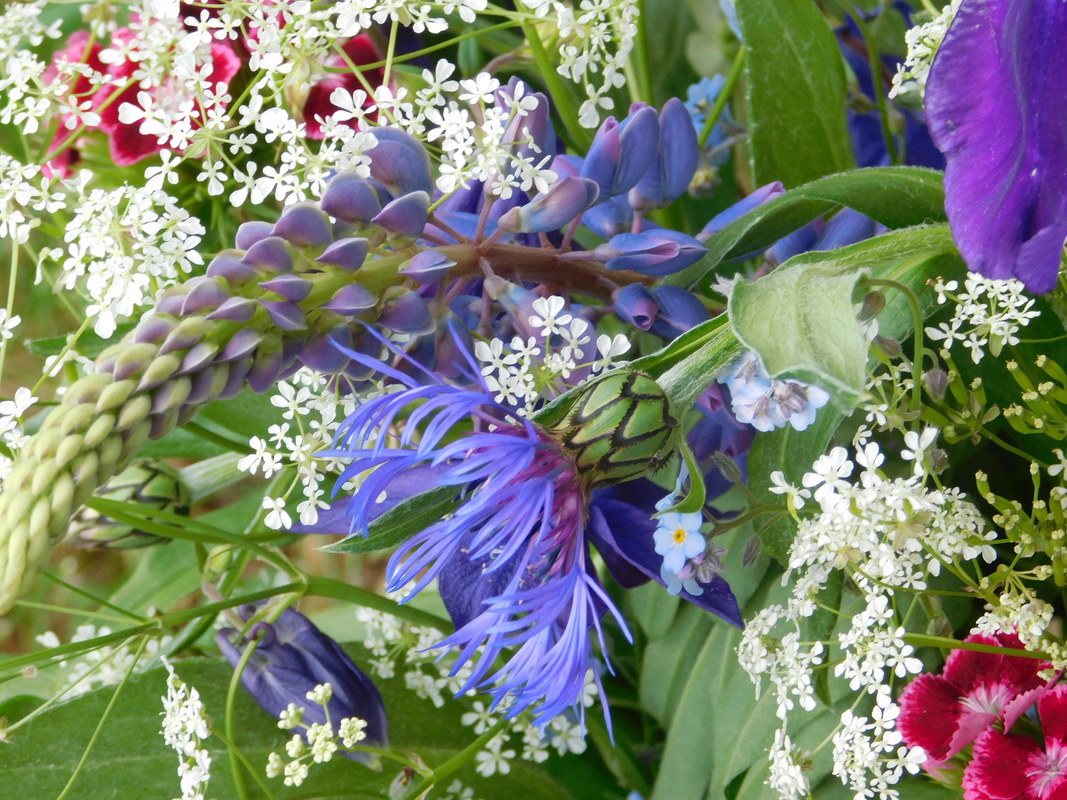
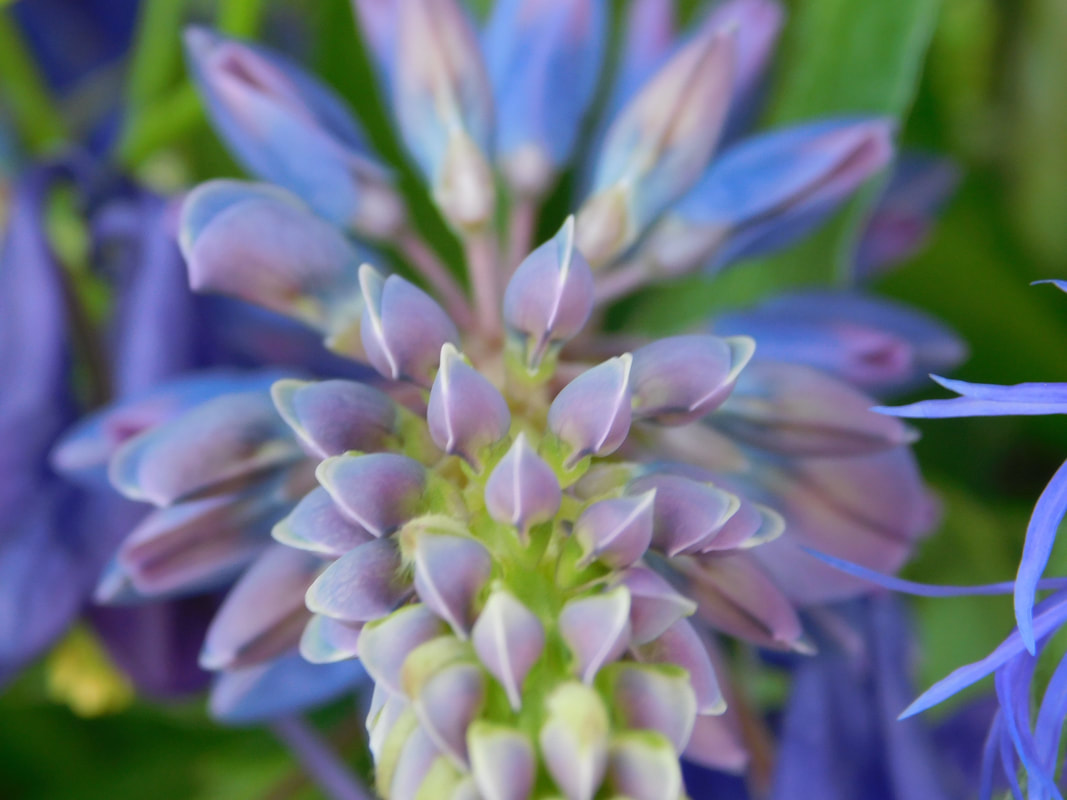
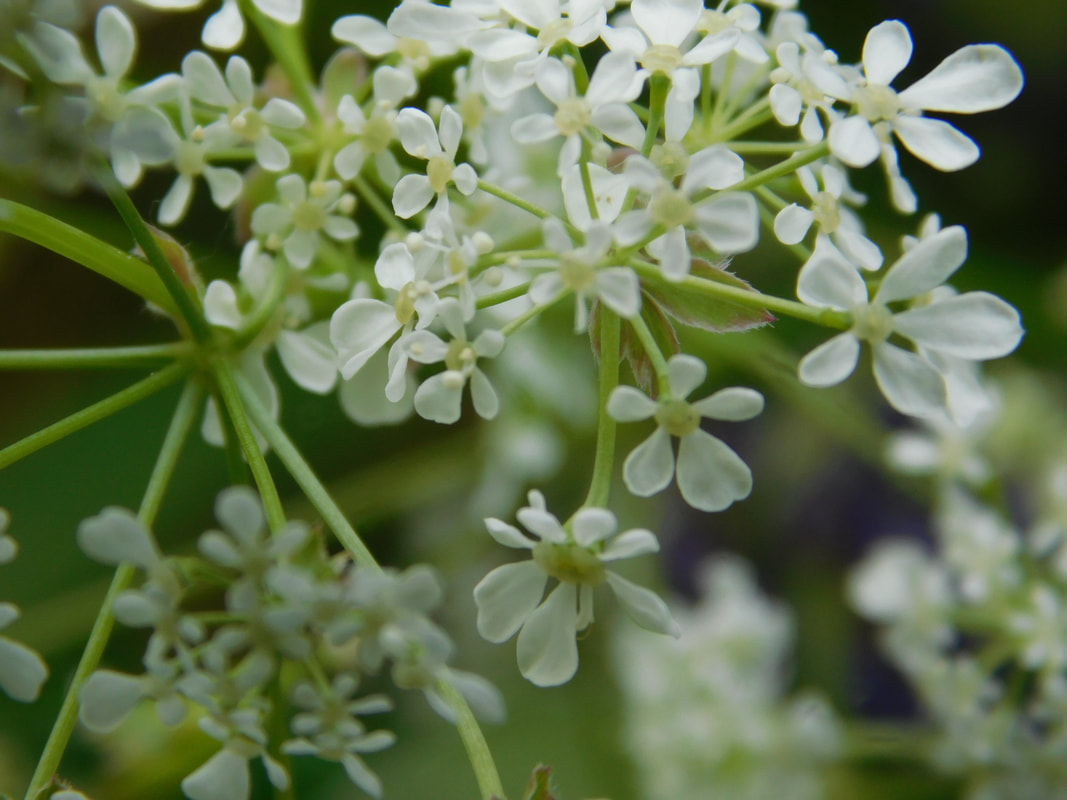
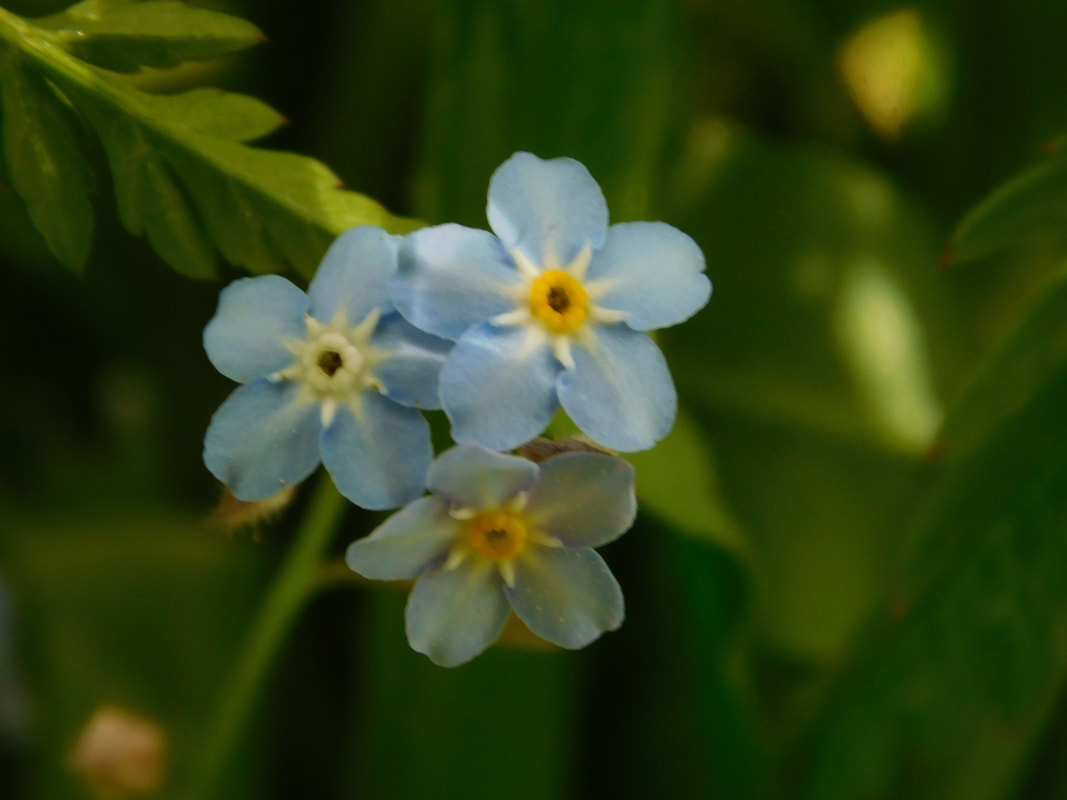

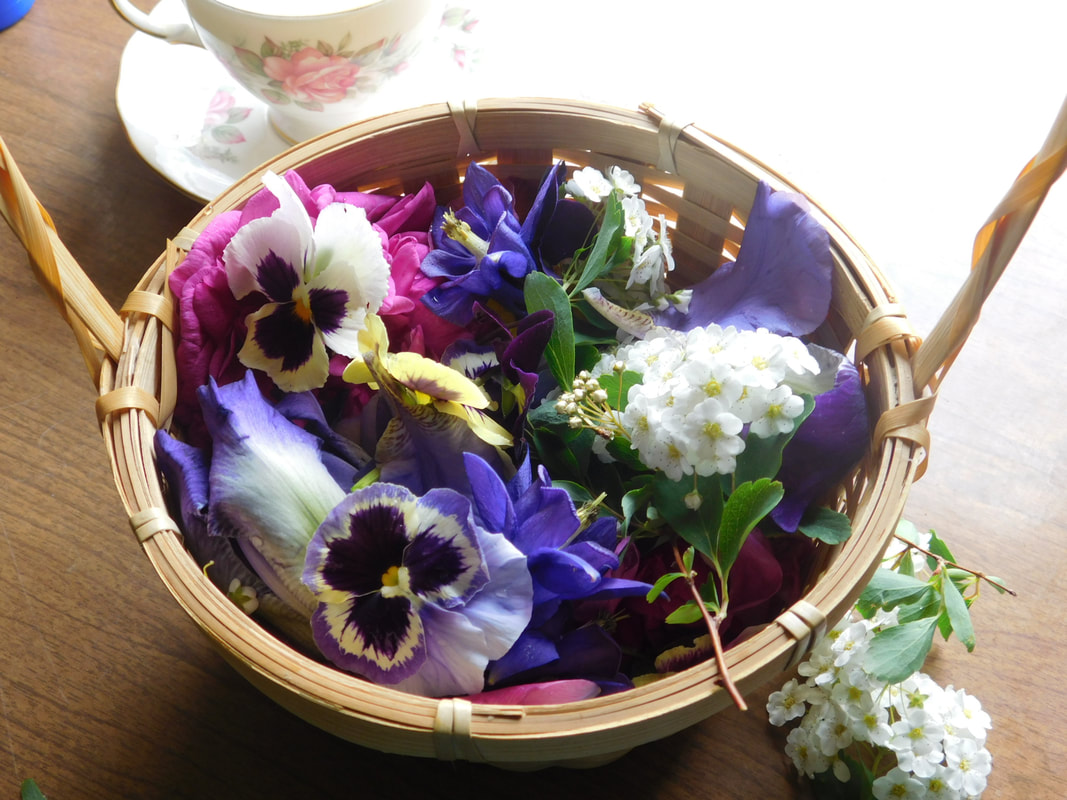
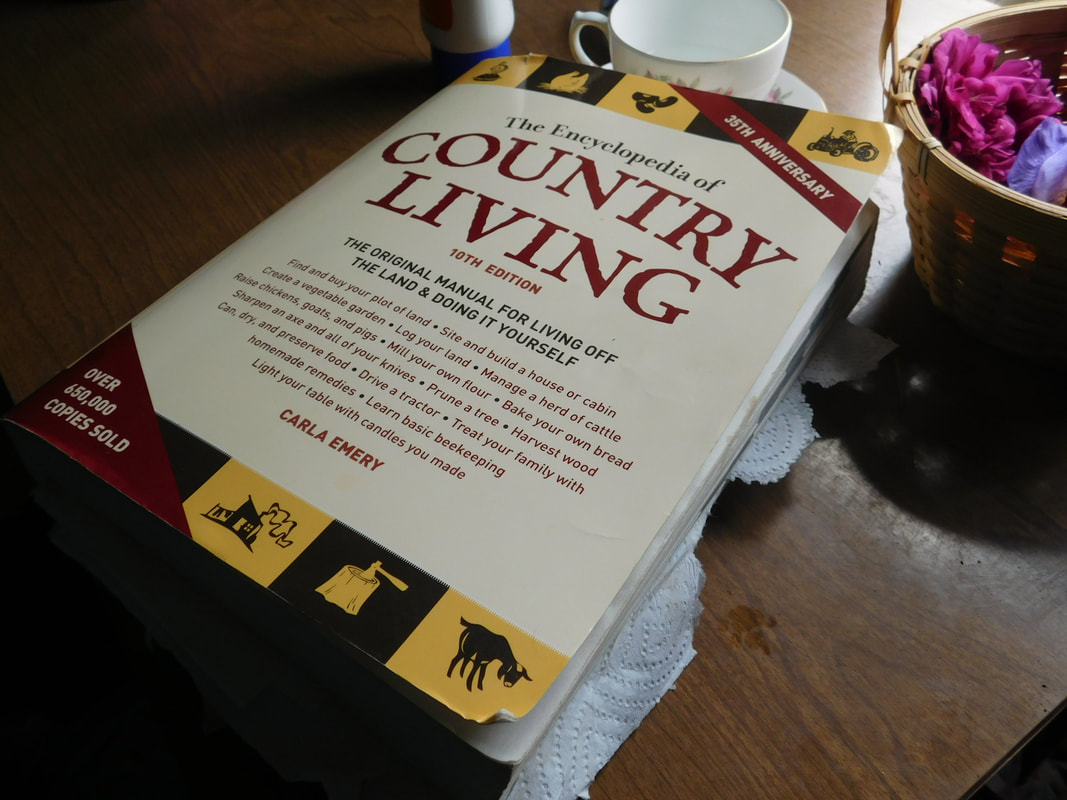
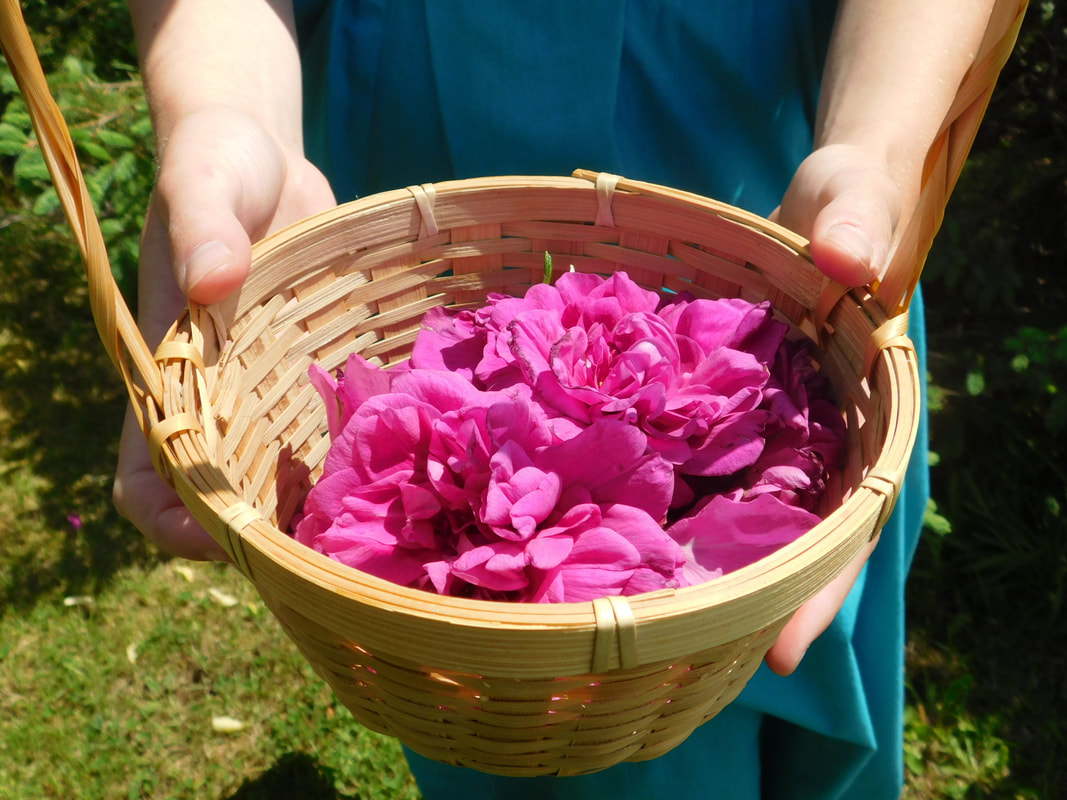
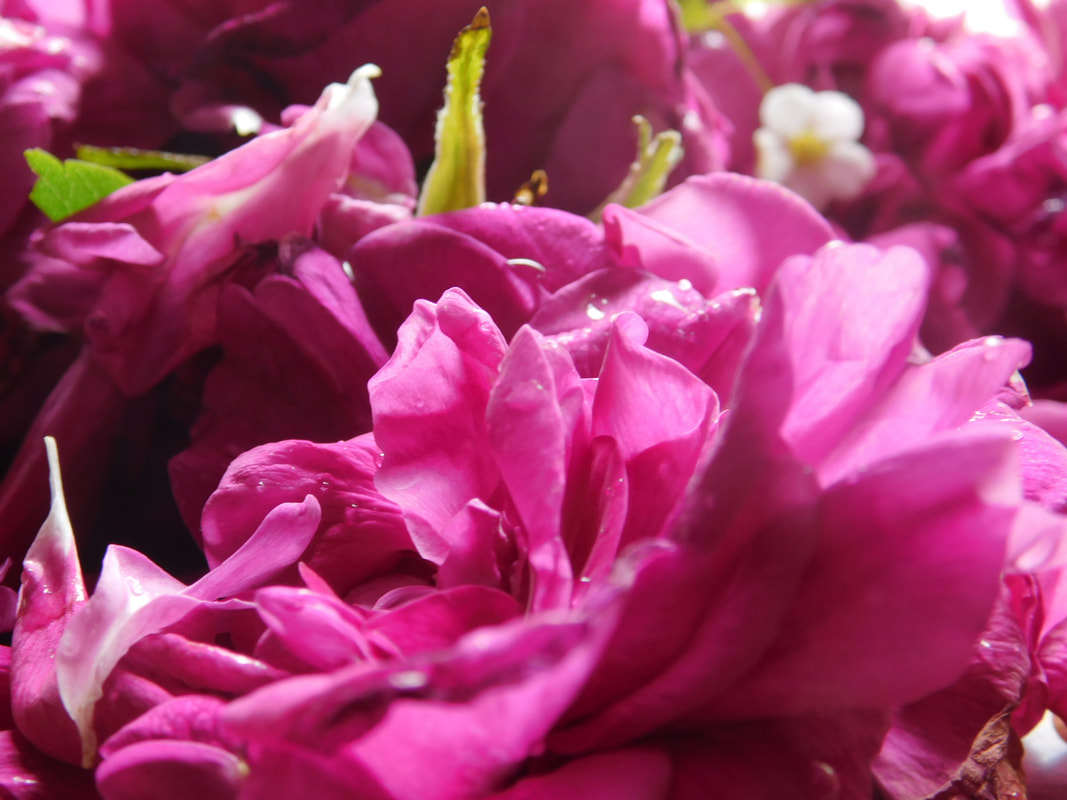
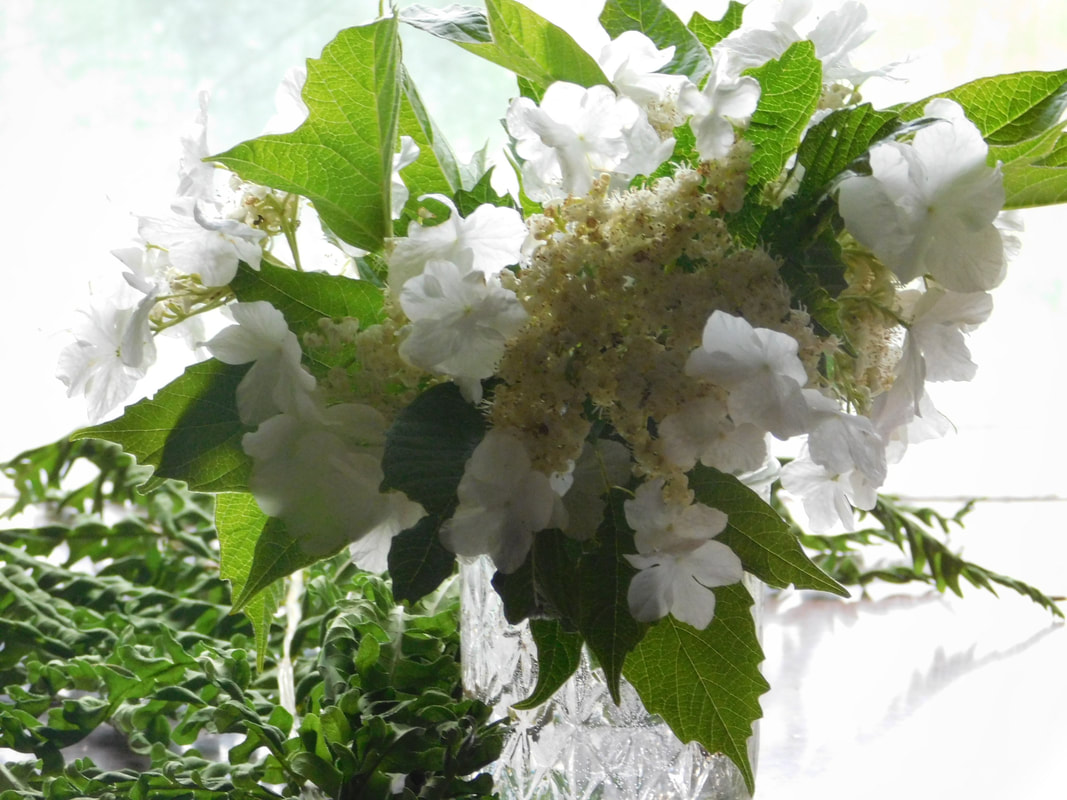
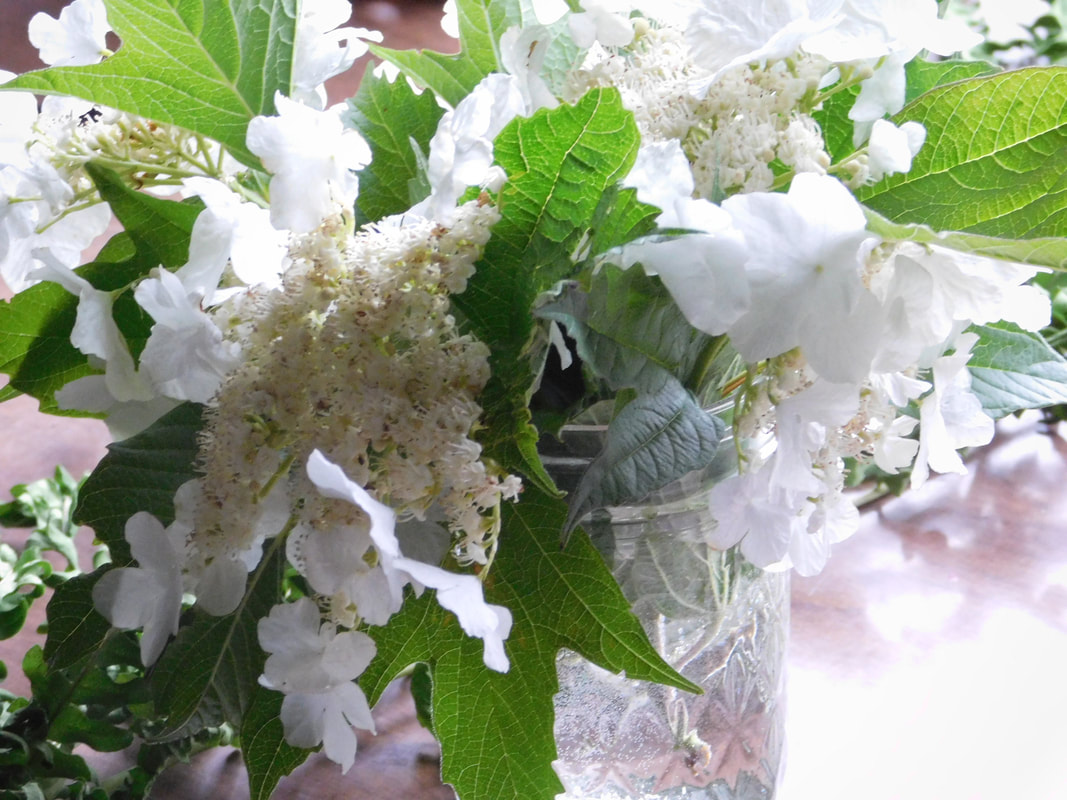
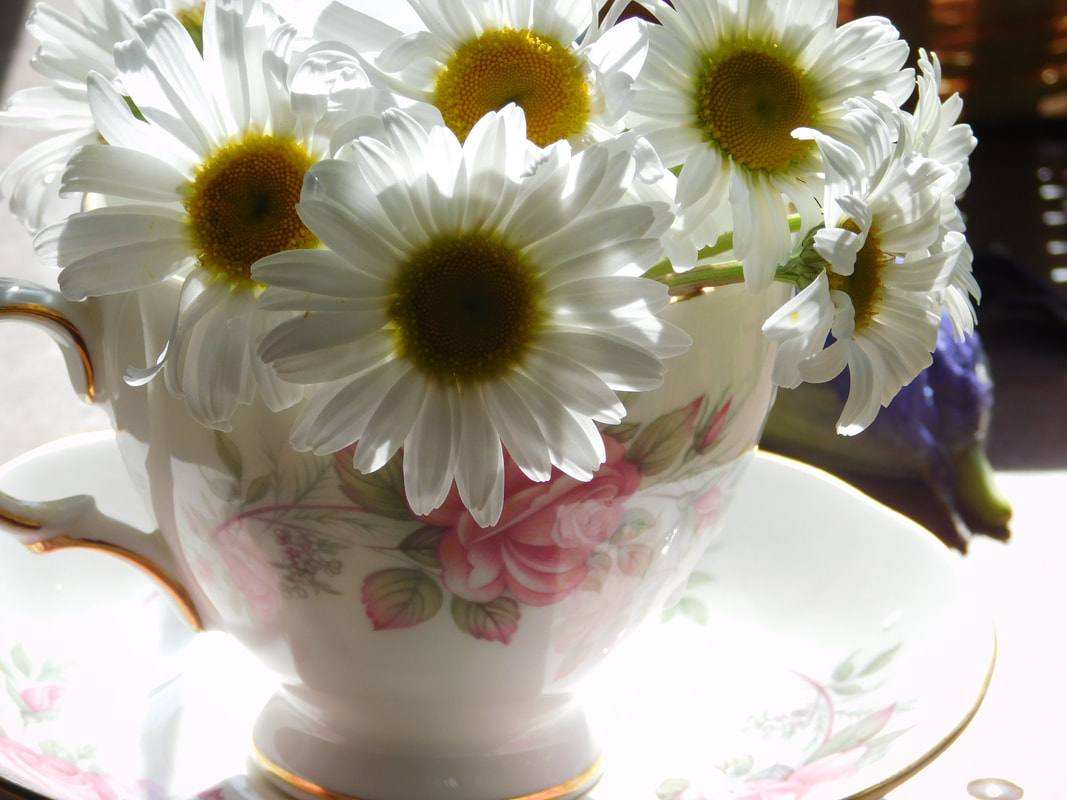
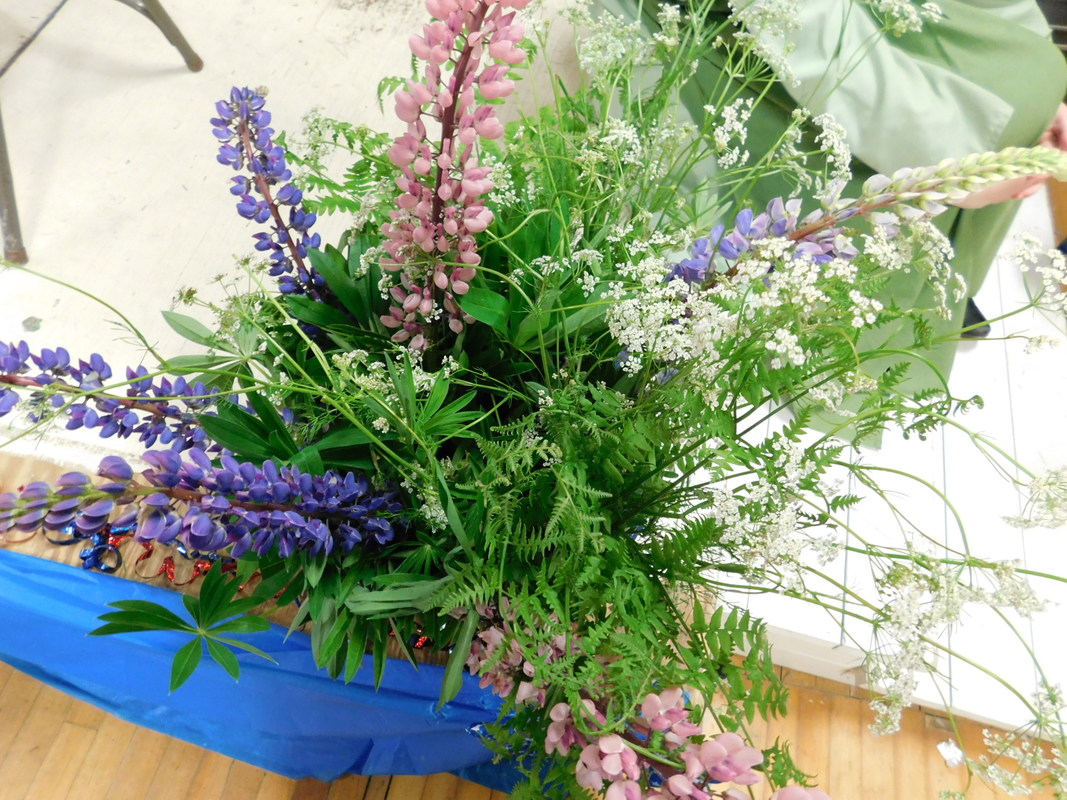
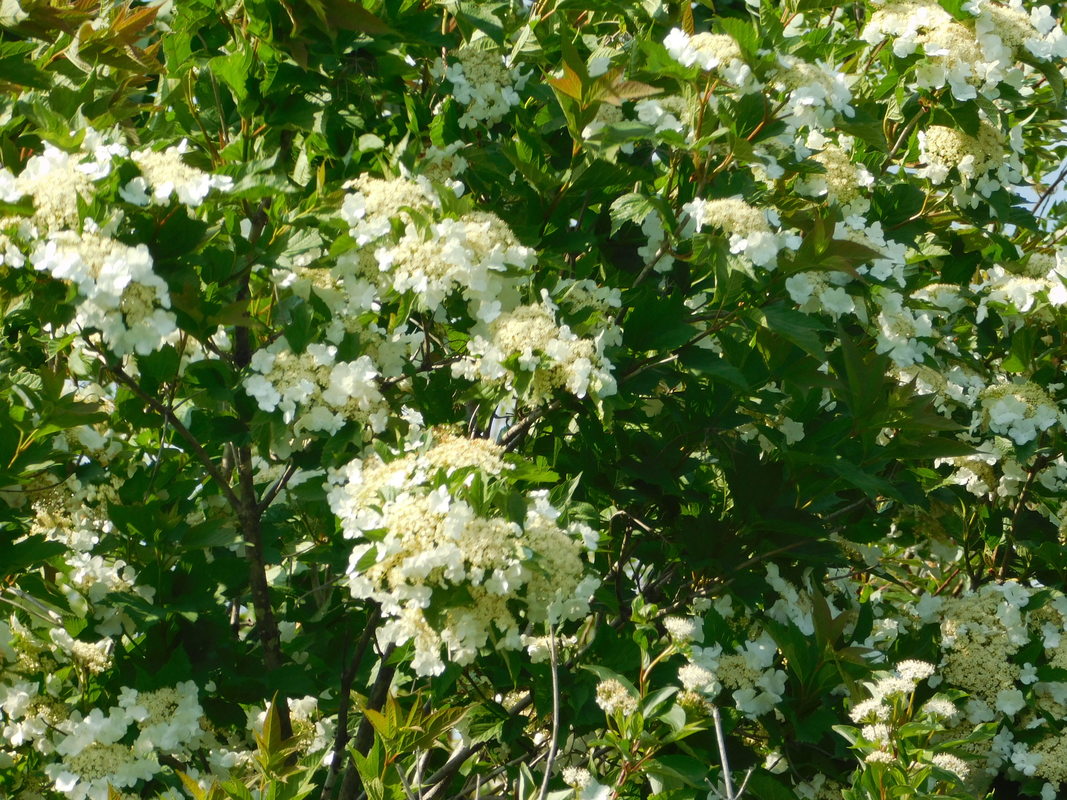
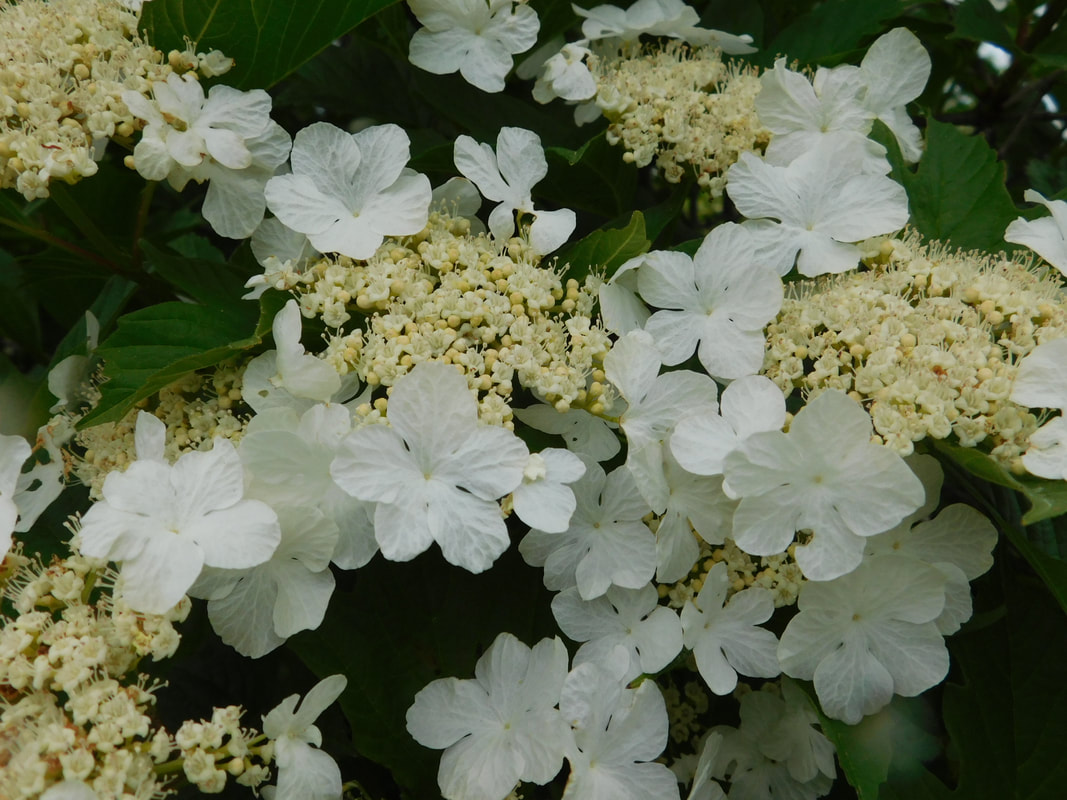
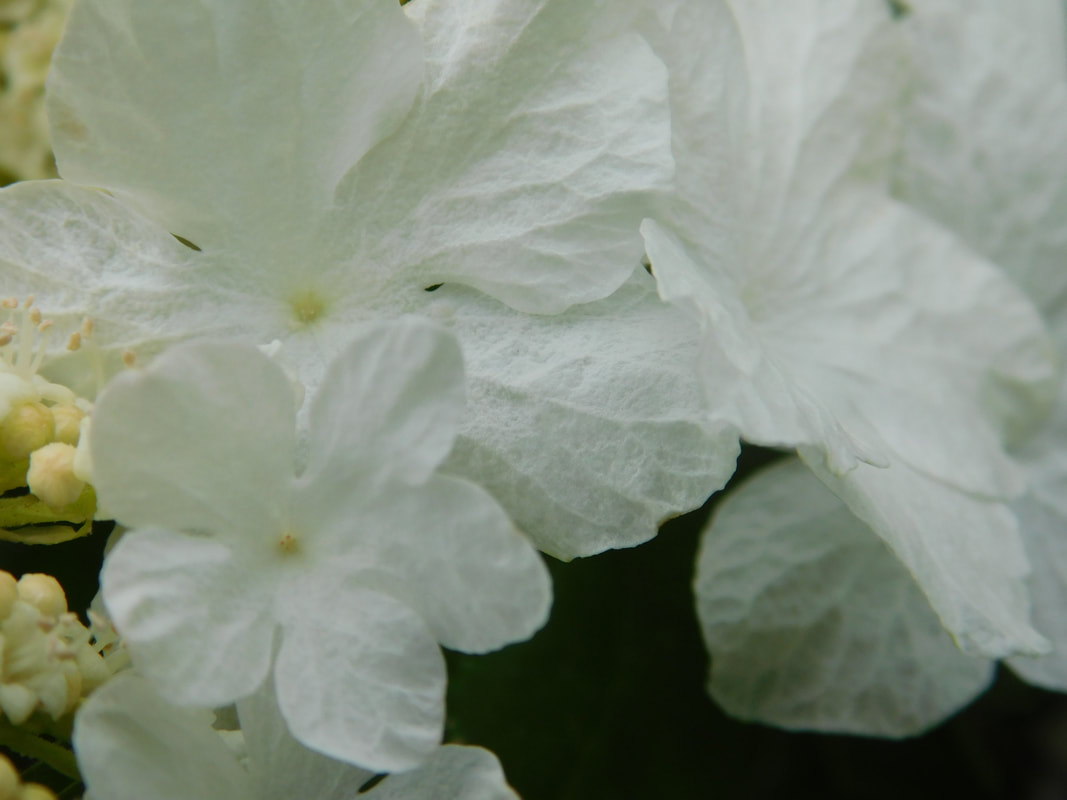
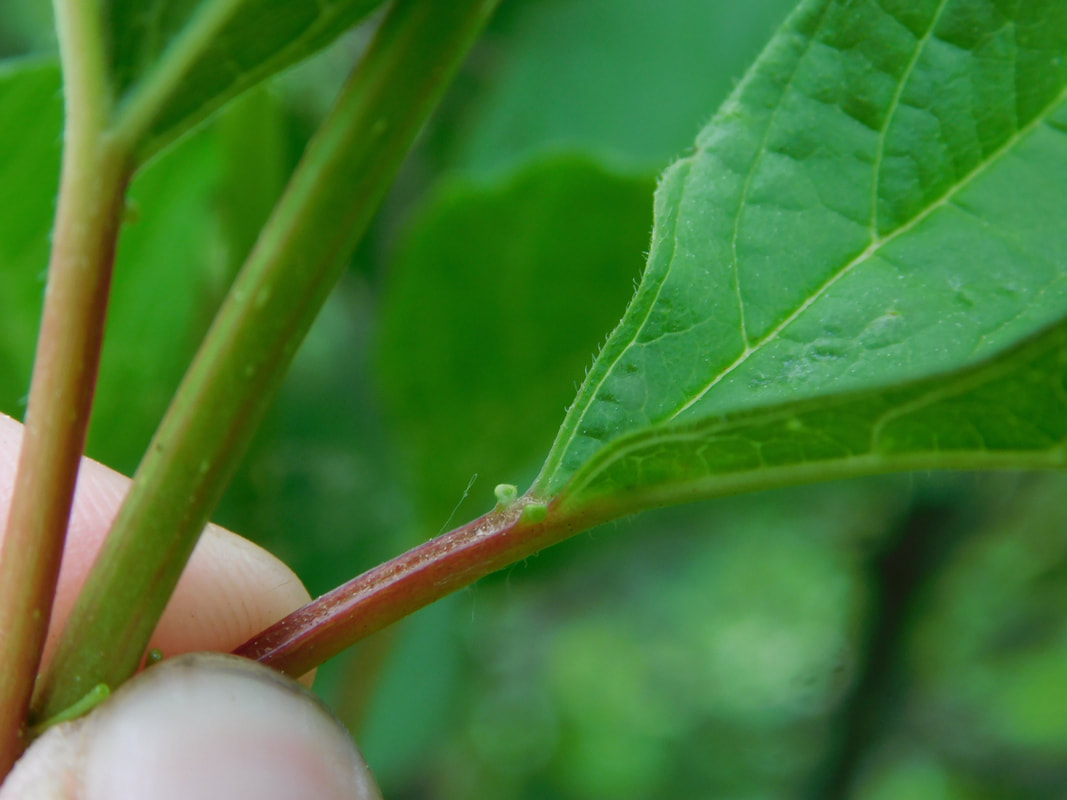
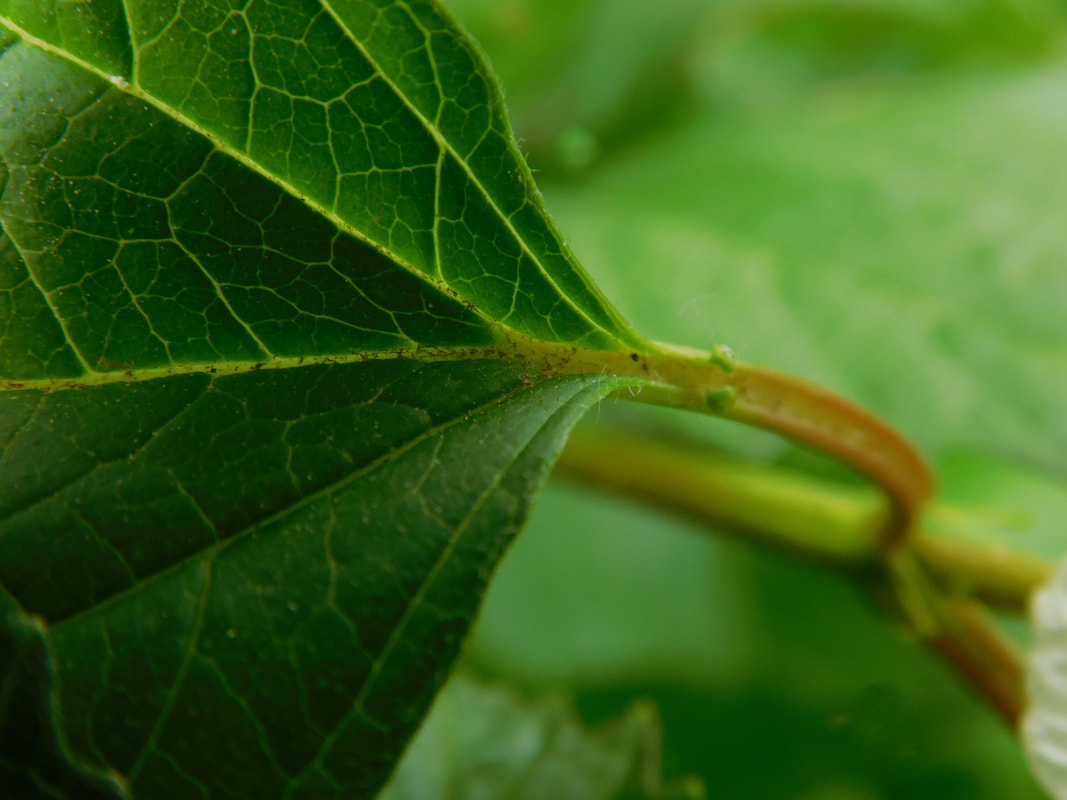
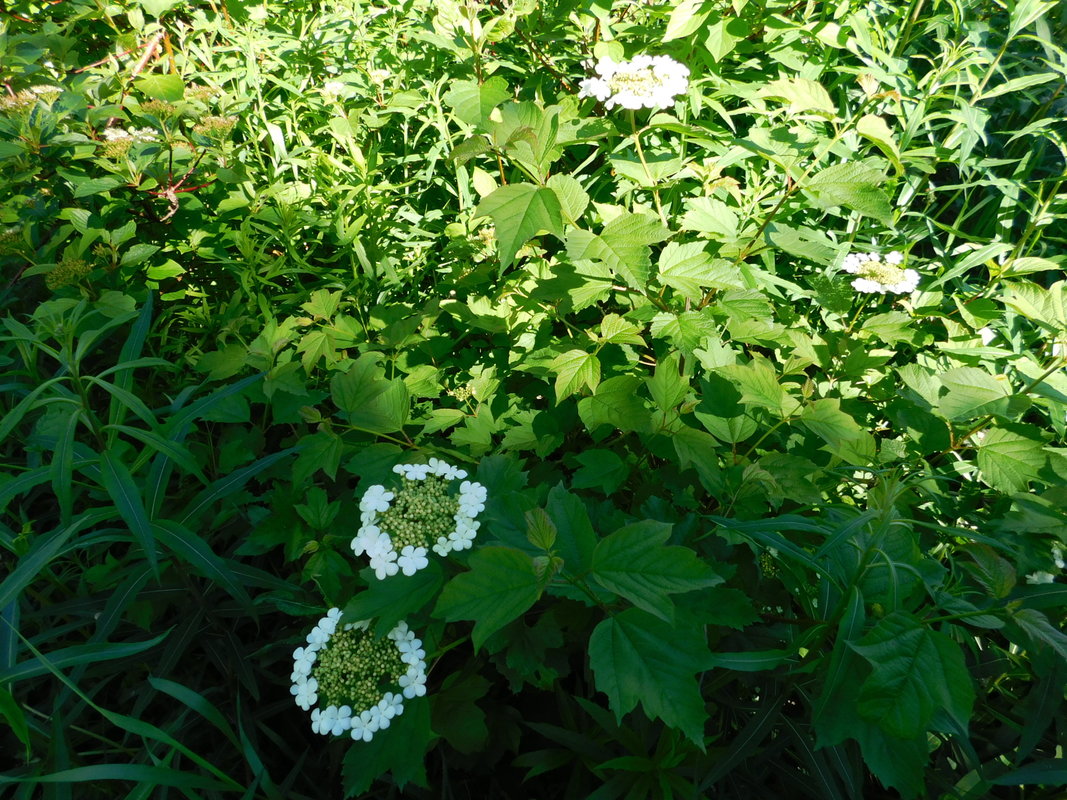

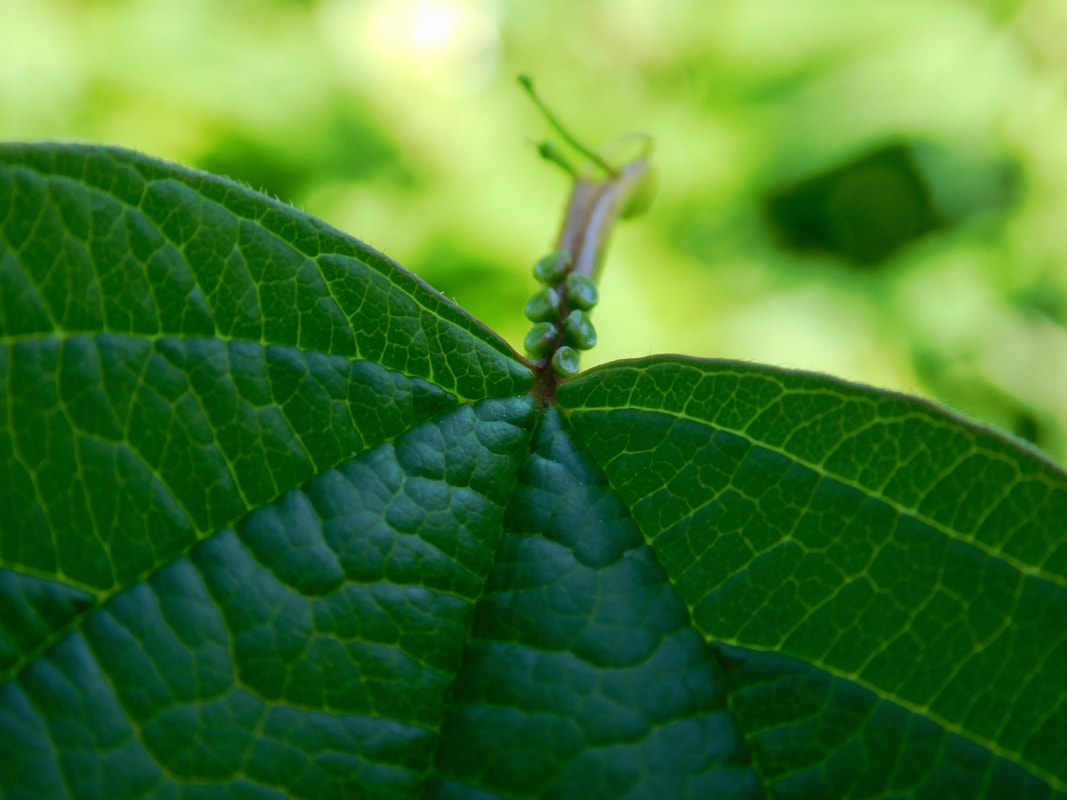
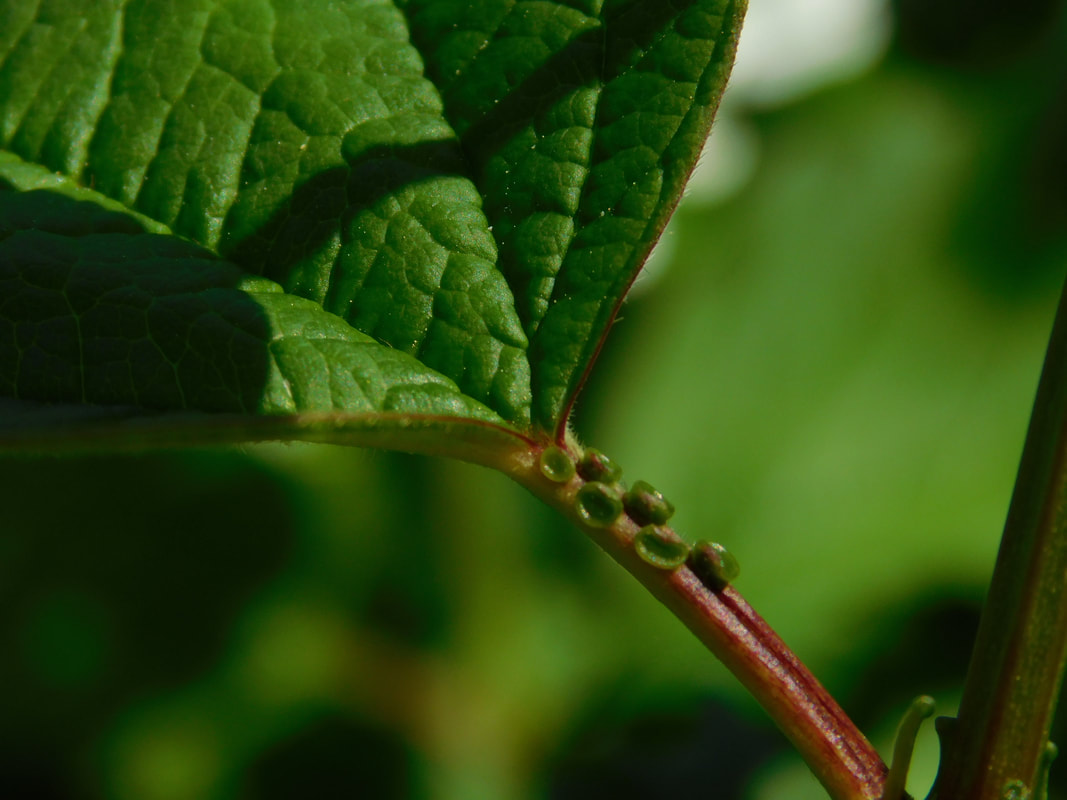
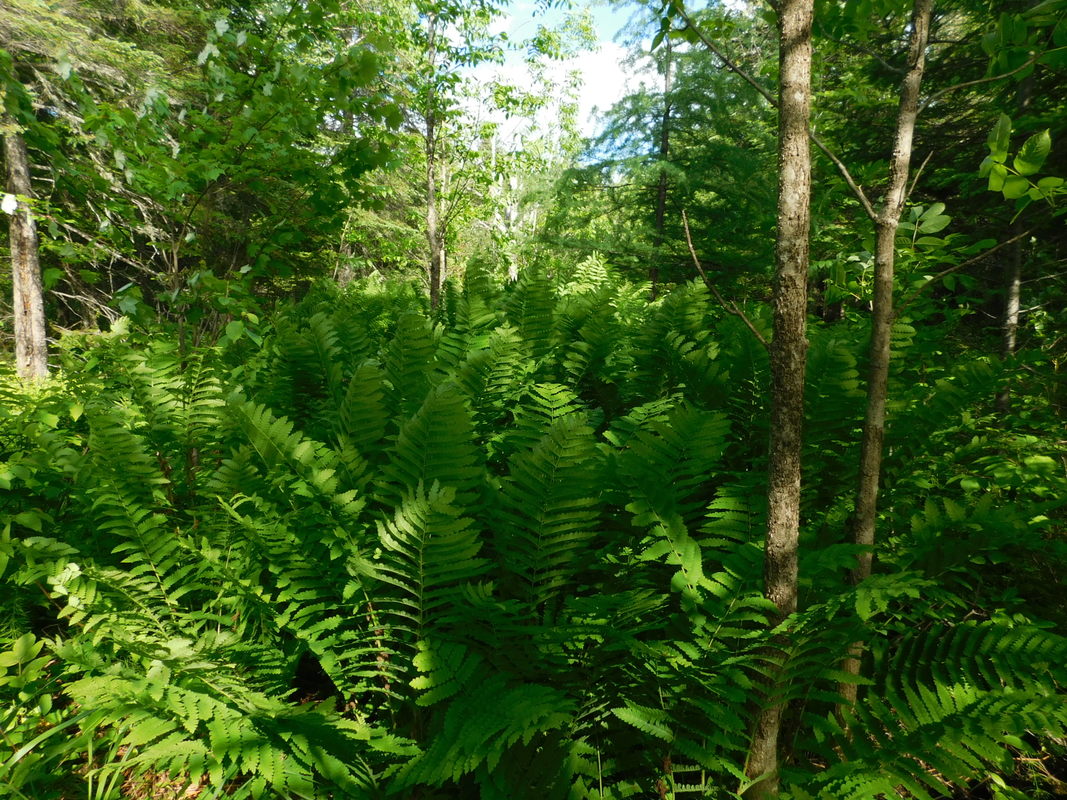
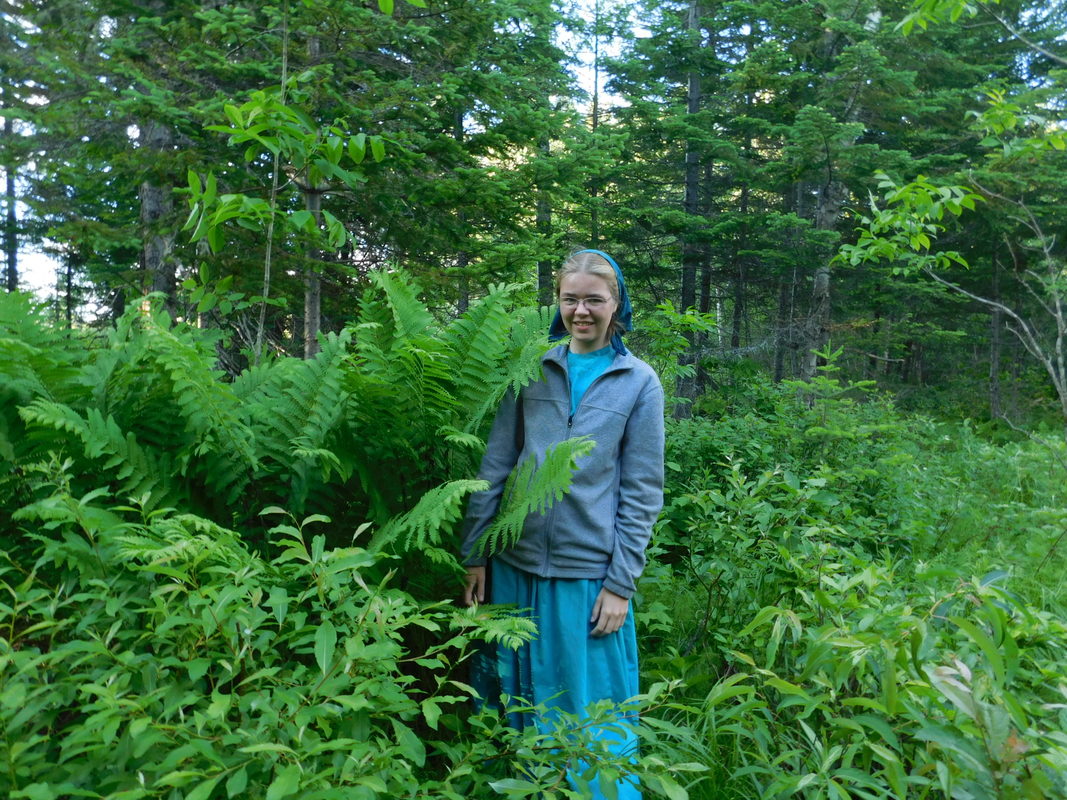
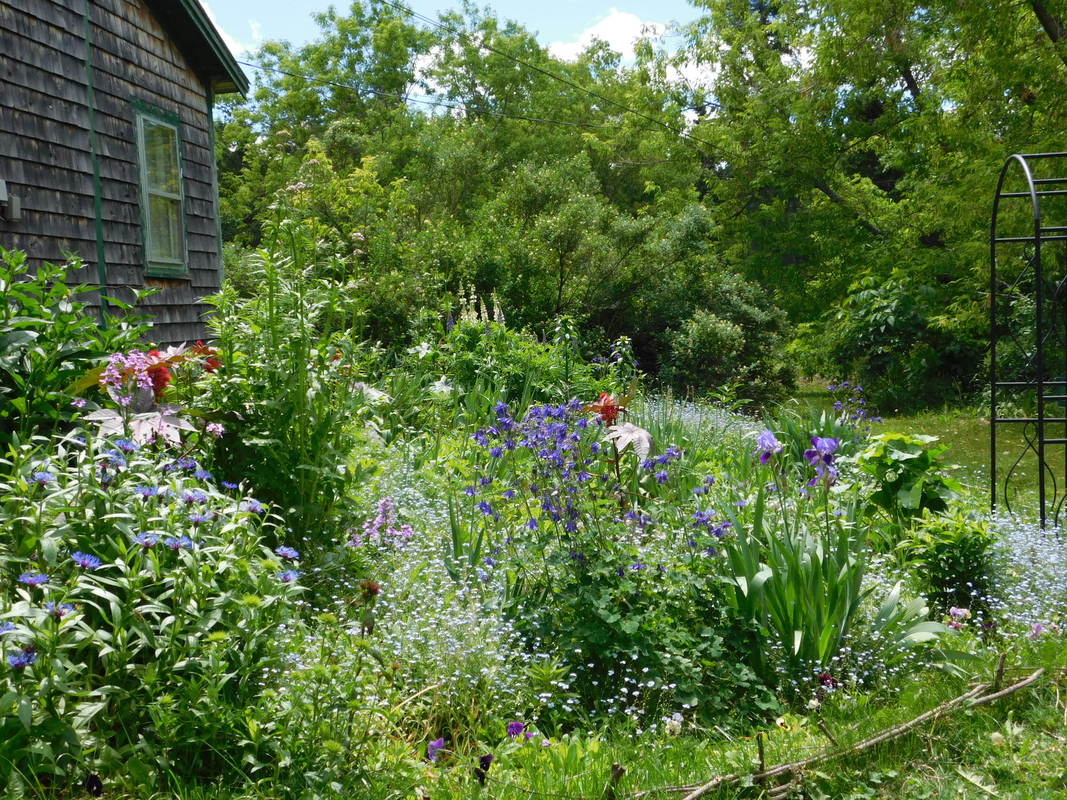
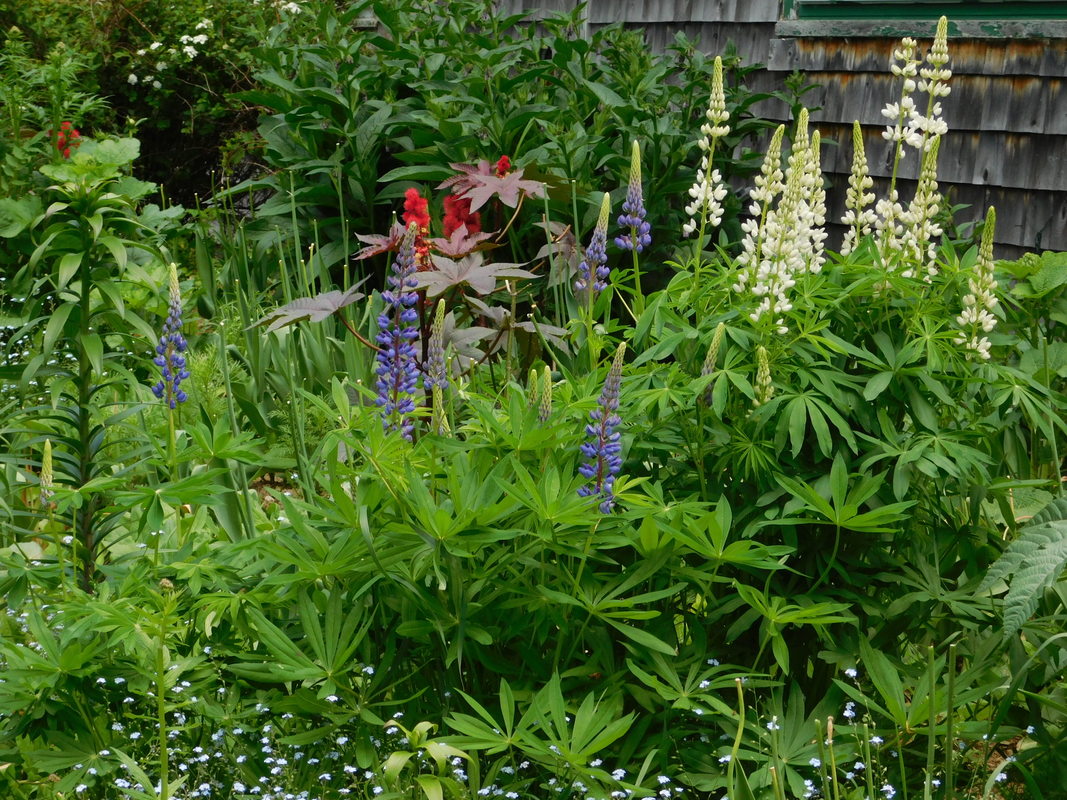
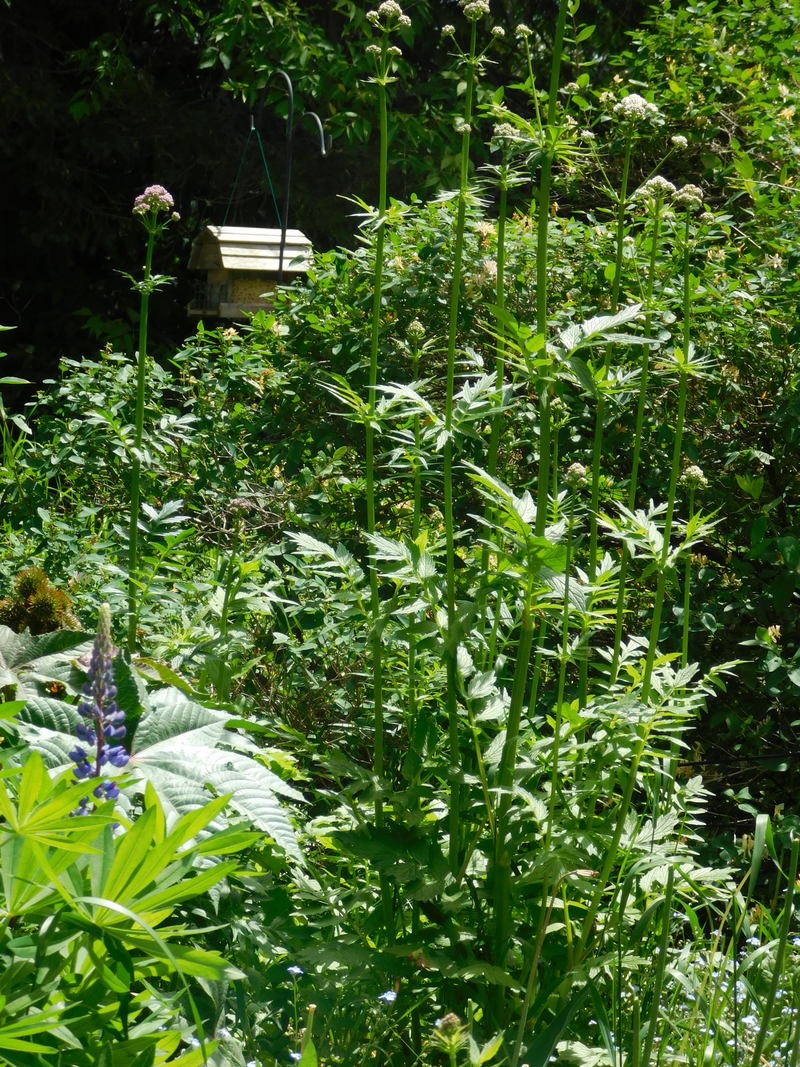
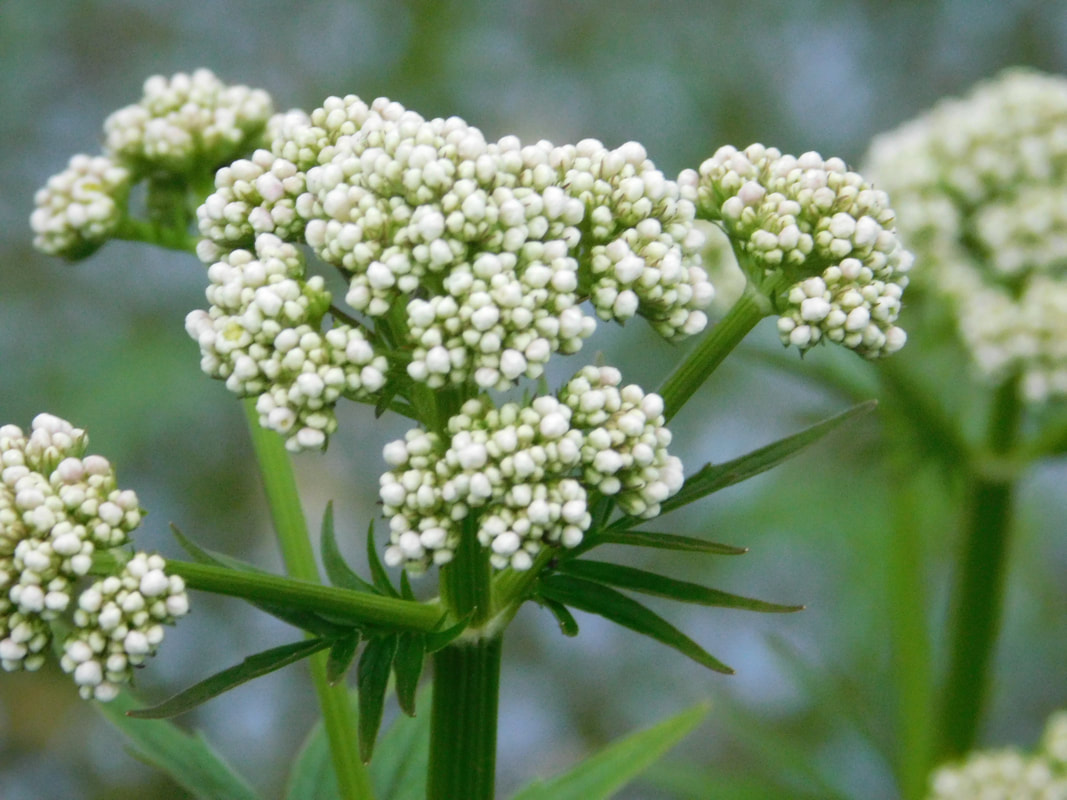
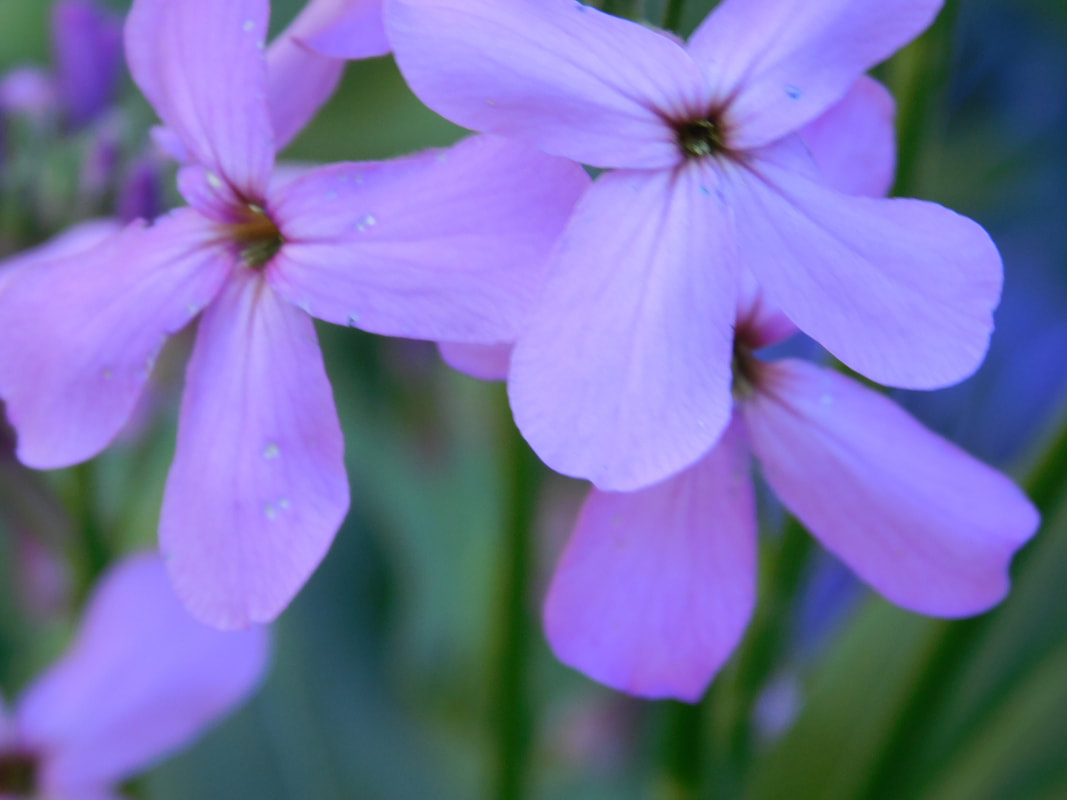
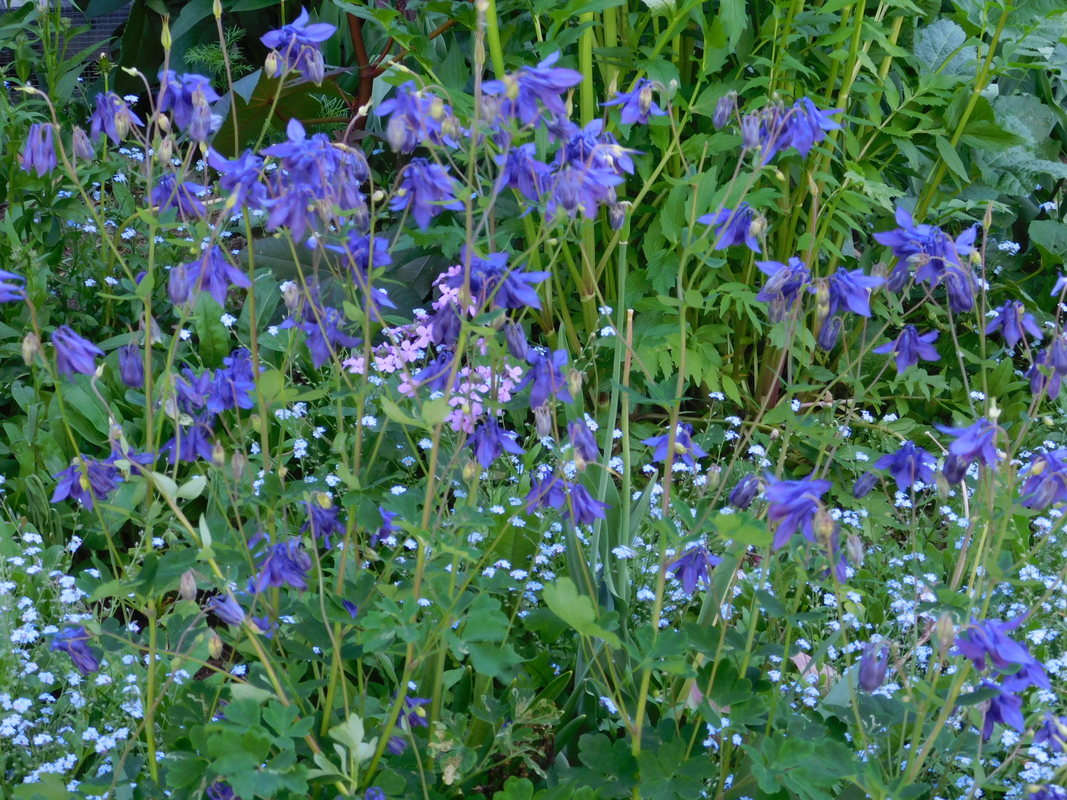
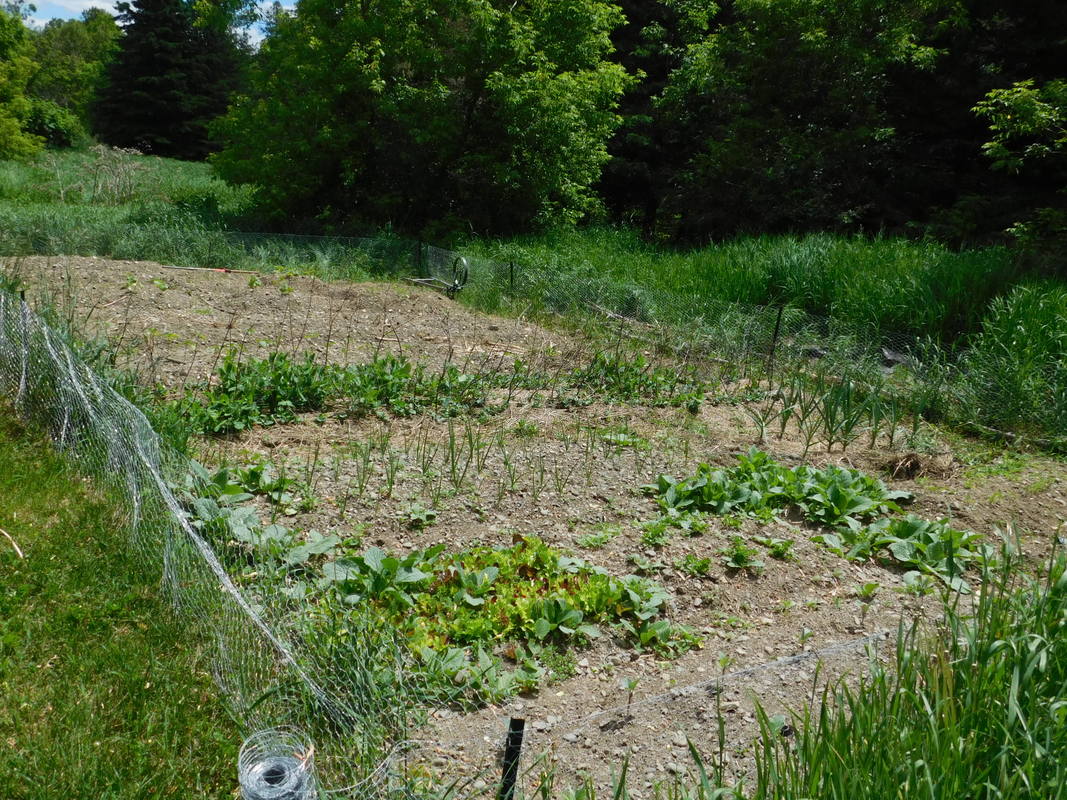
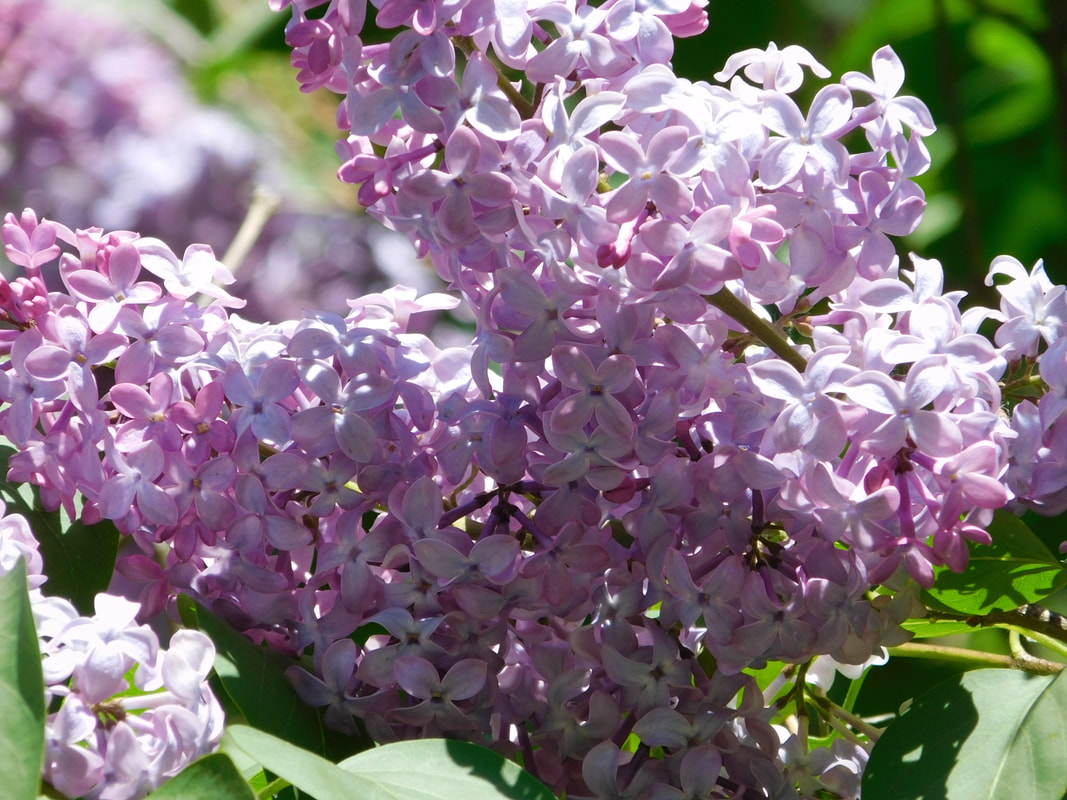
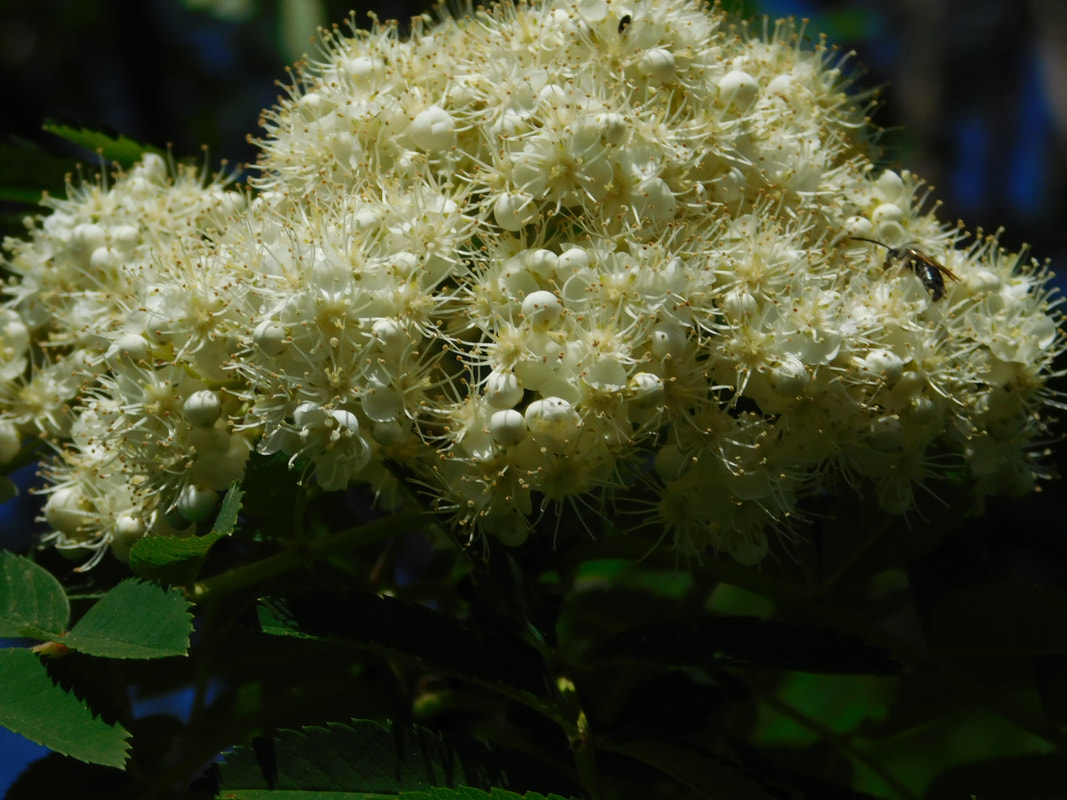
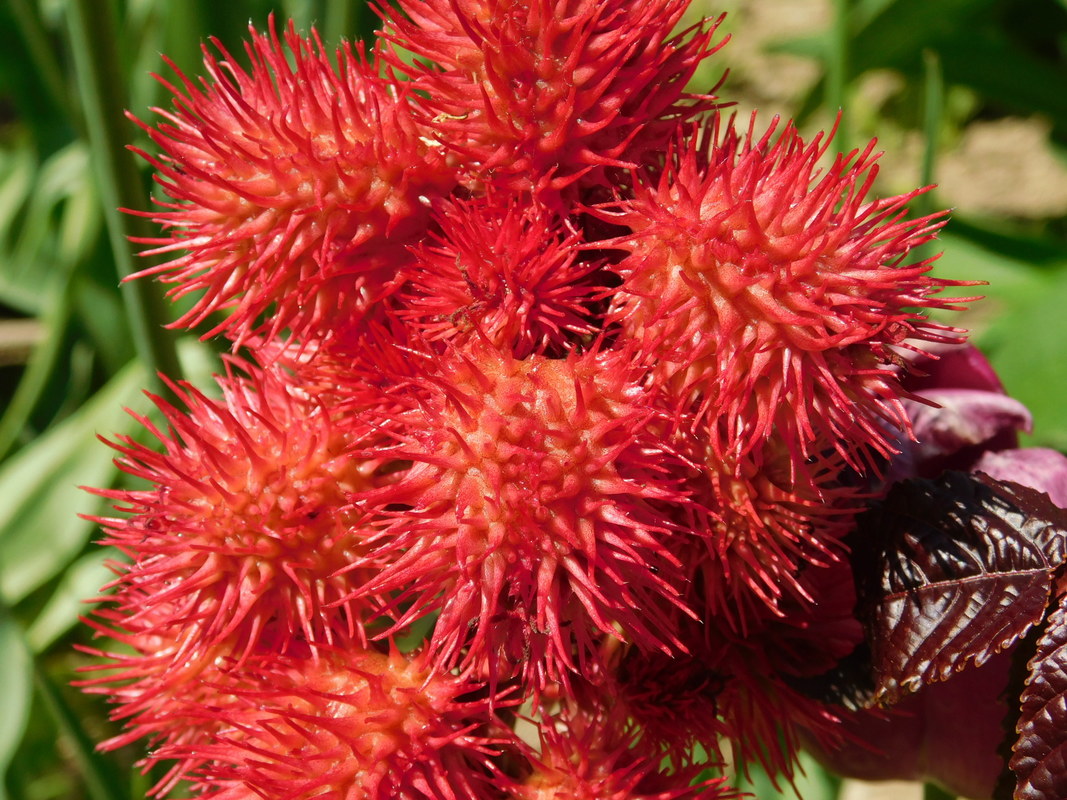
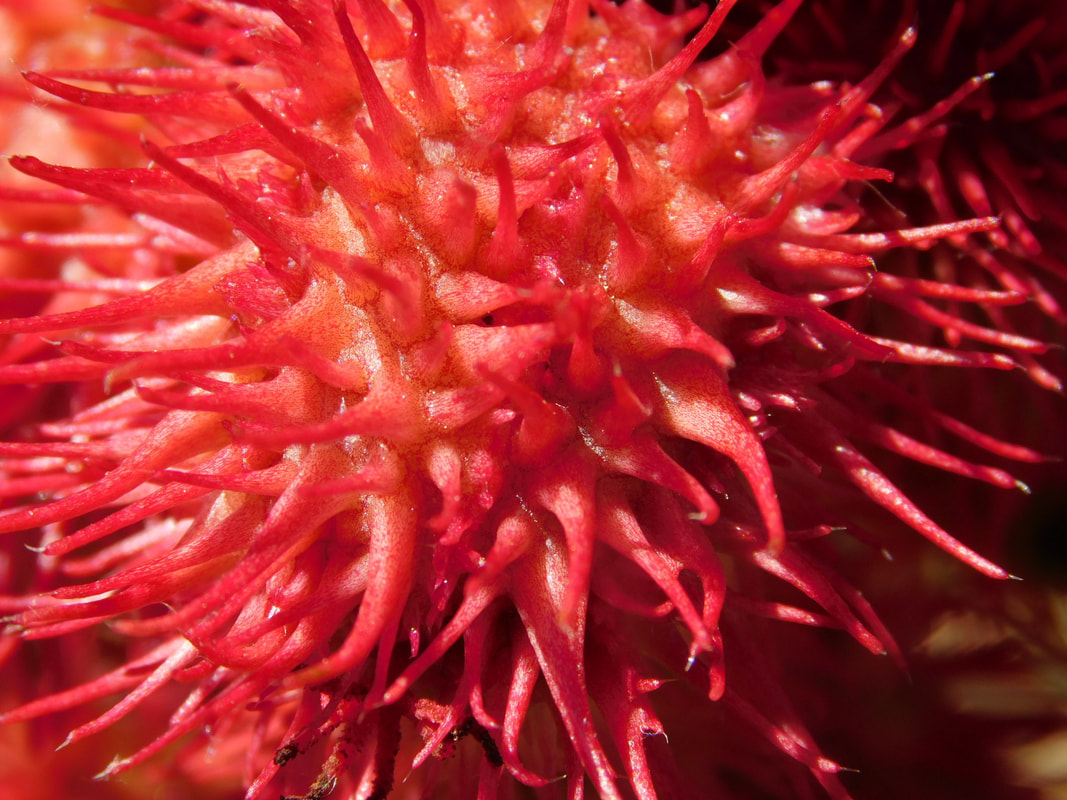
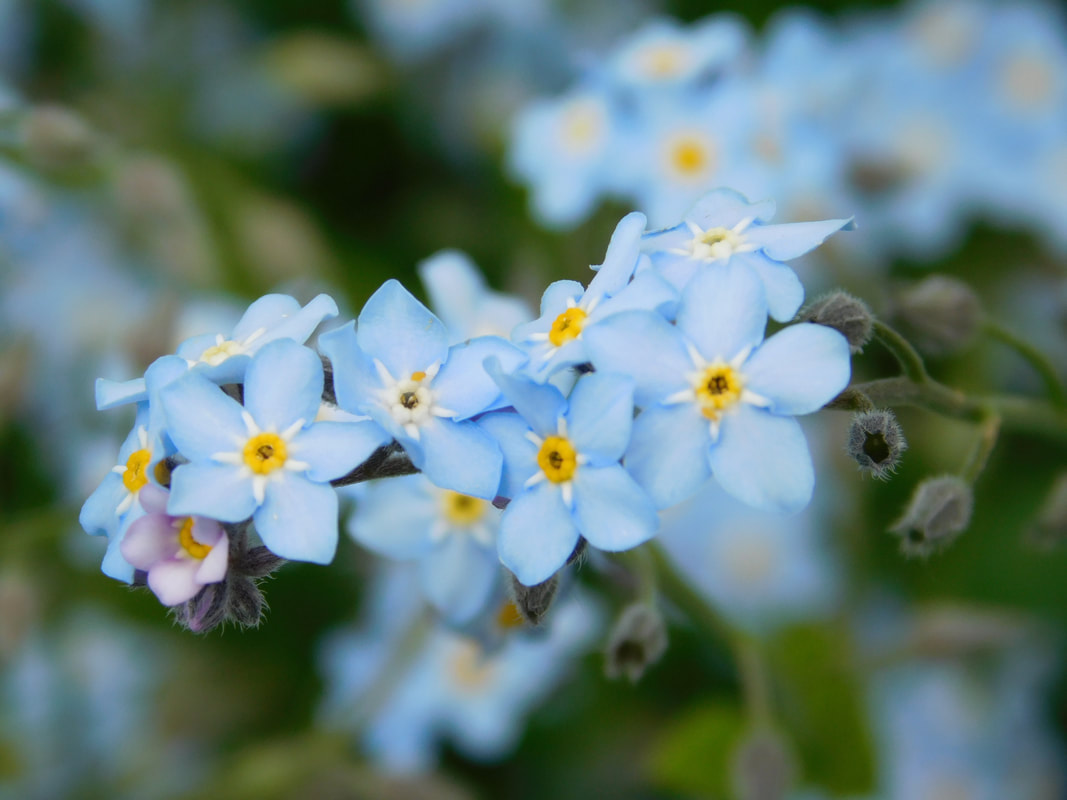
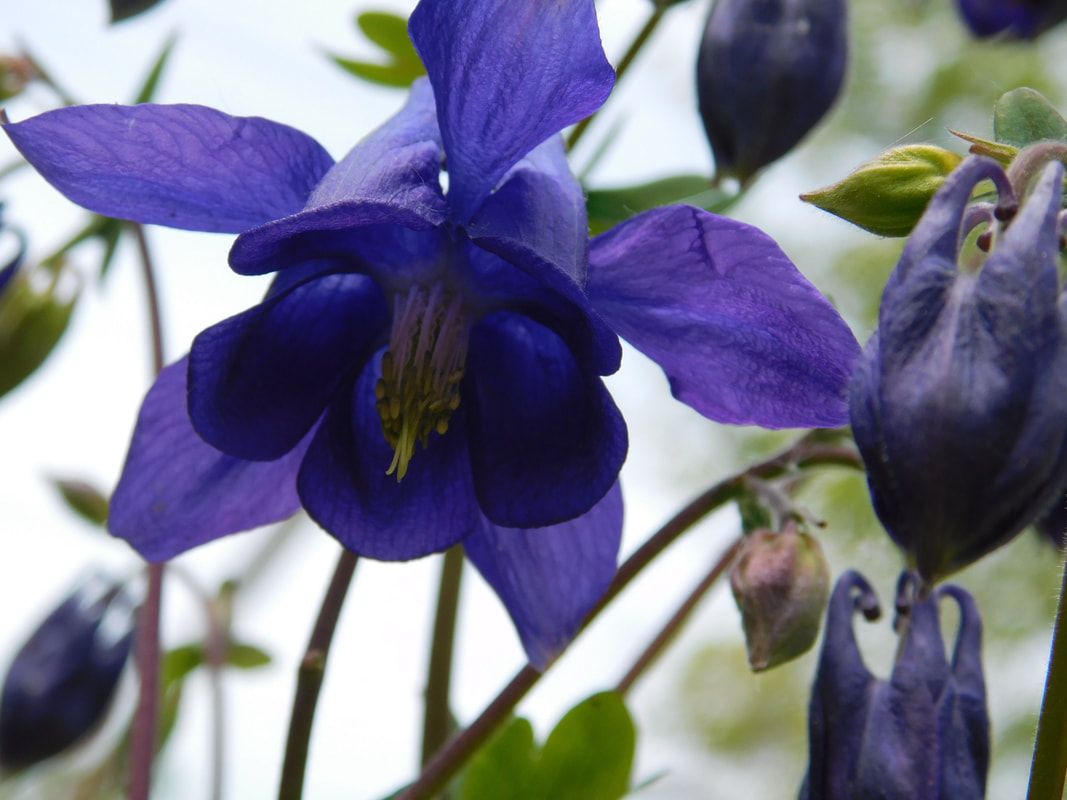
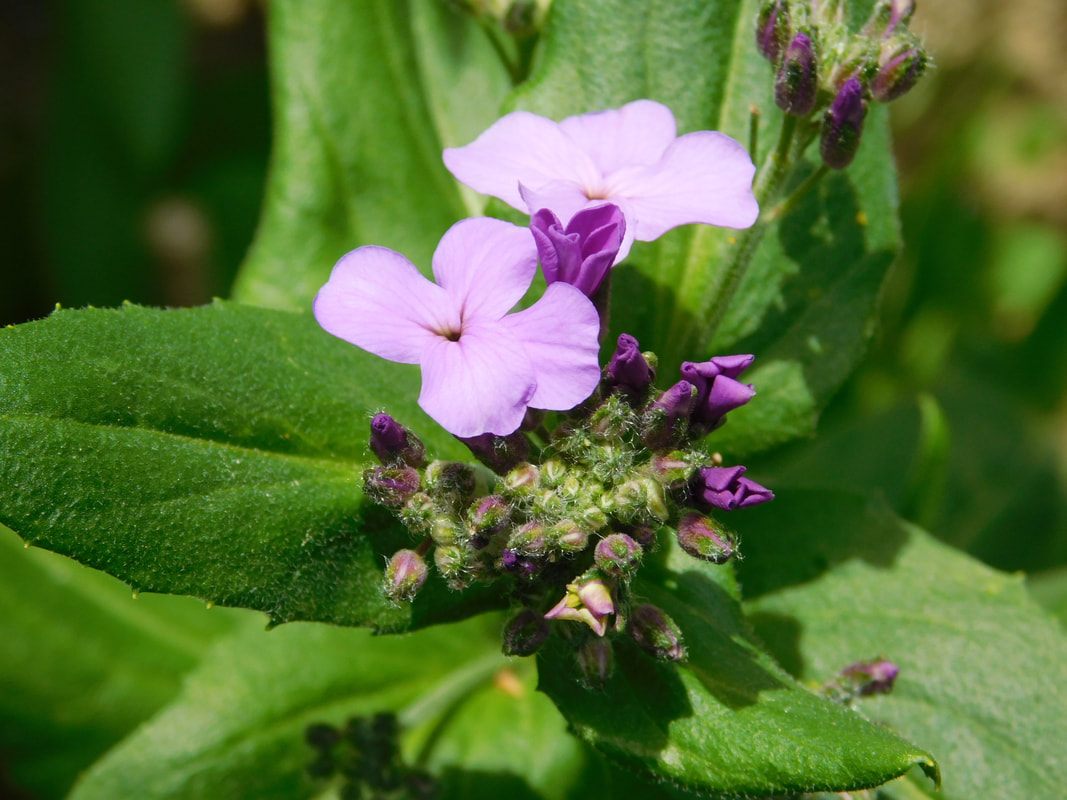
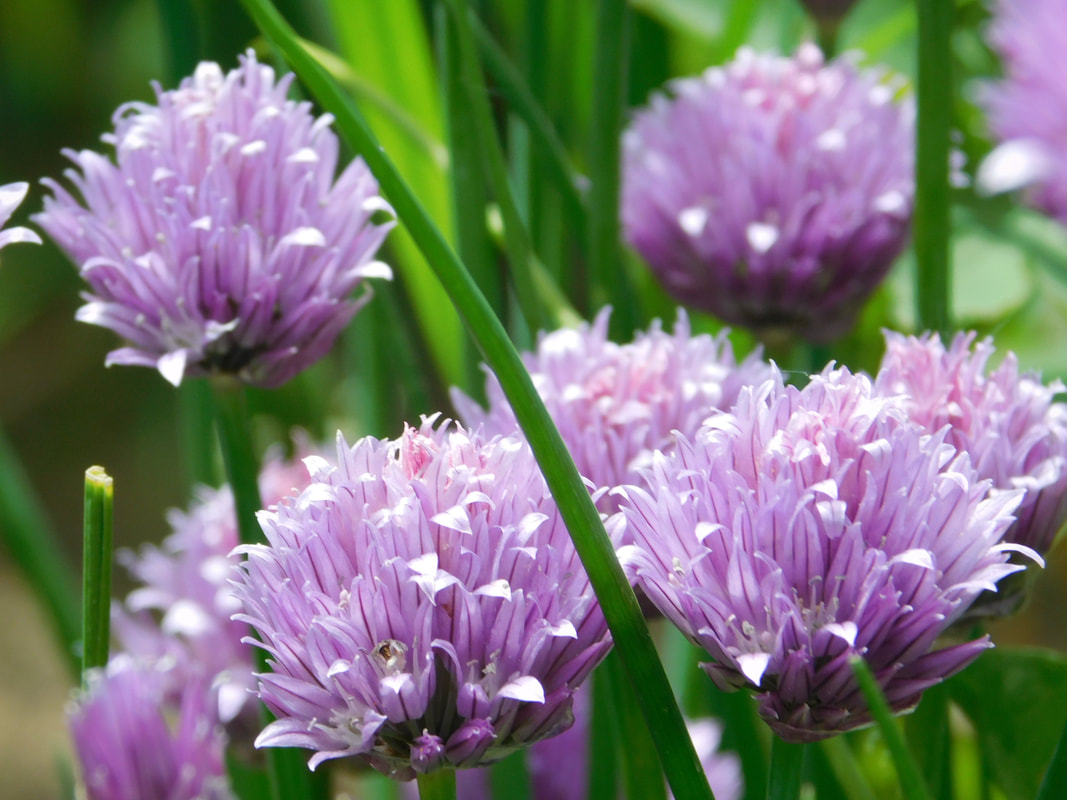
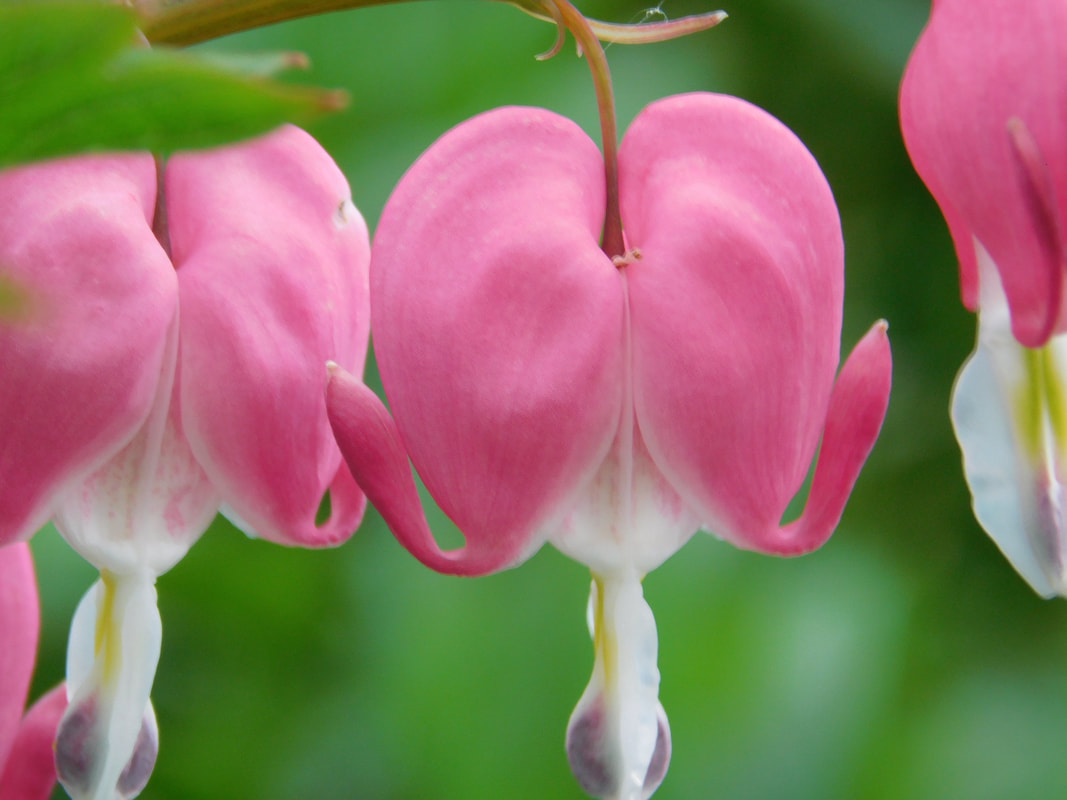
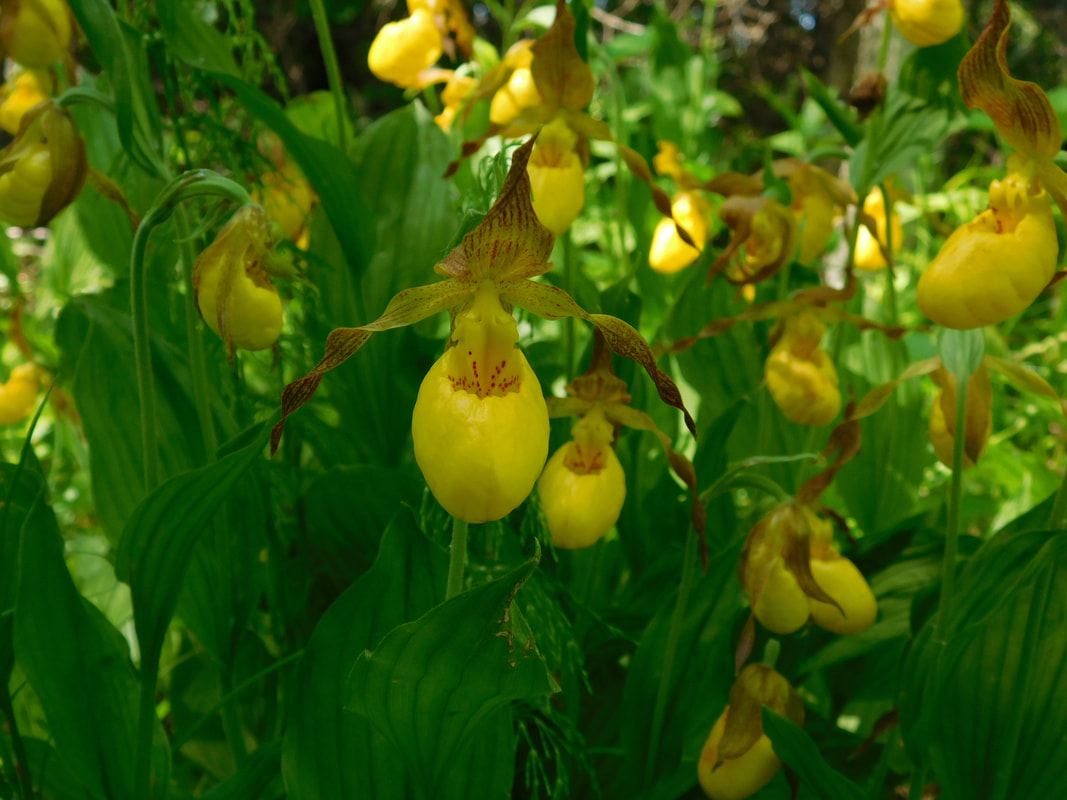
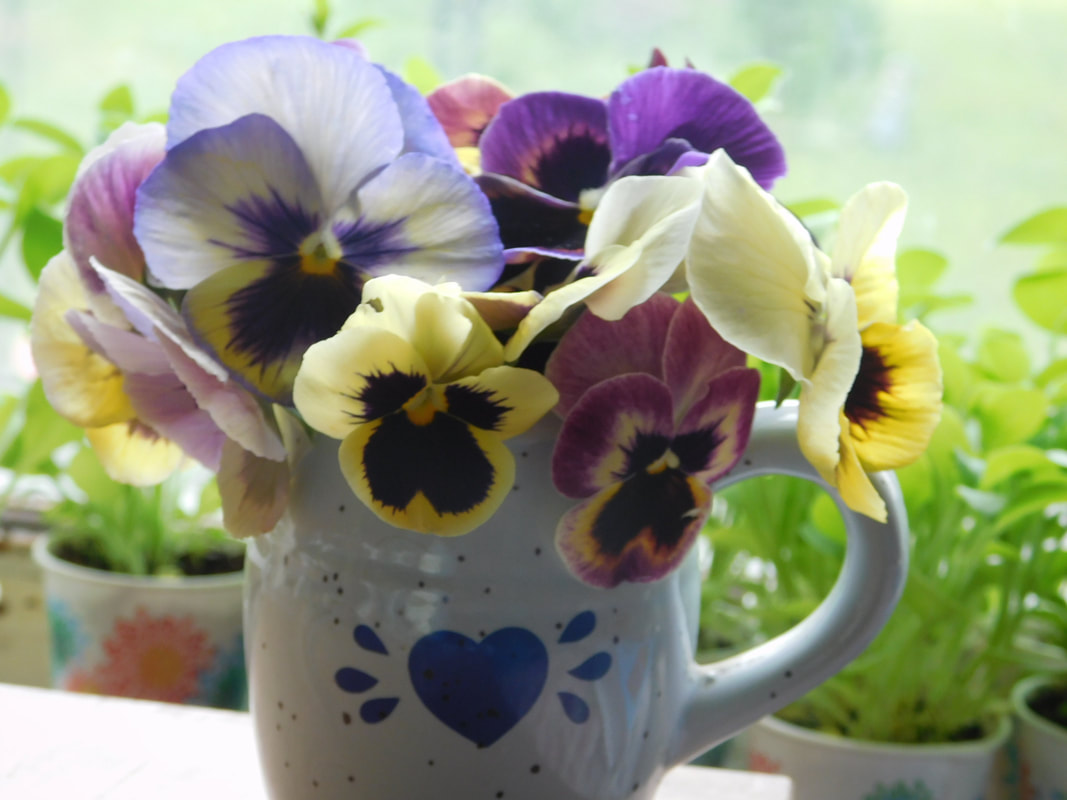
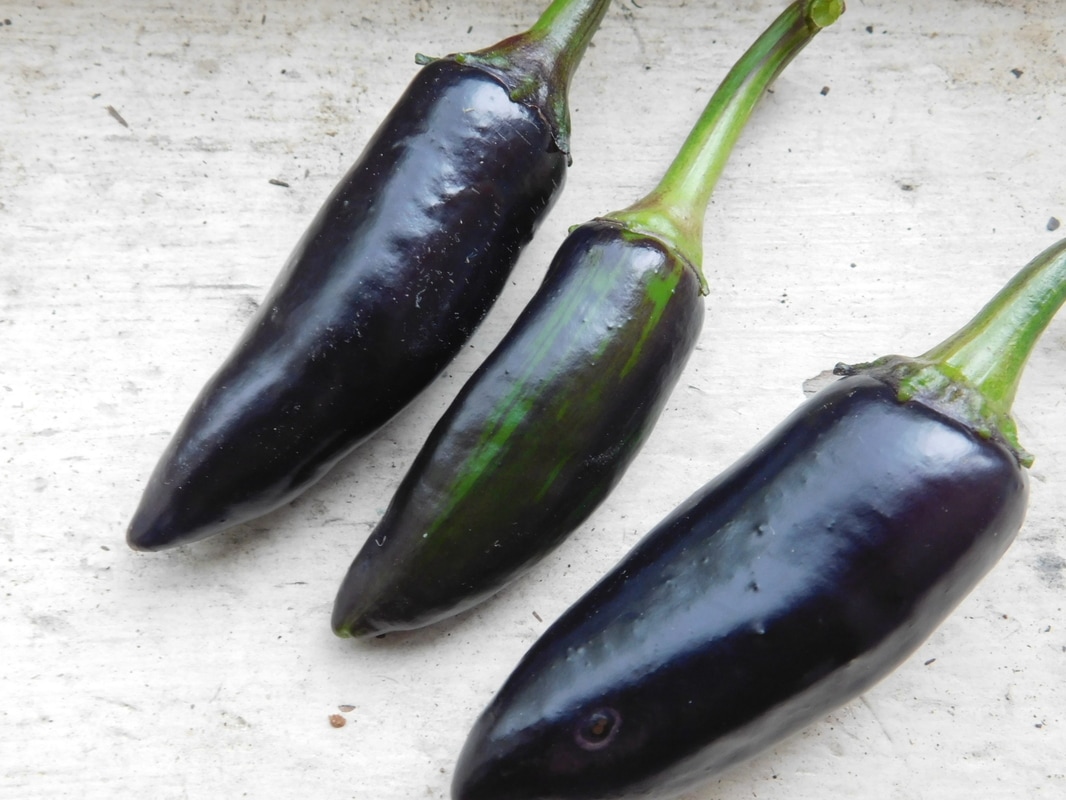
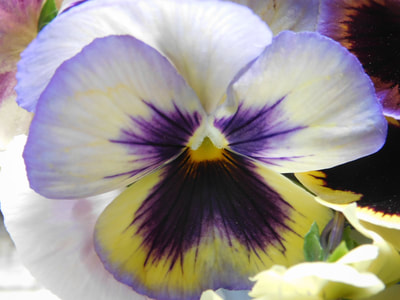
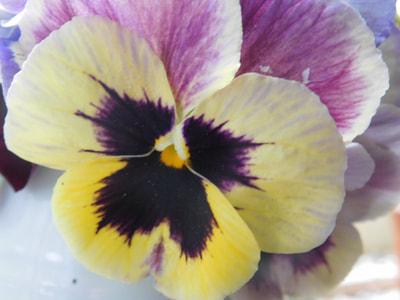
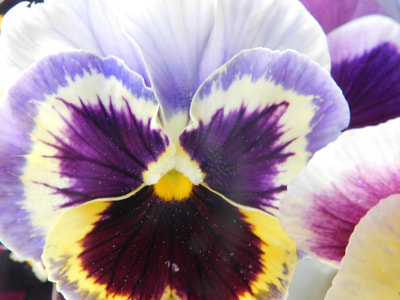
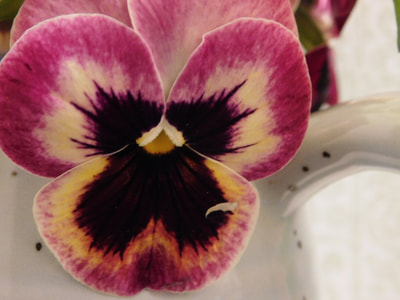
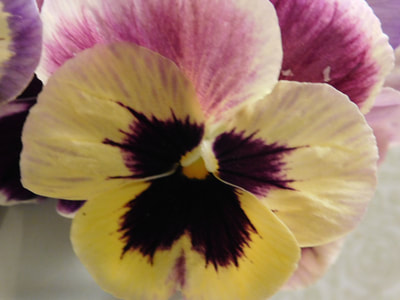
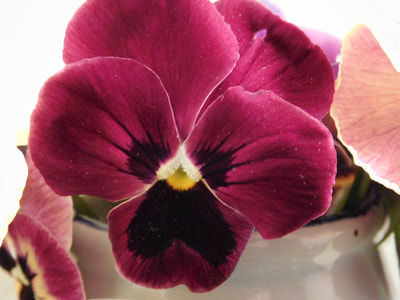
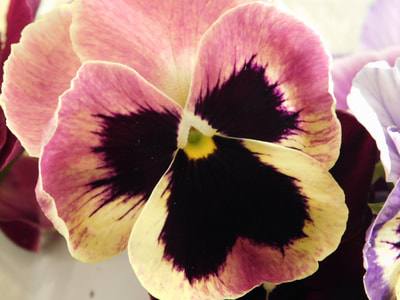
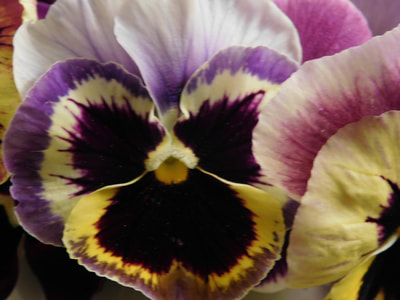
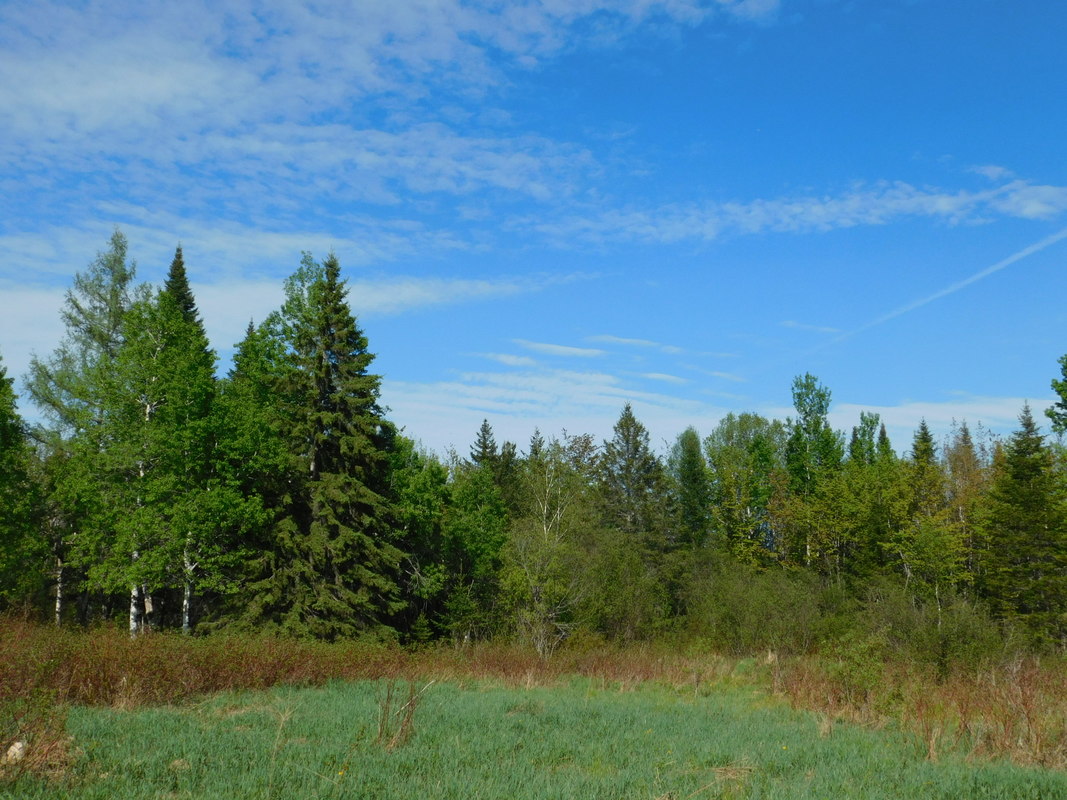
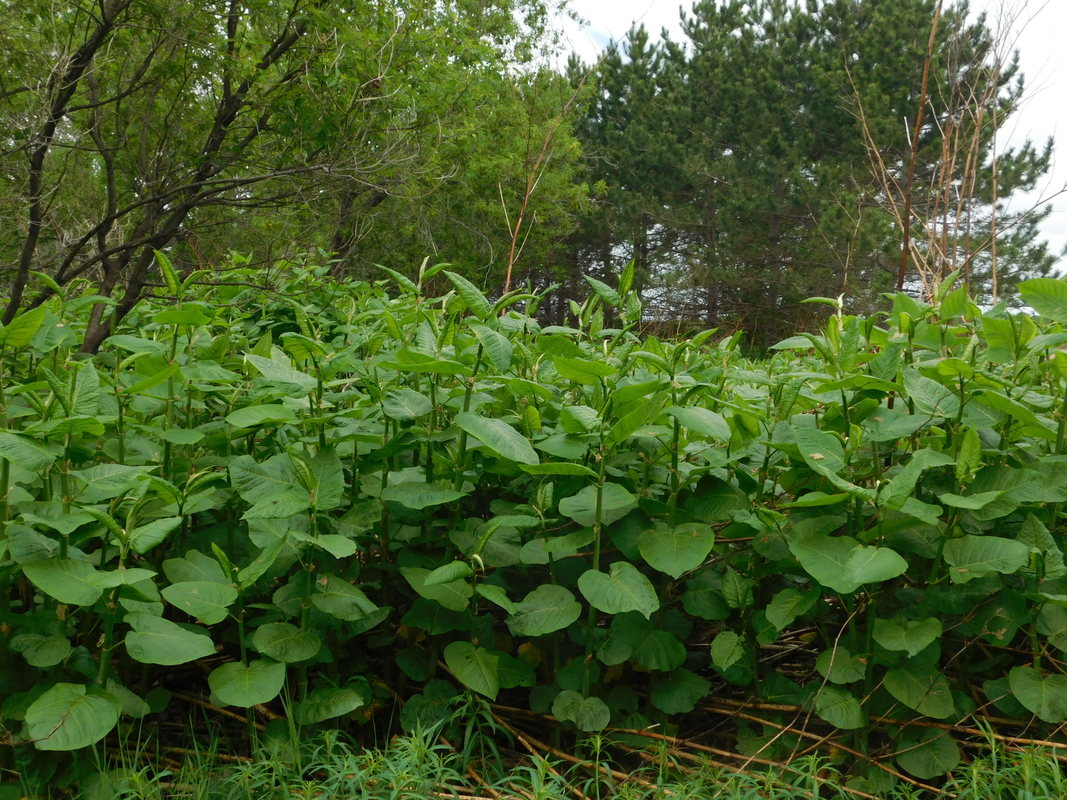
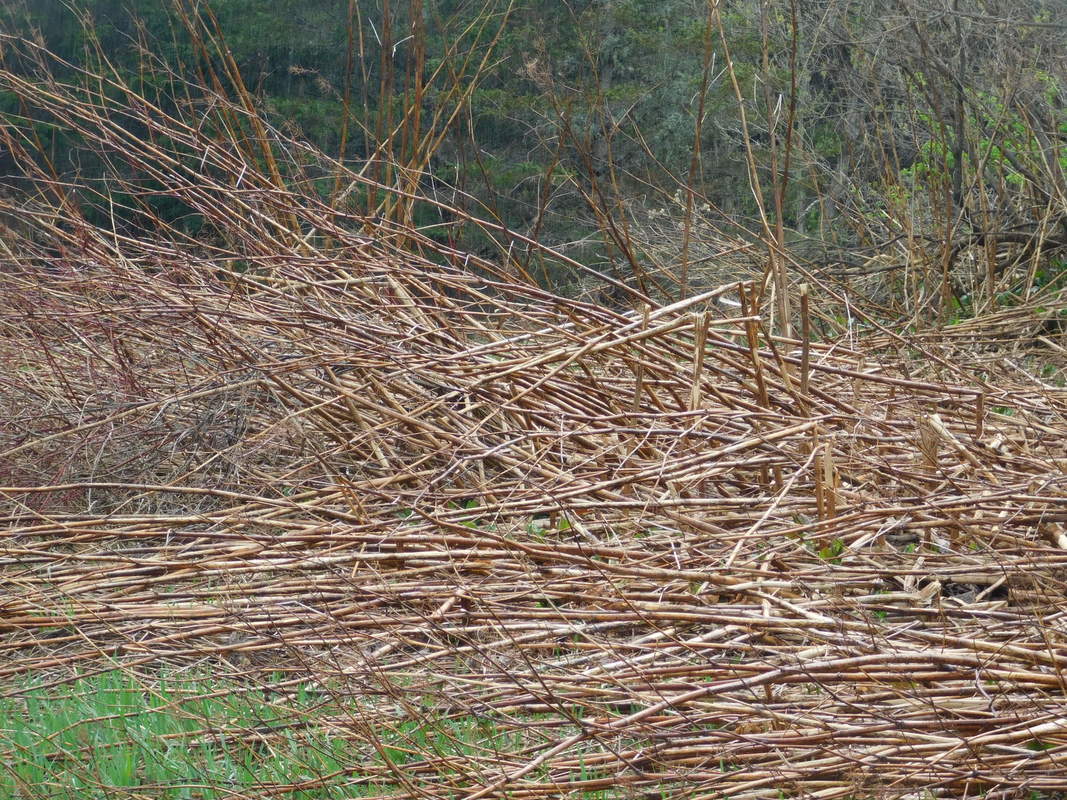
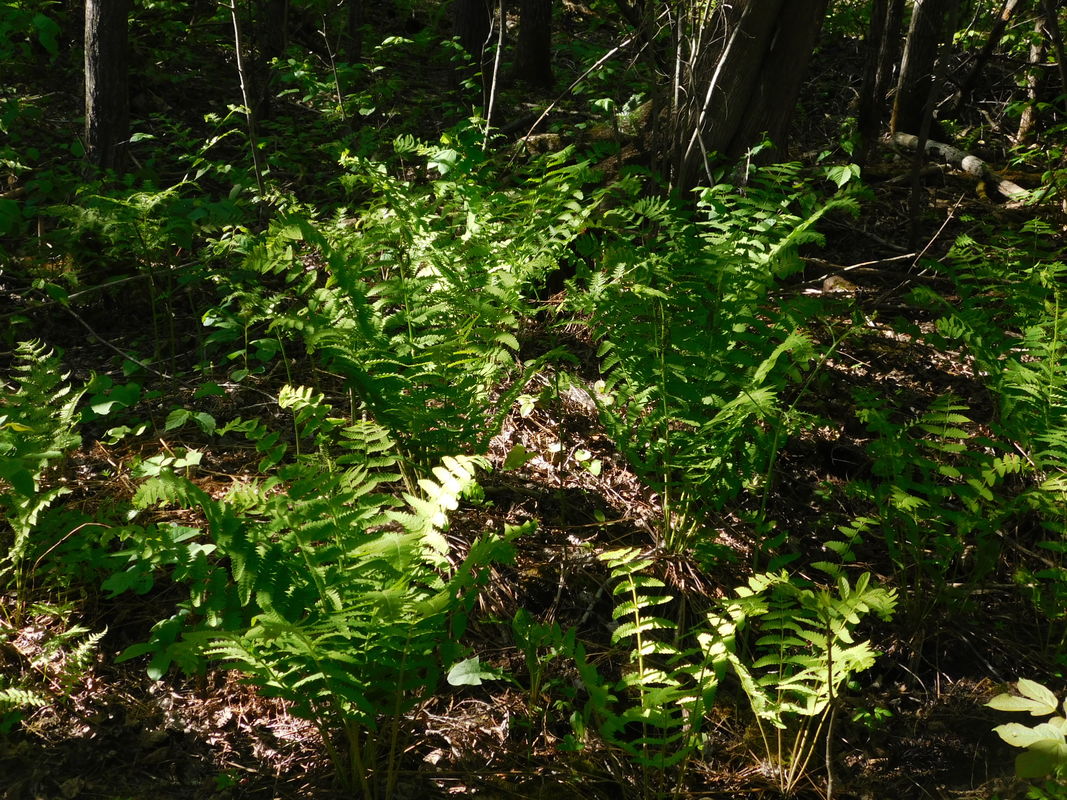

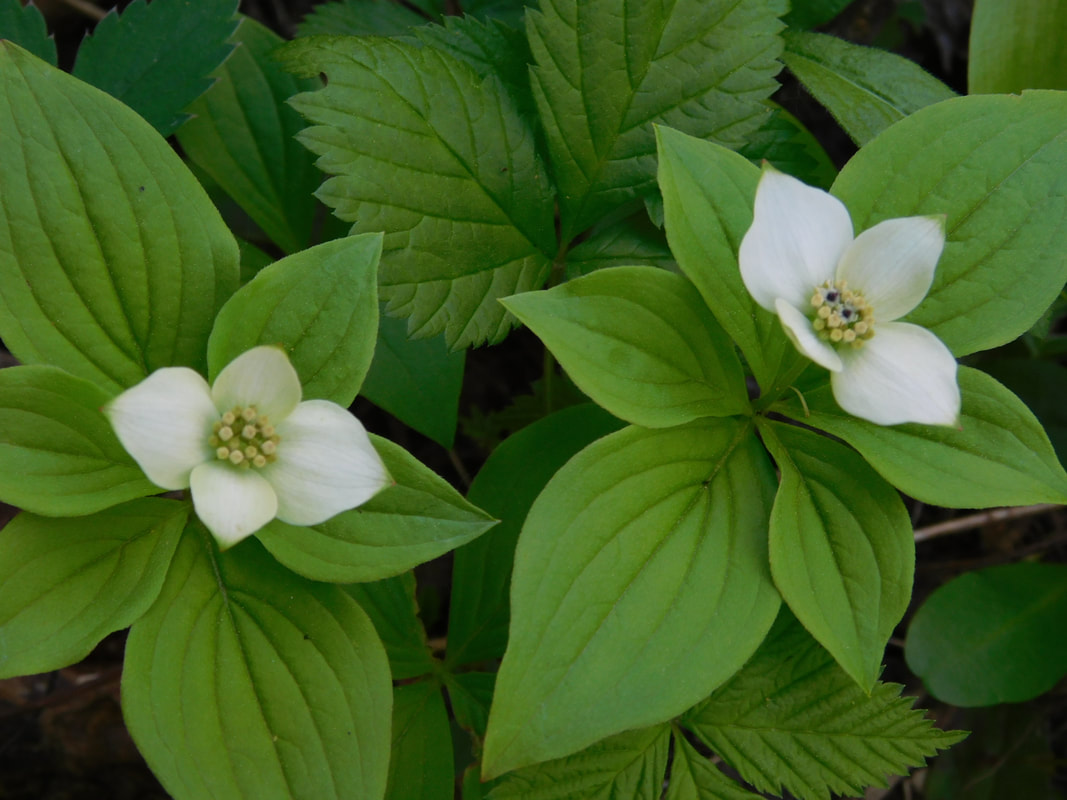
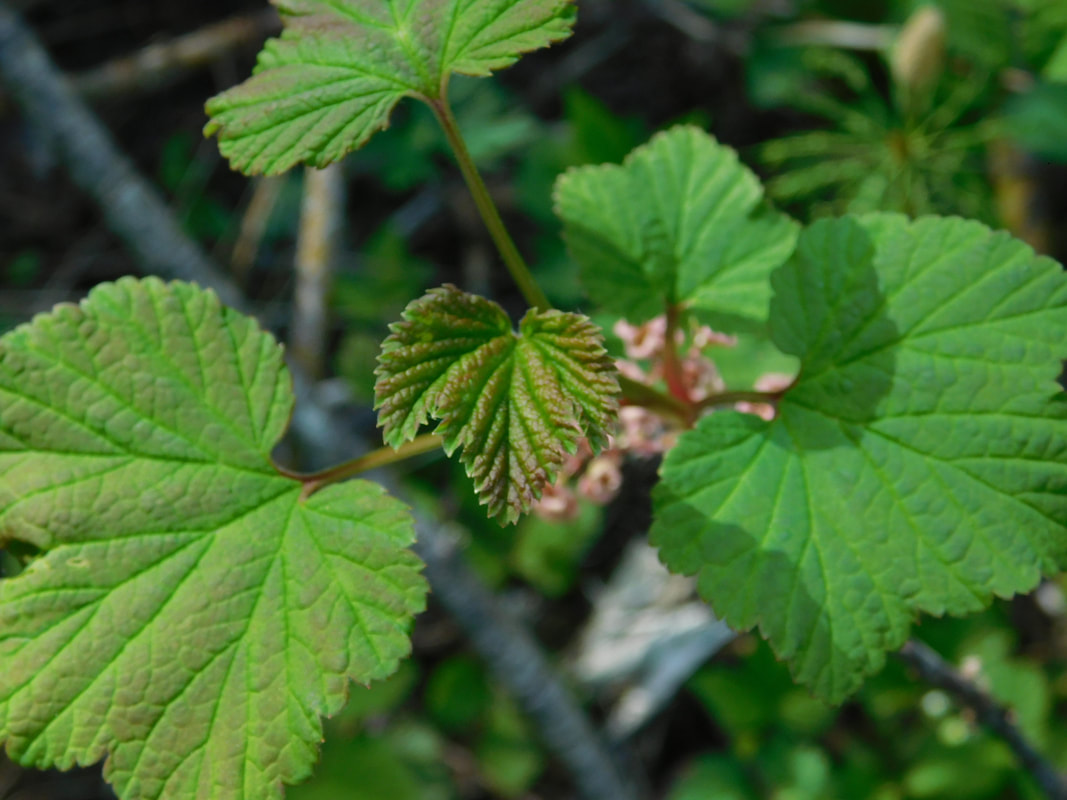
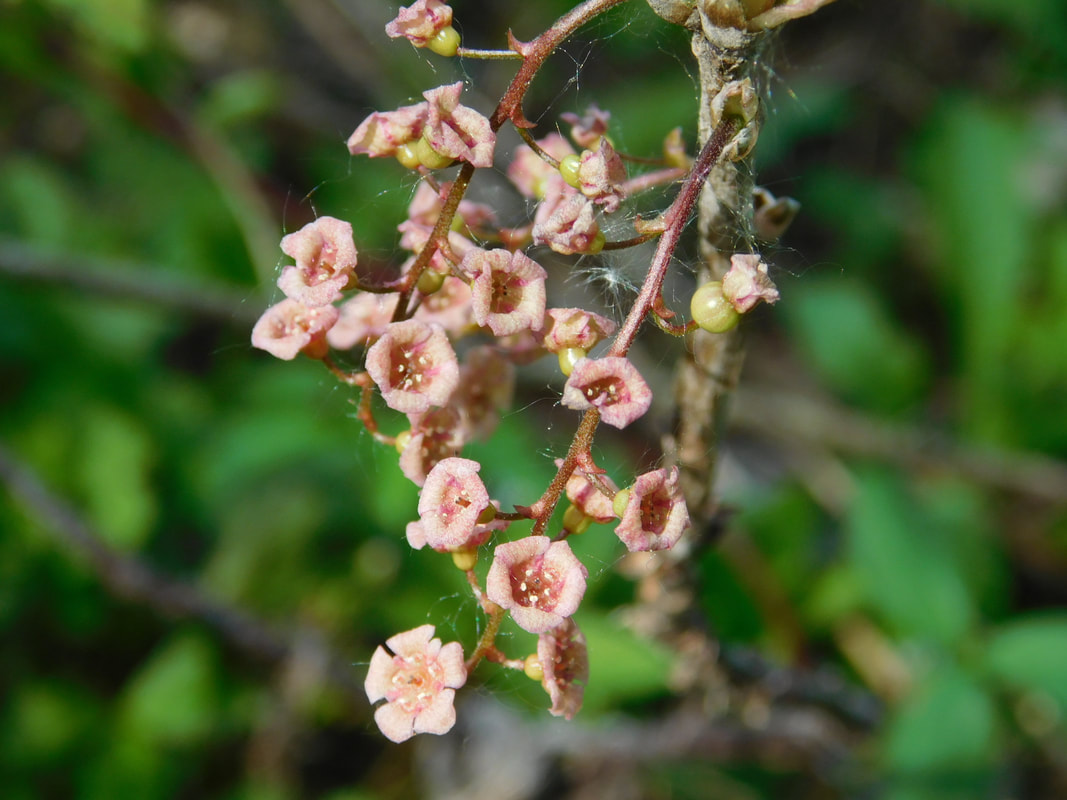

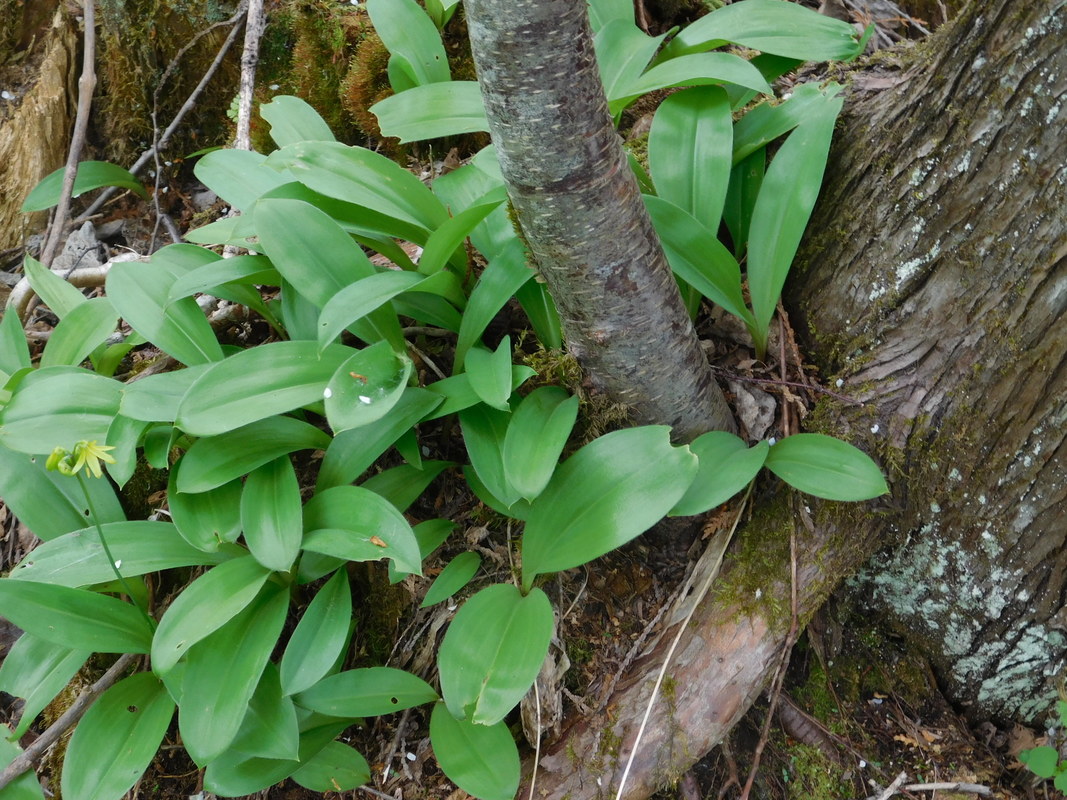
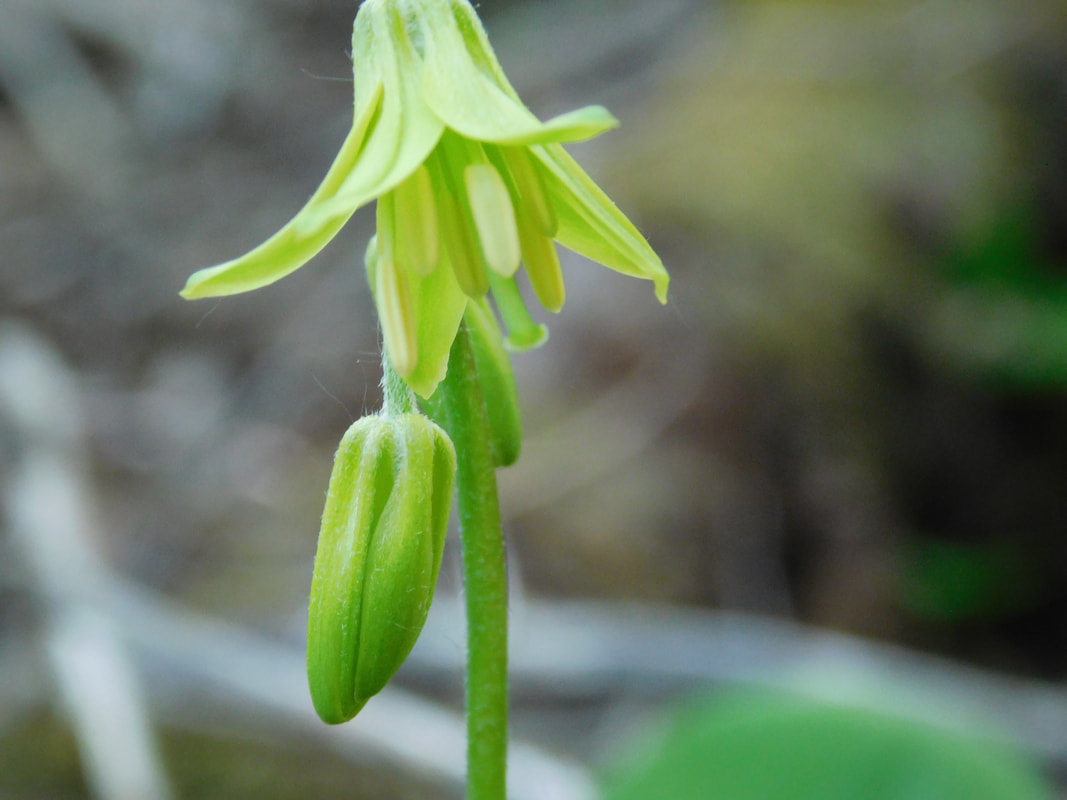
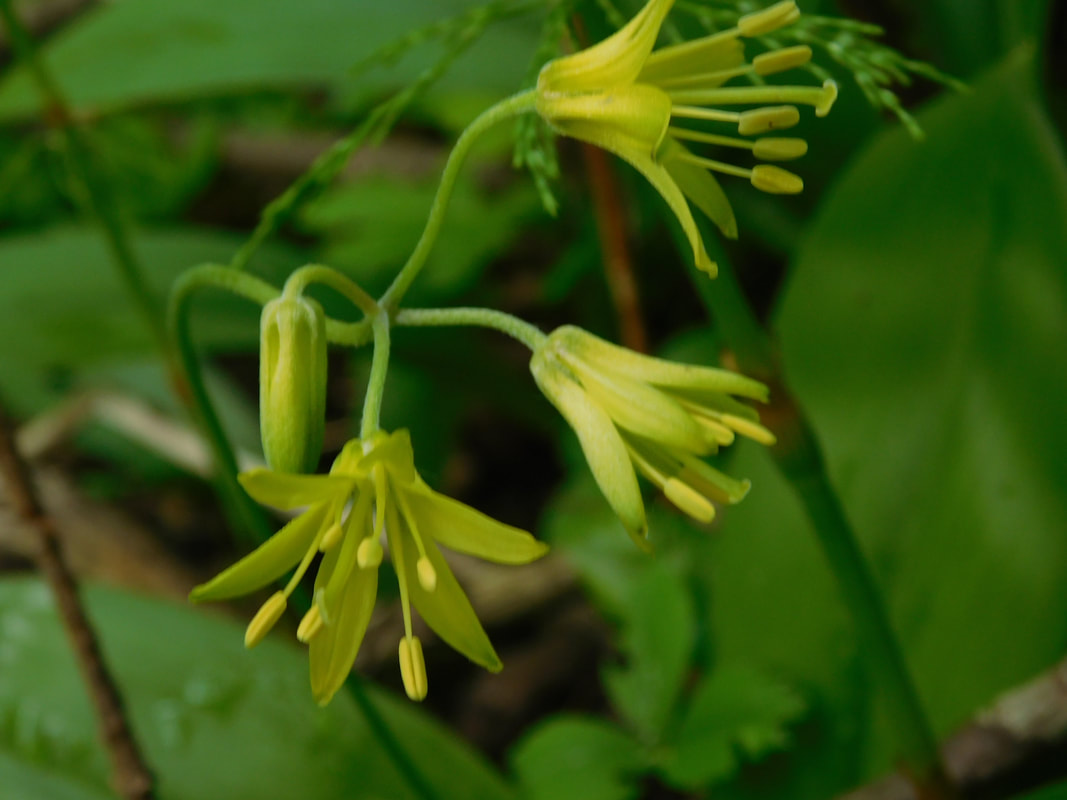
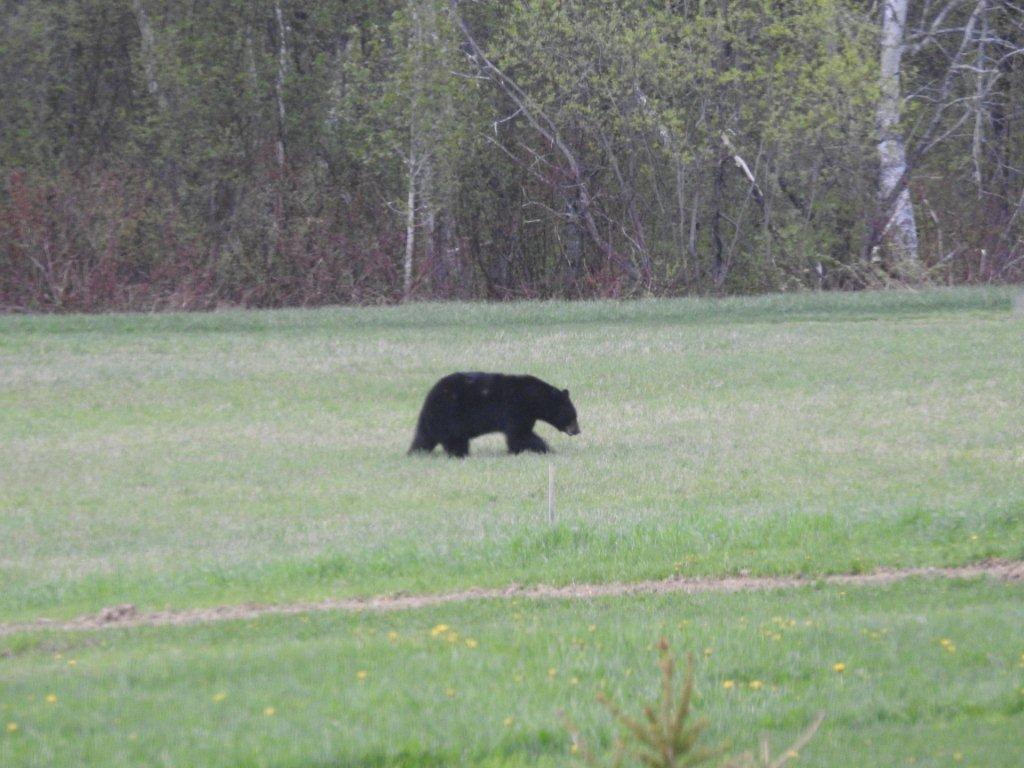
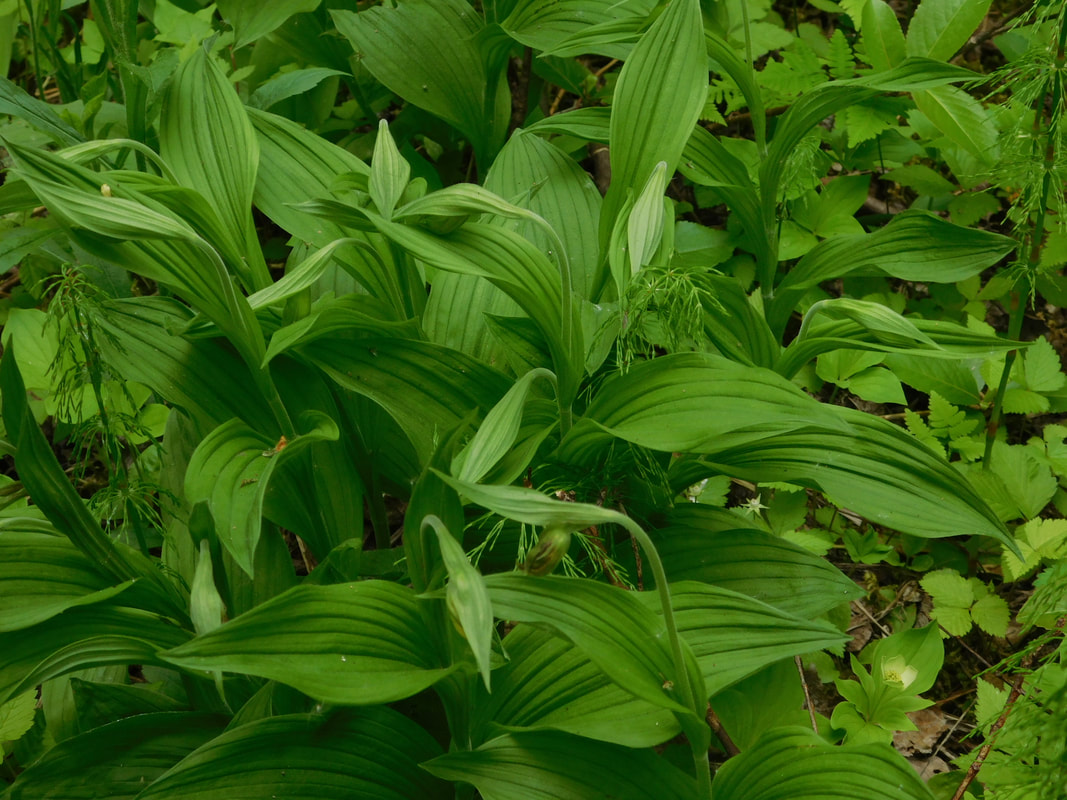
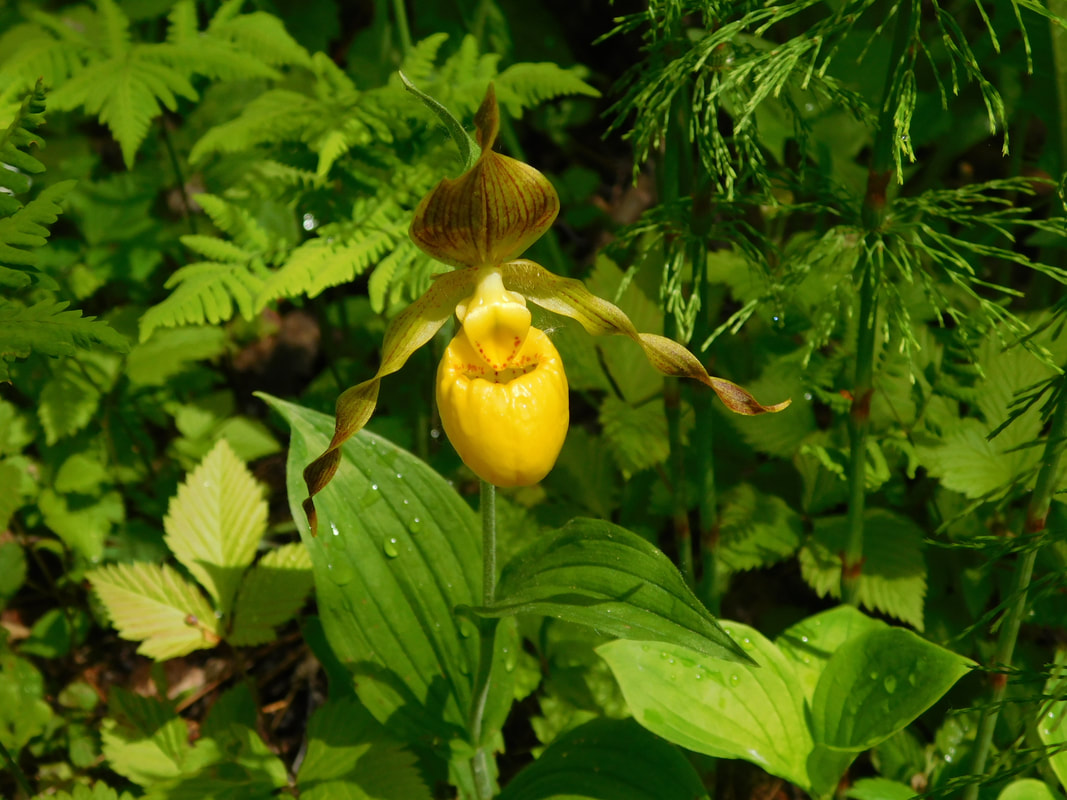
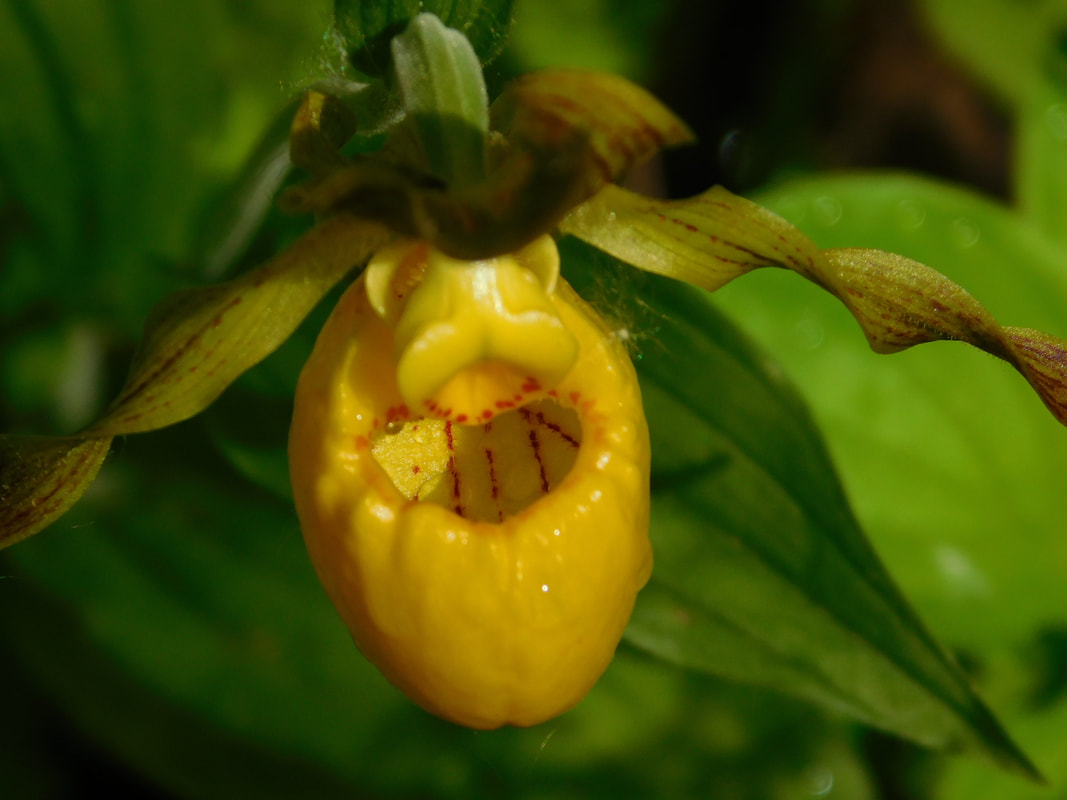
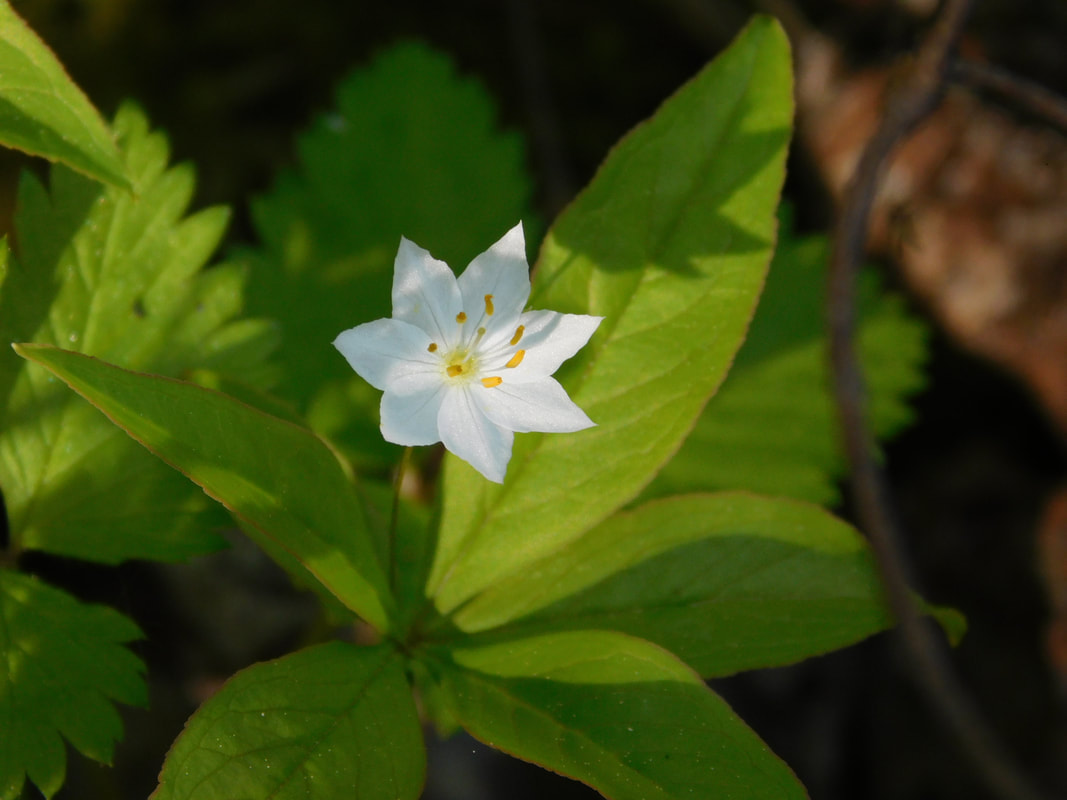
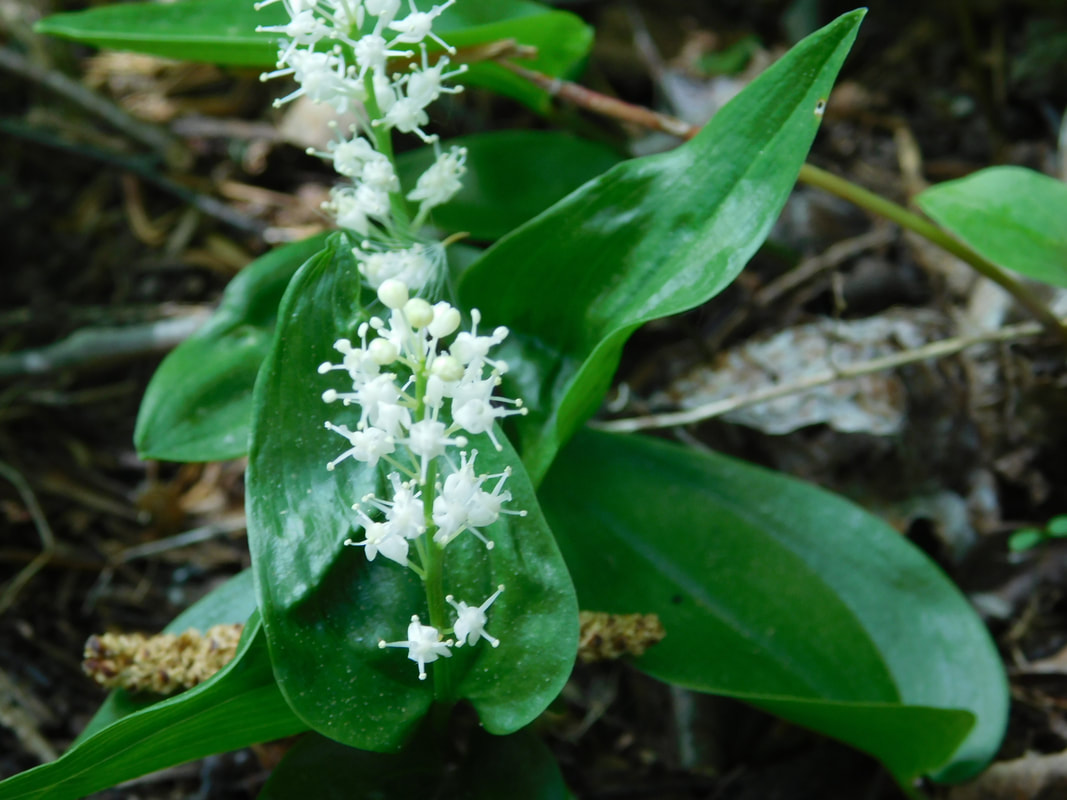

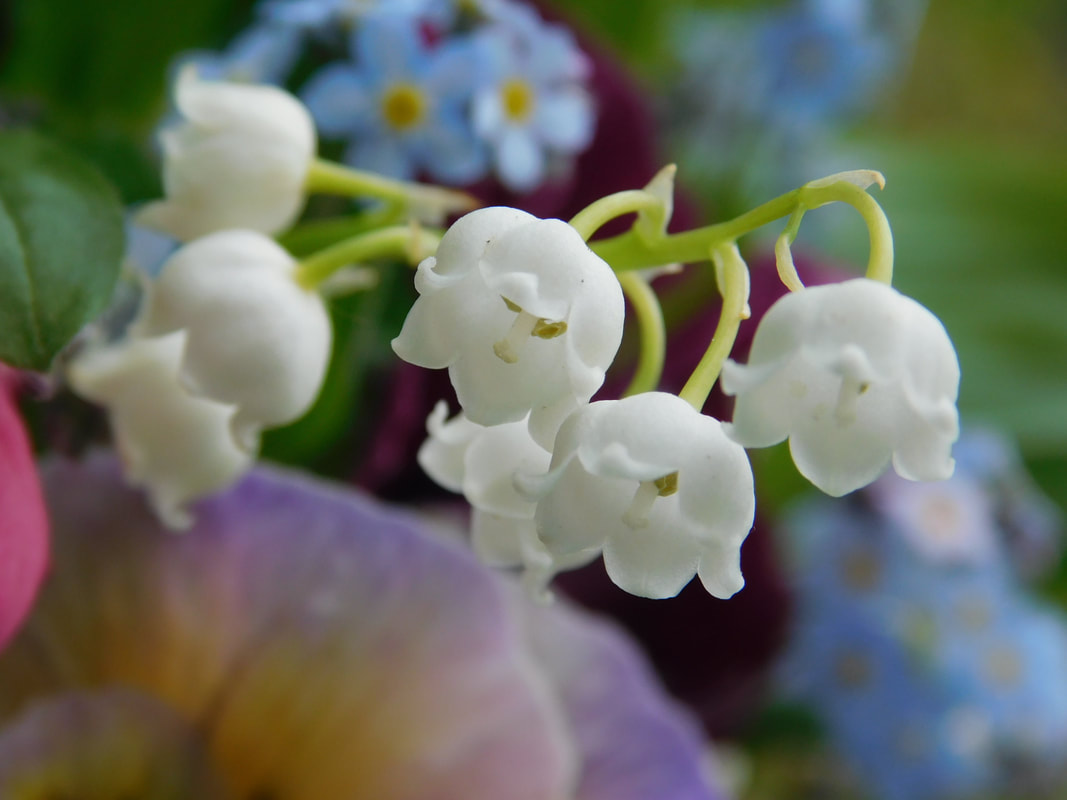
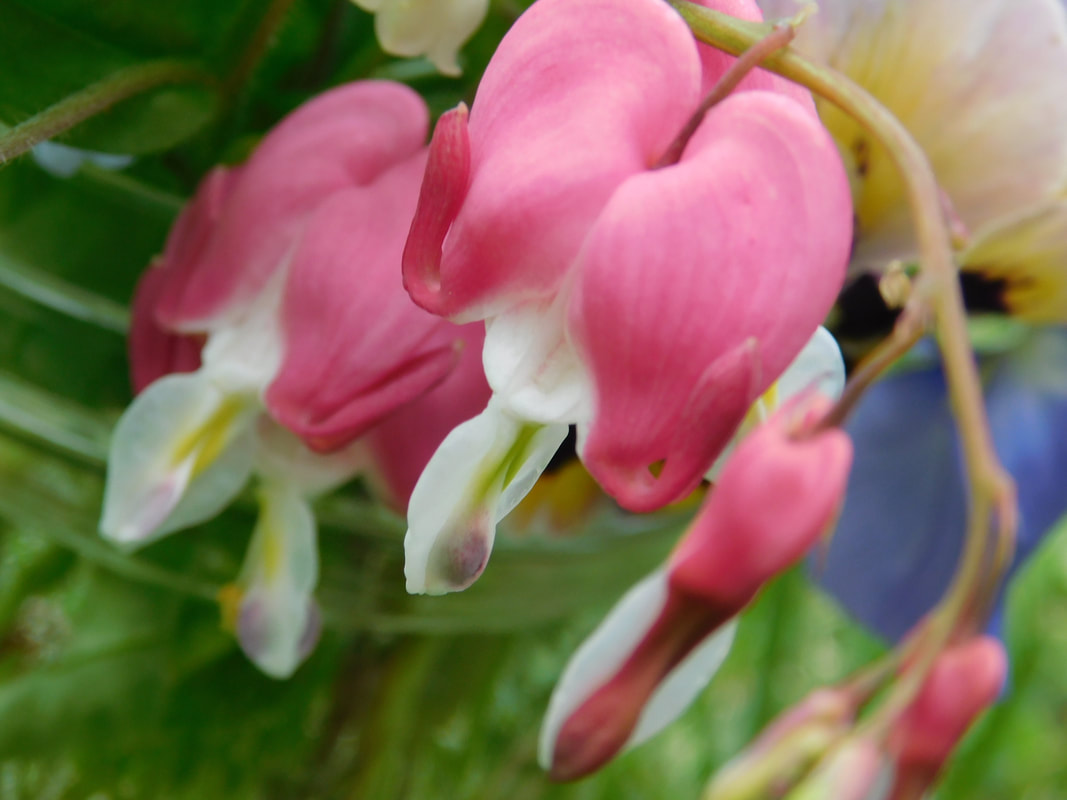
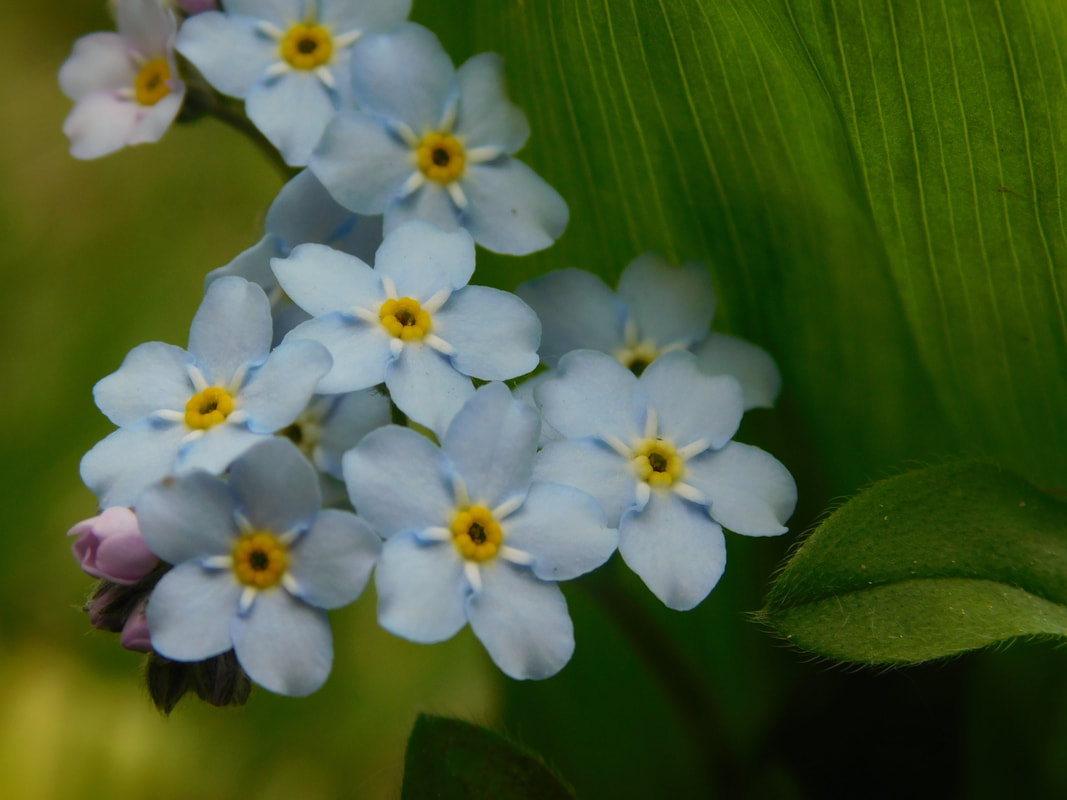
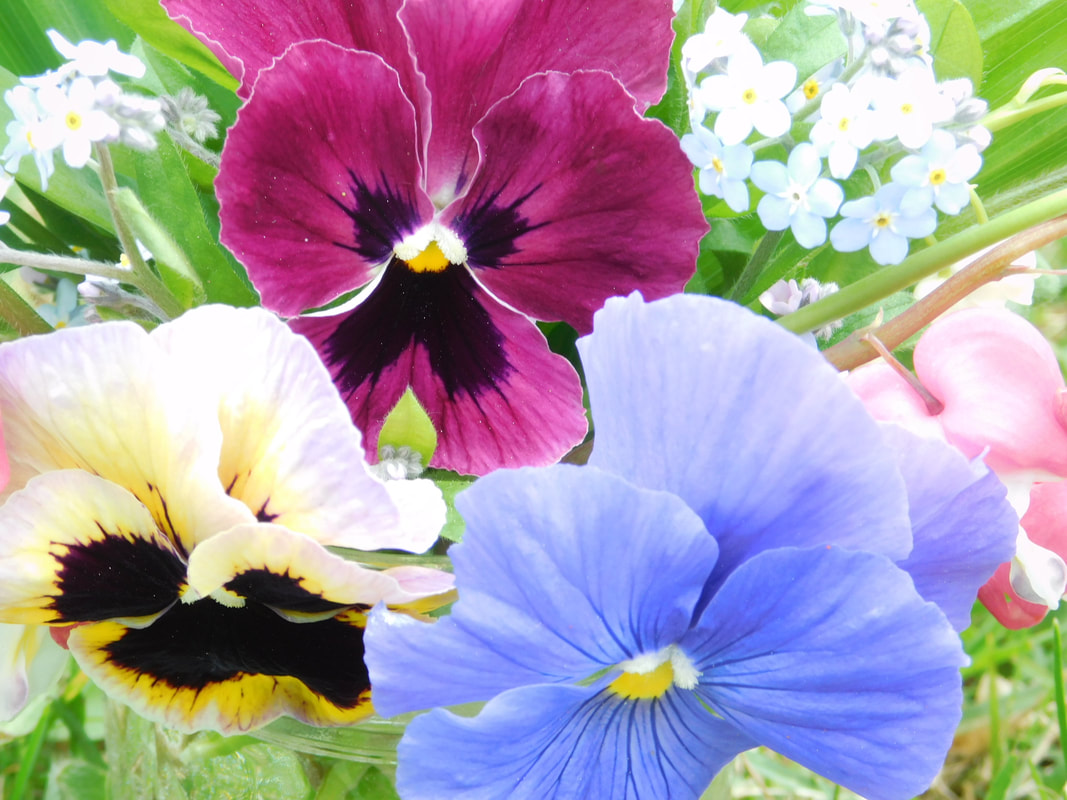

 RSS Feed
RSS Feed
